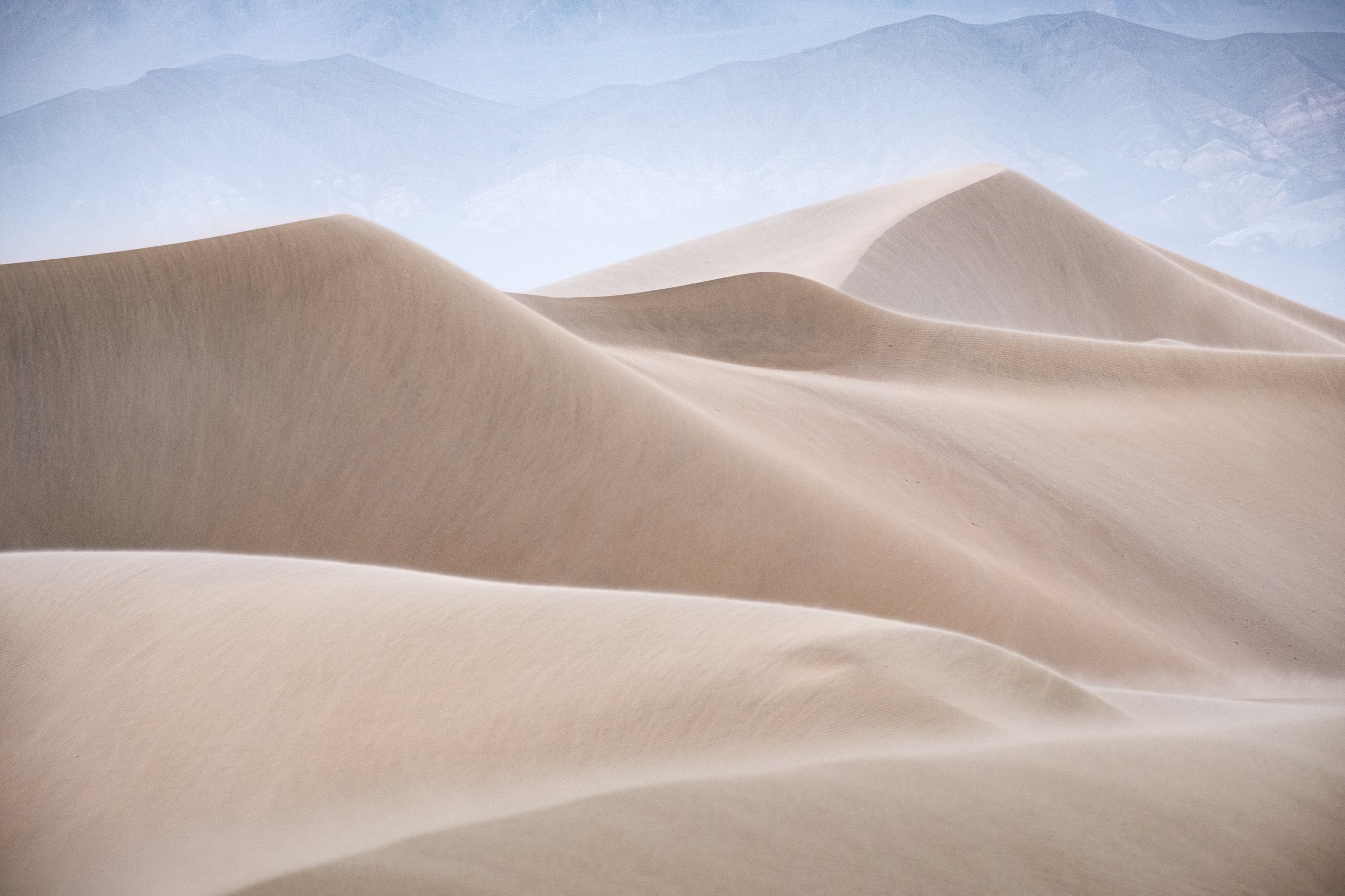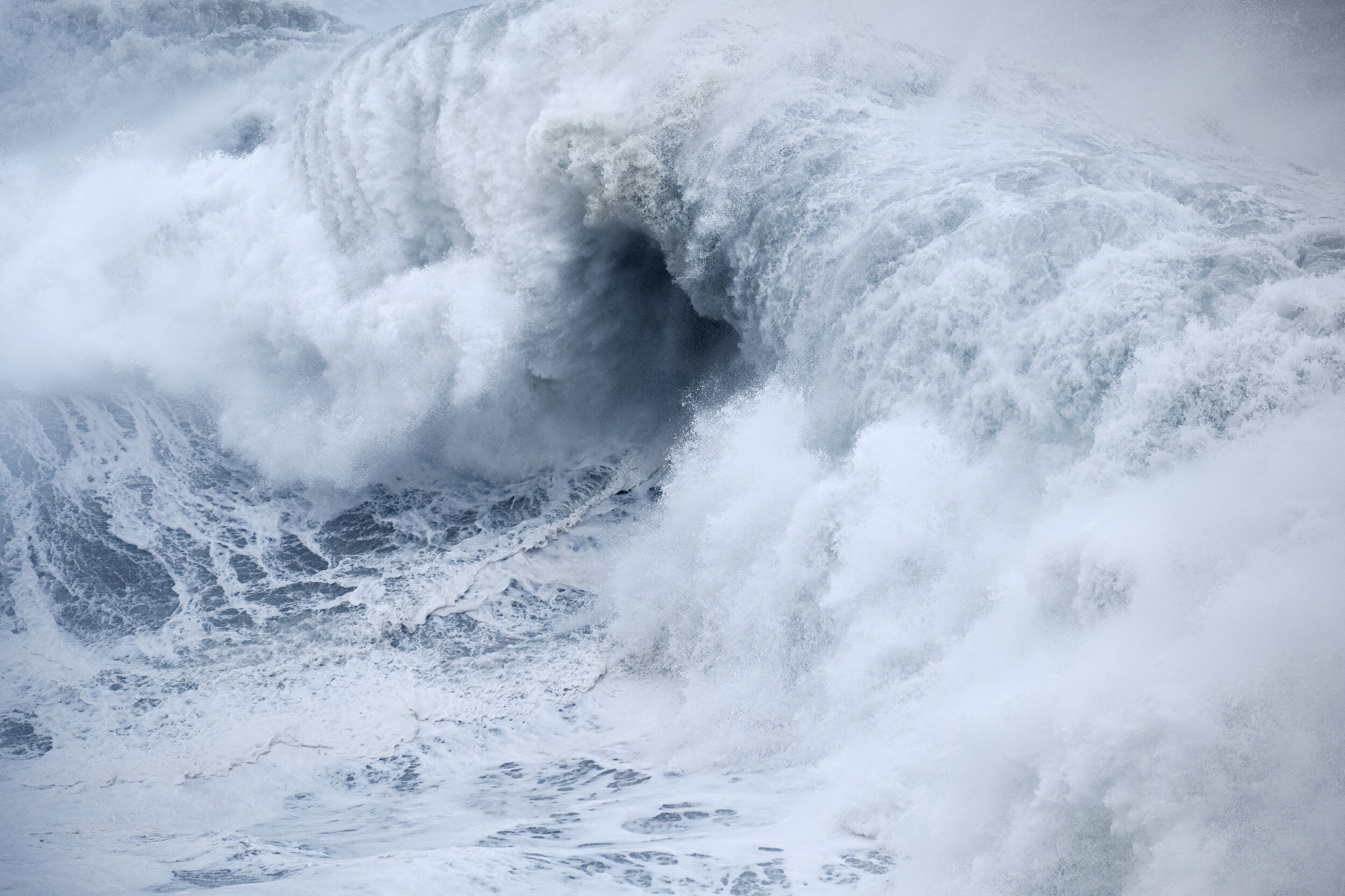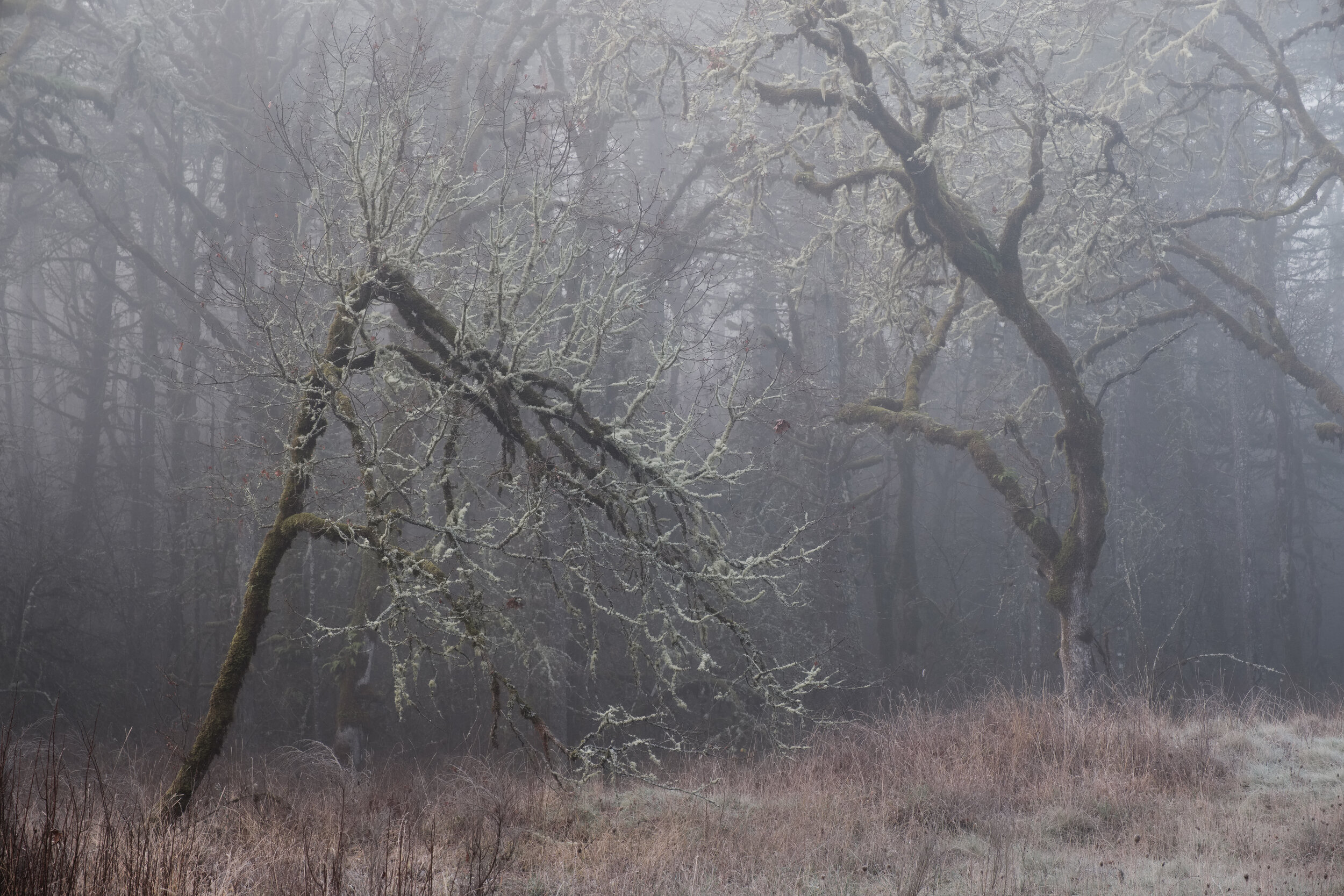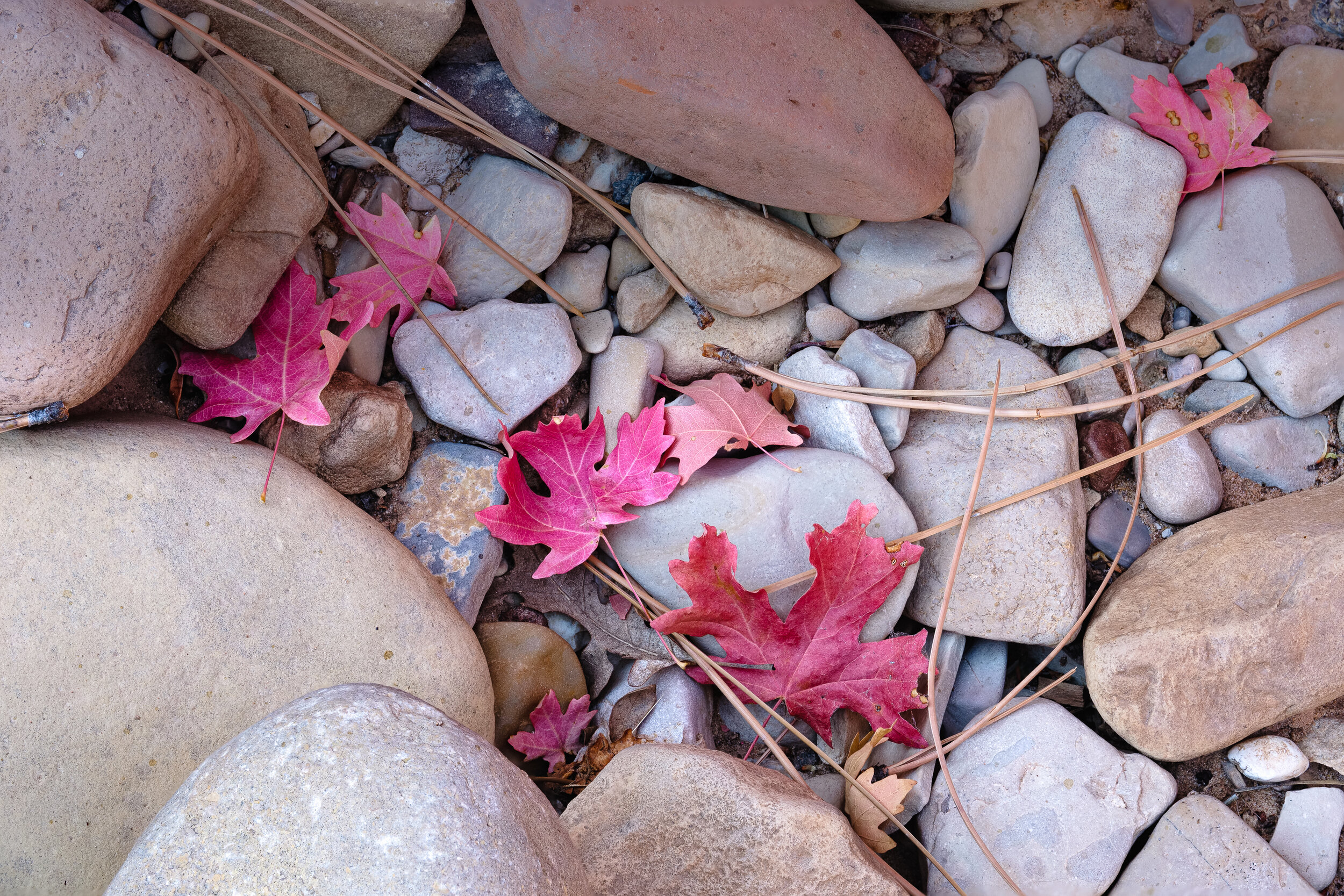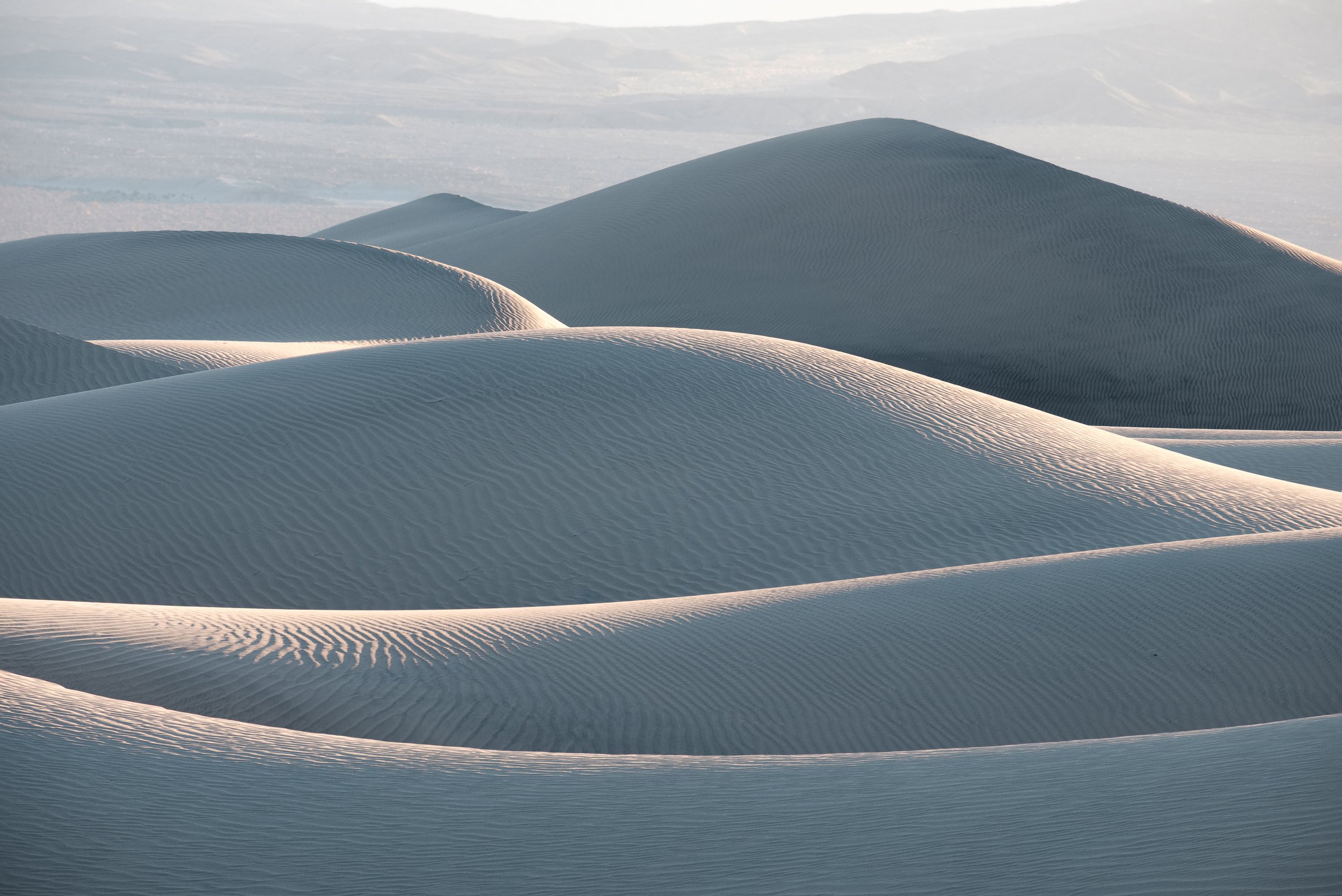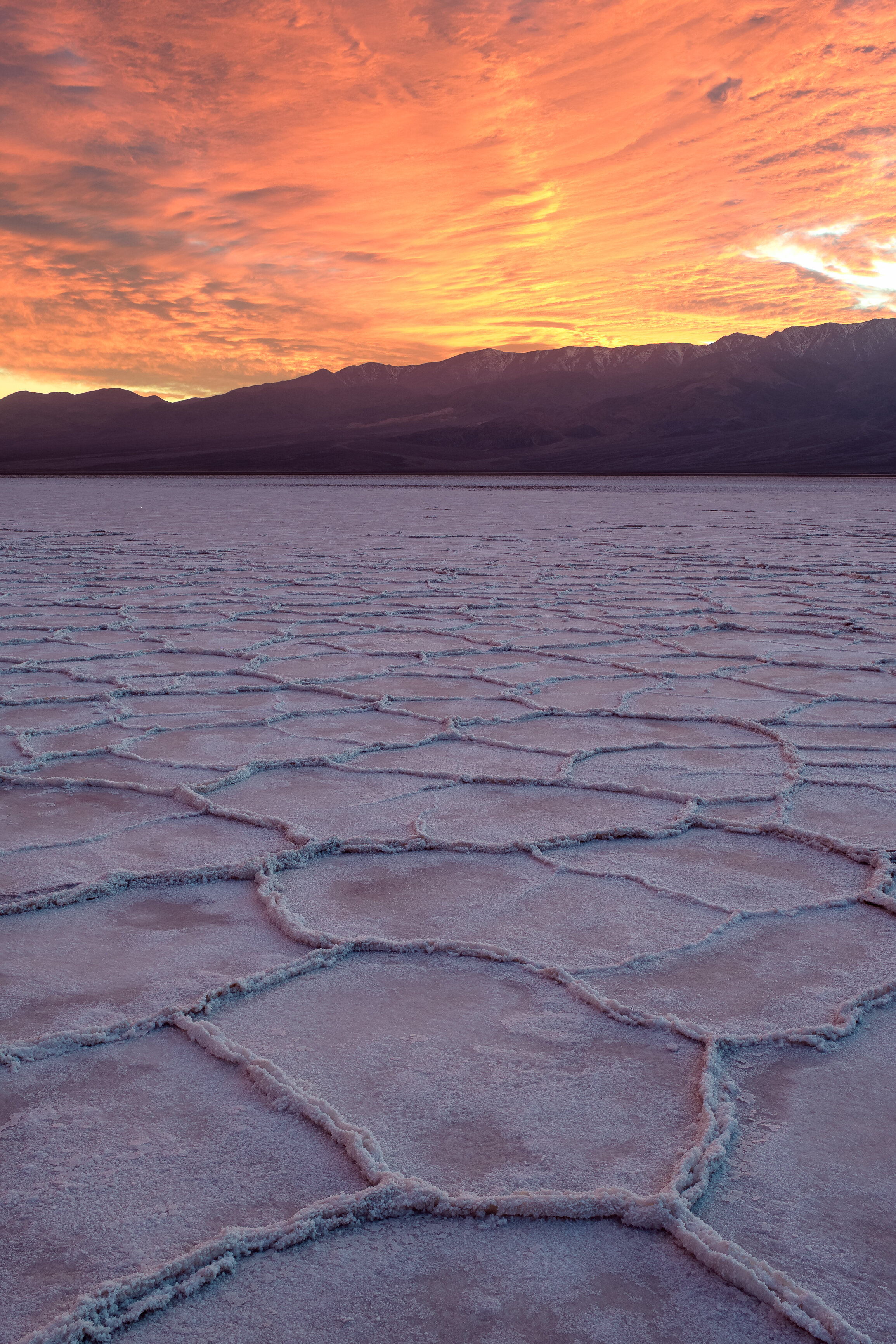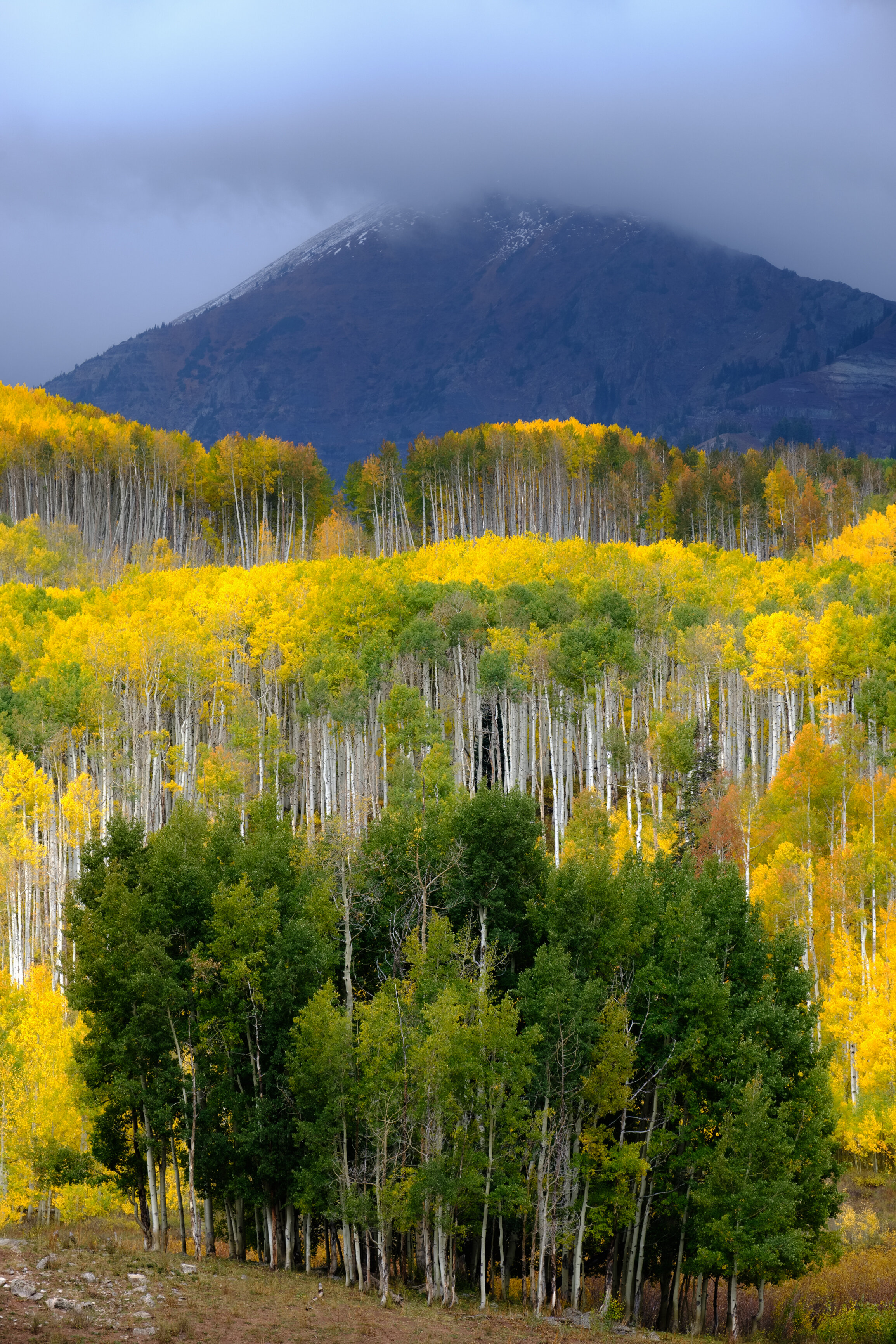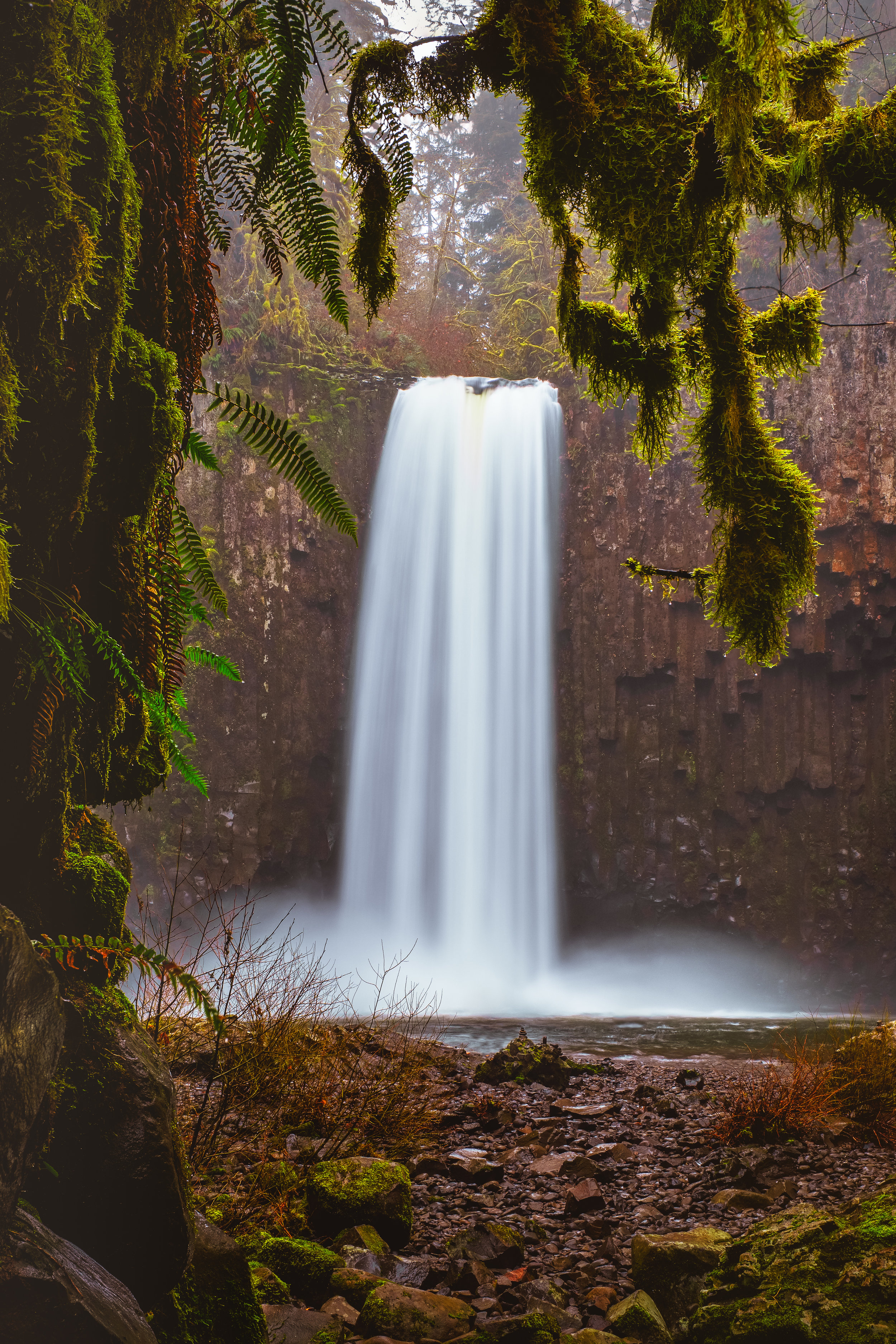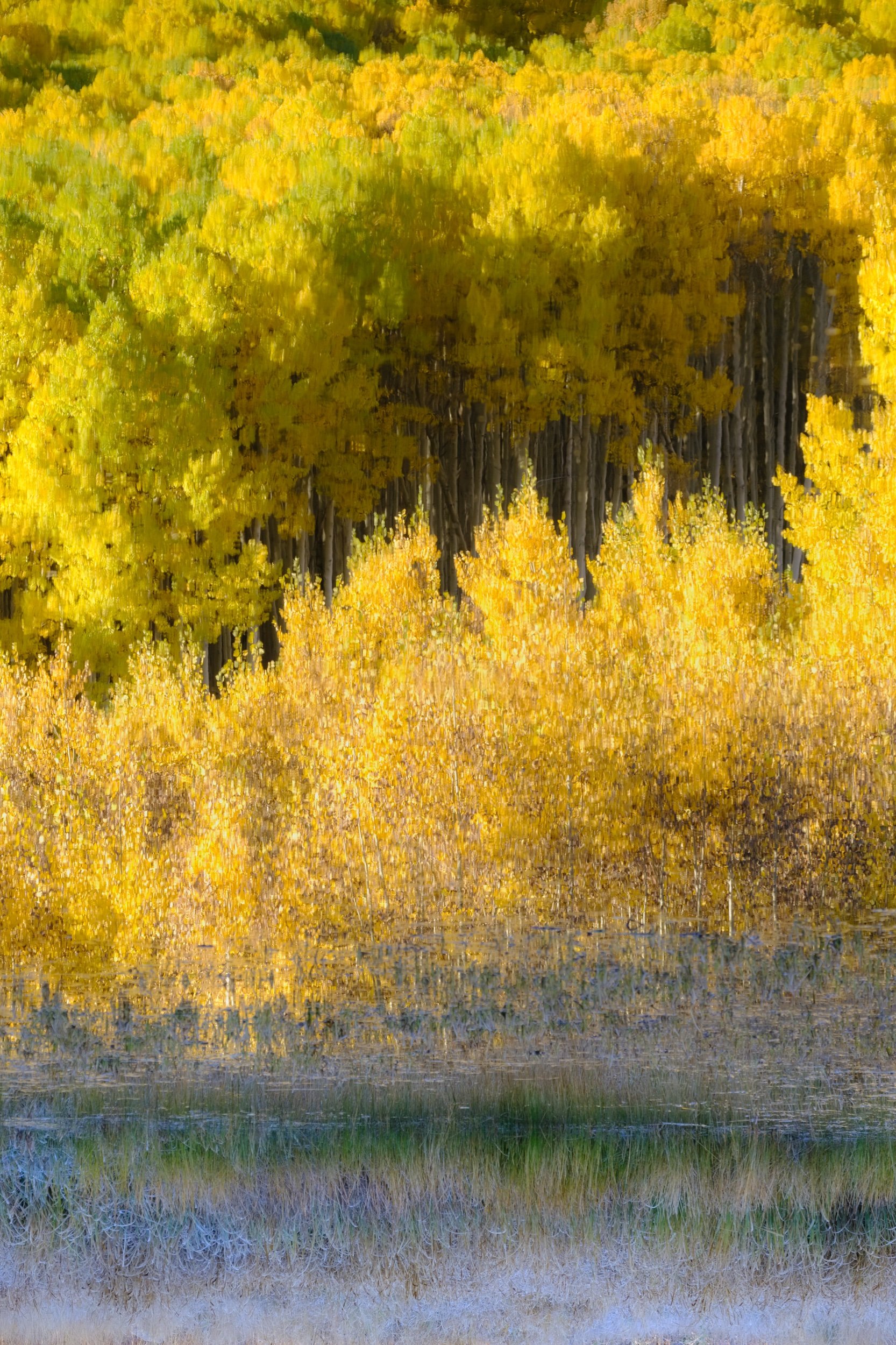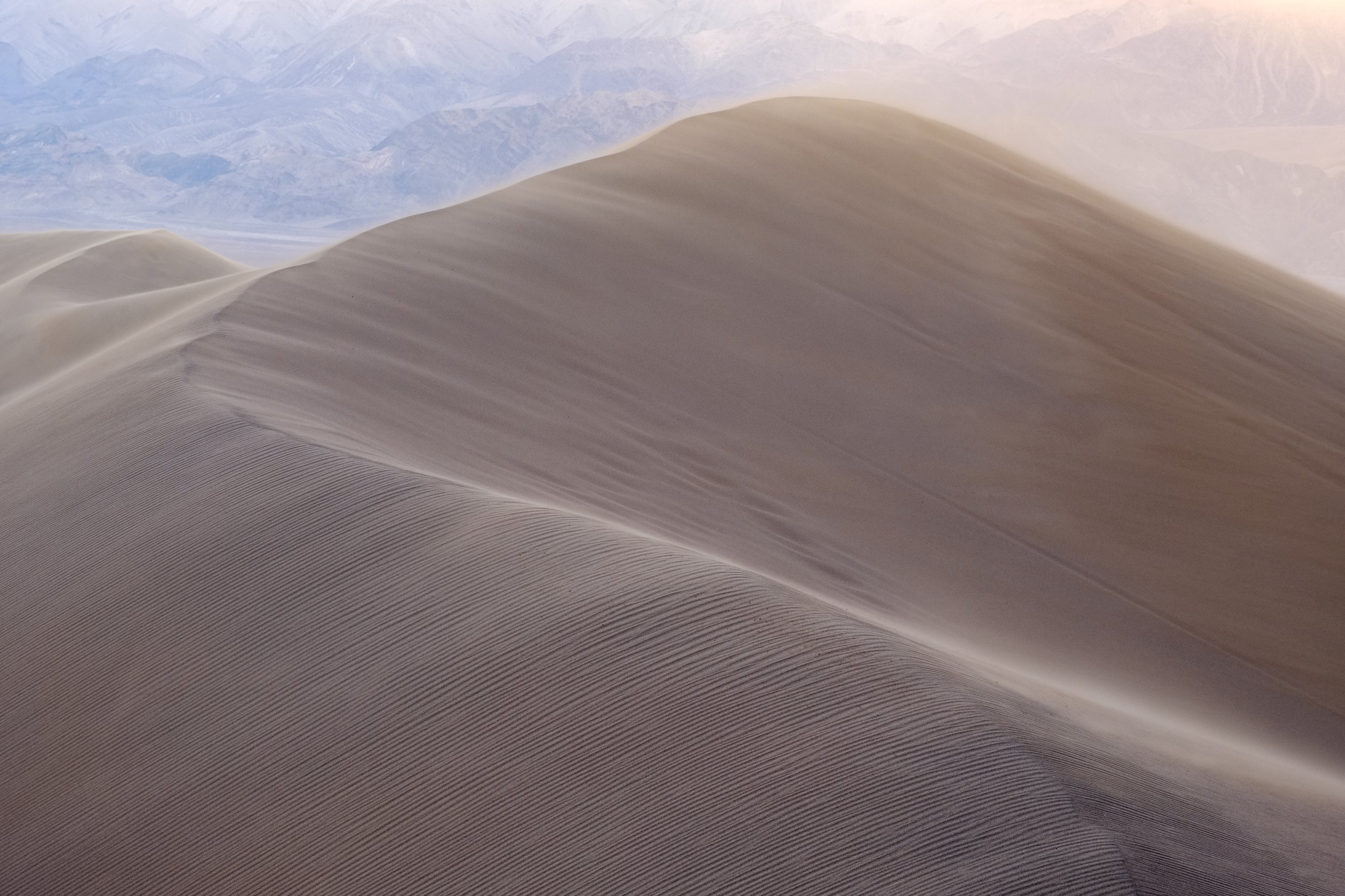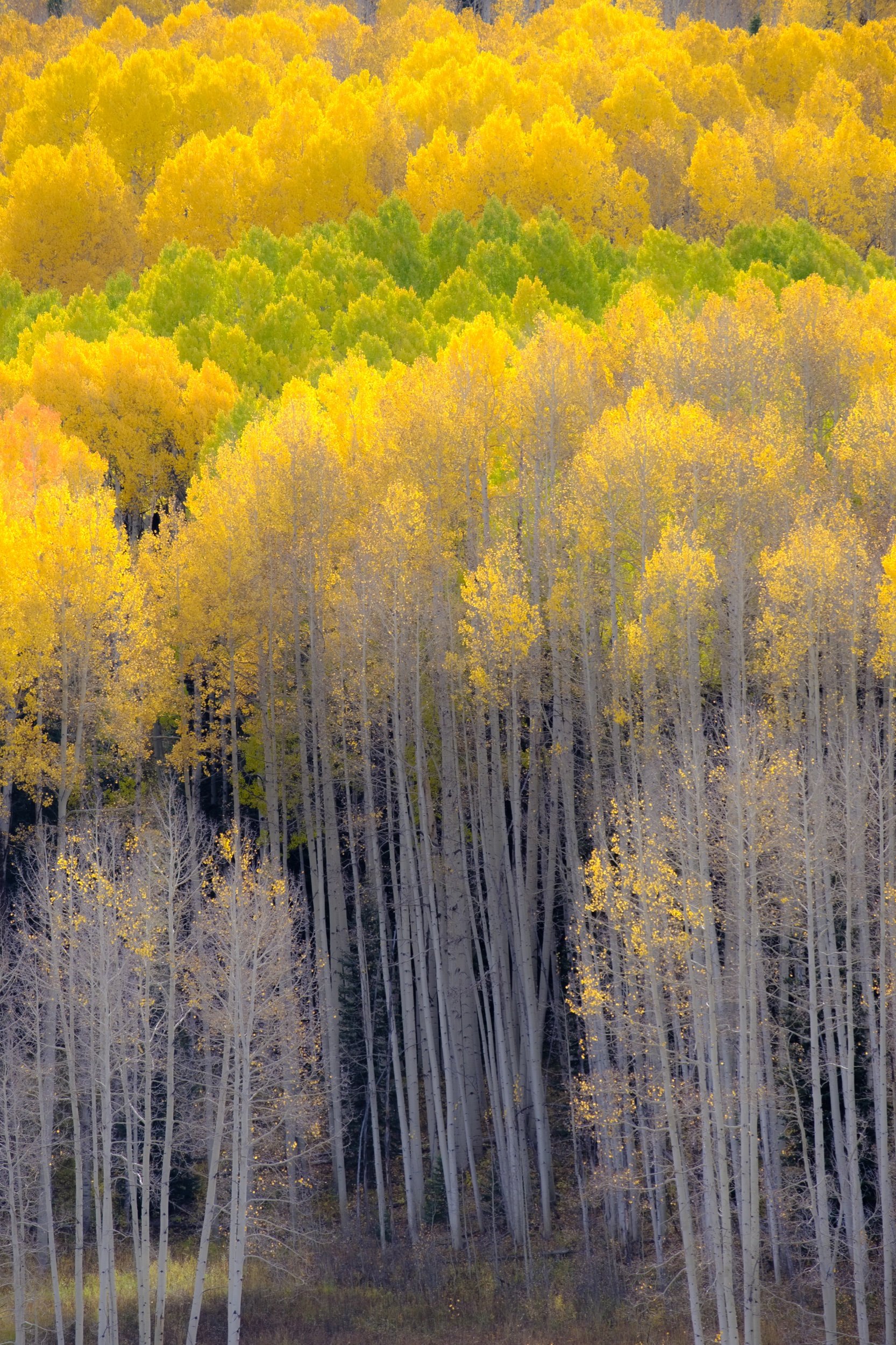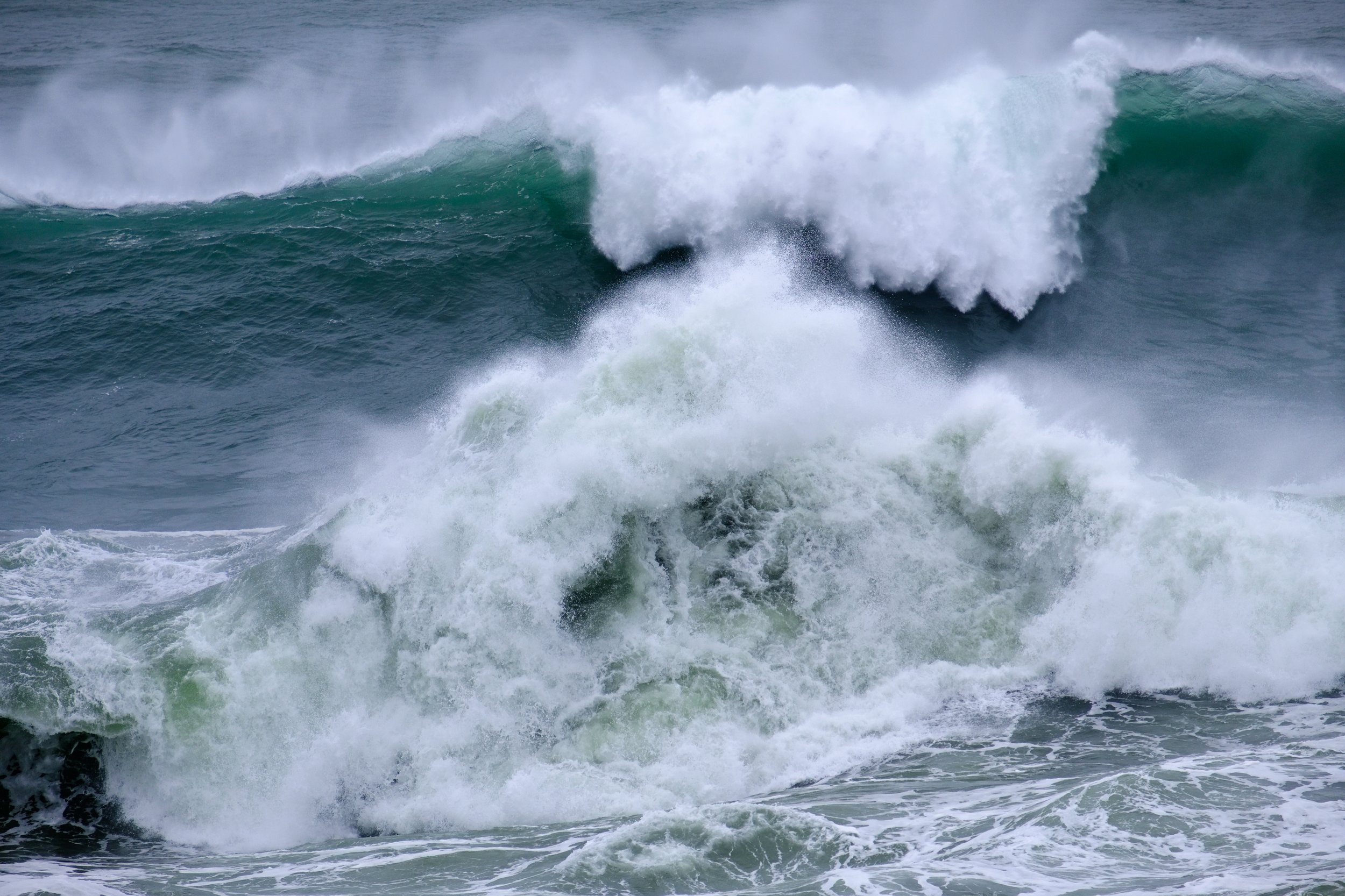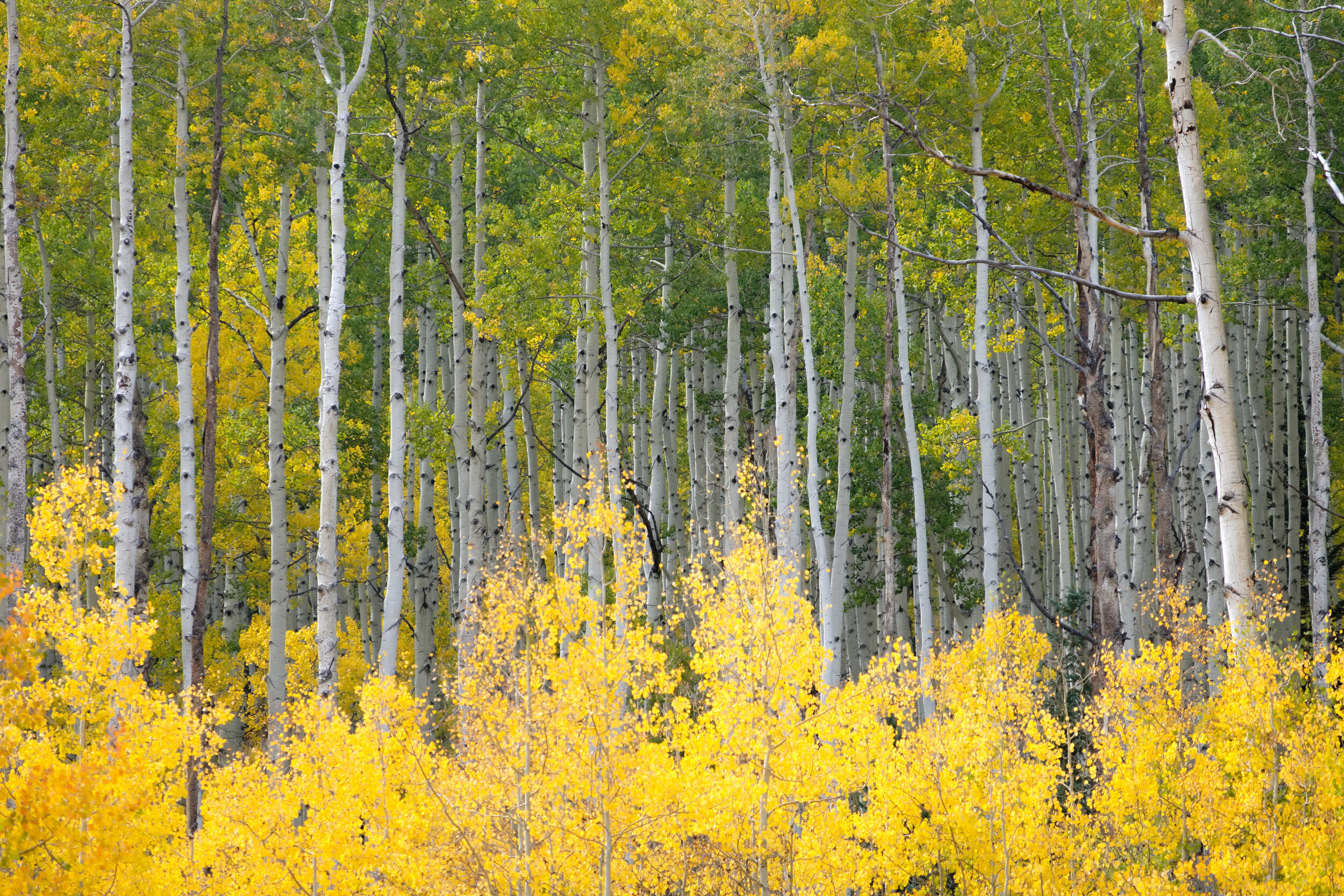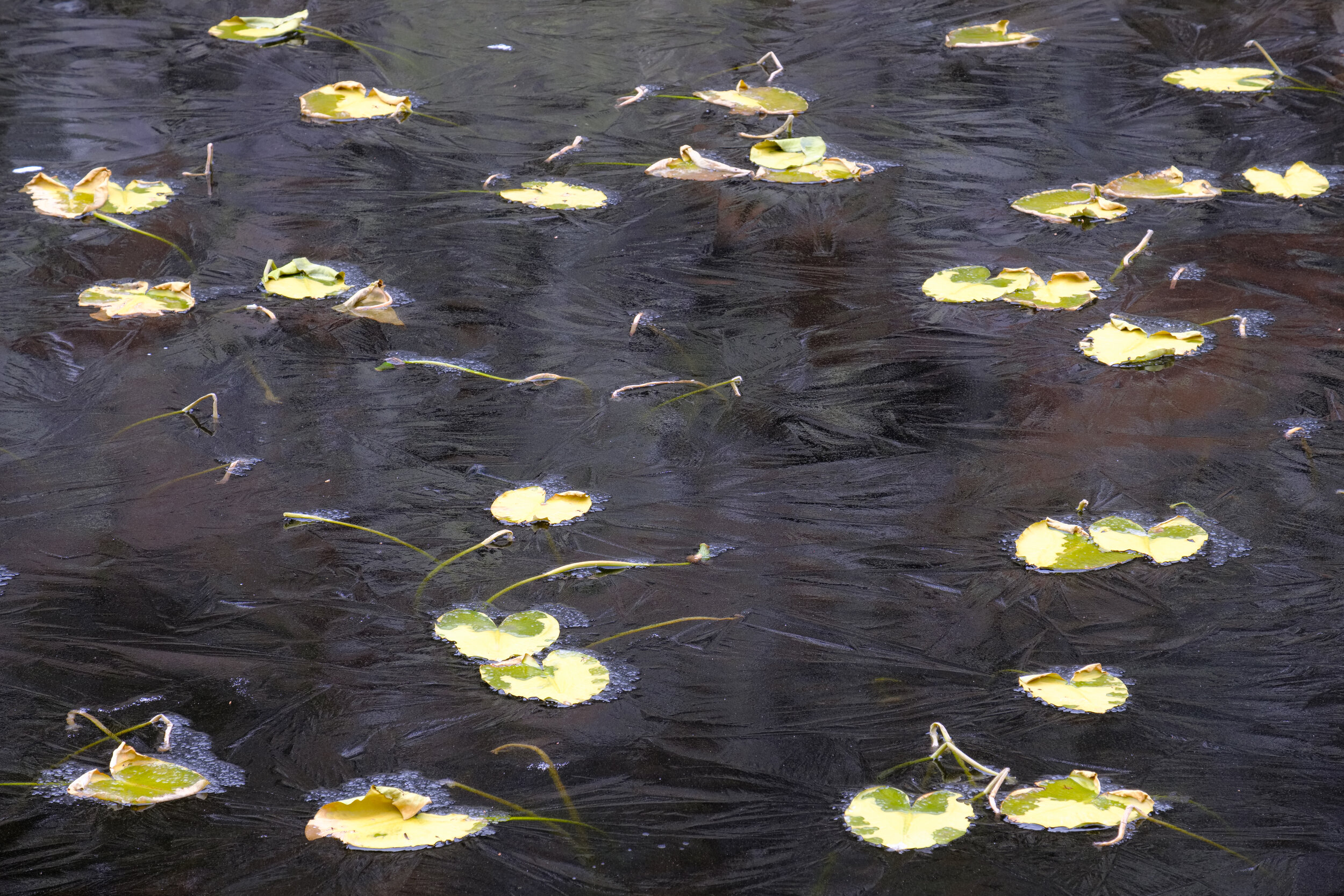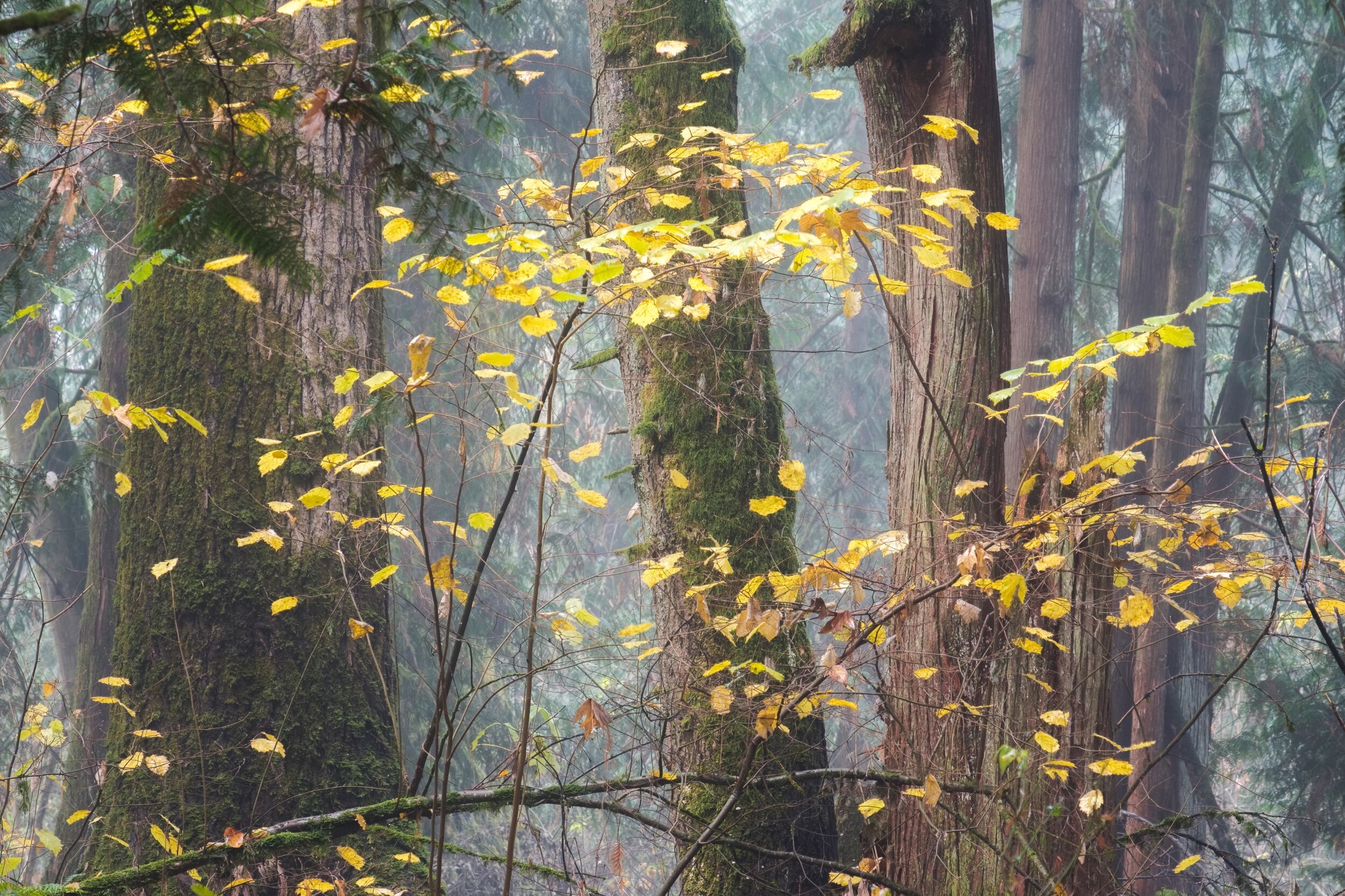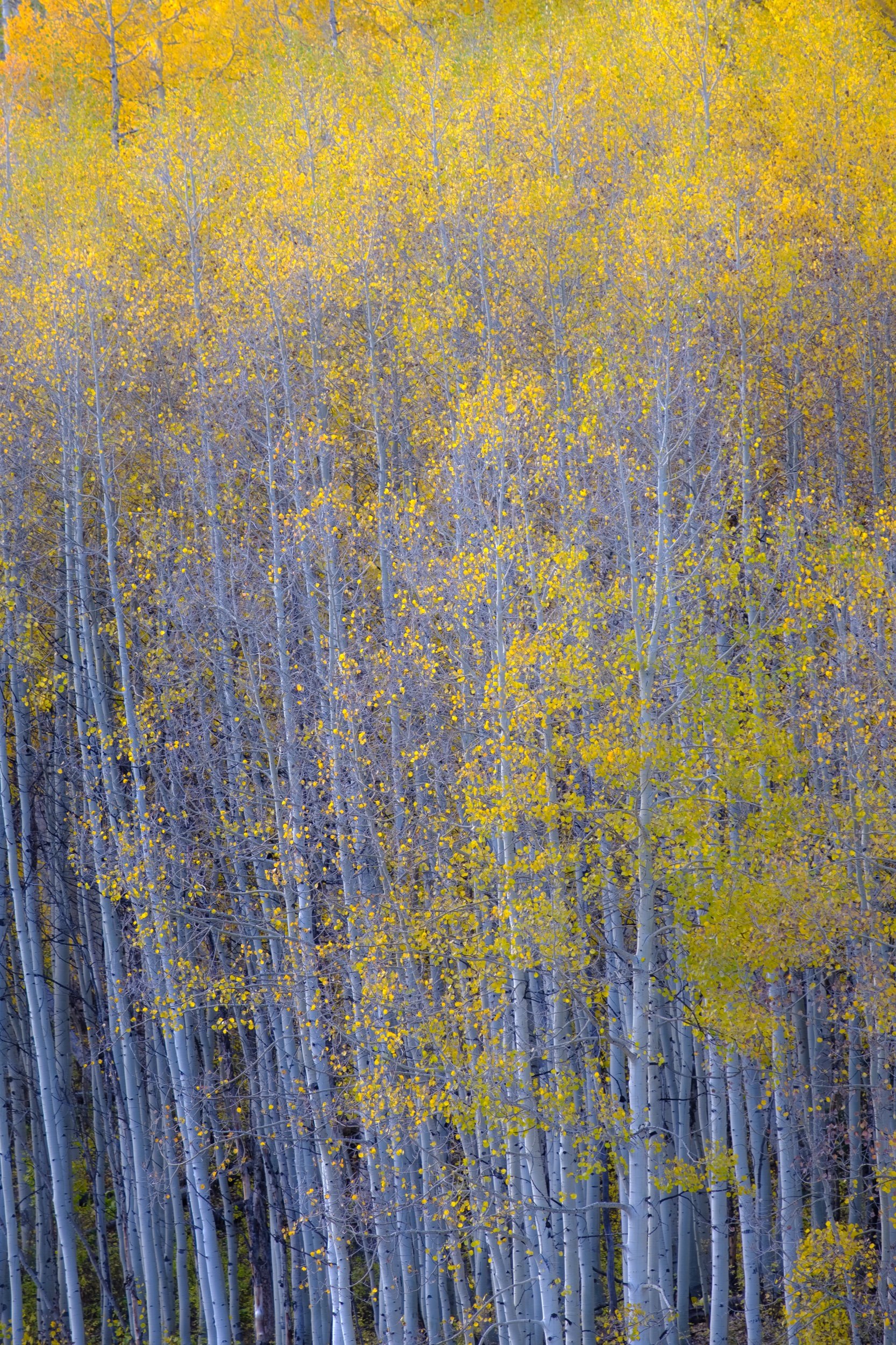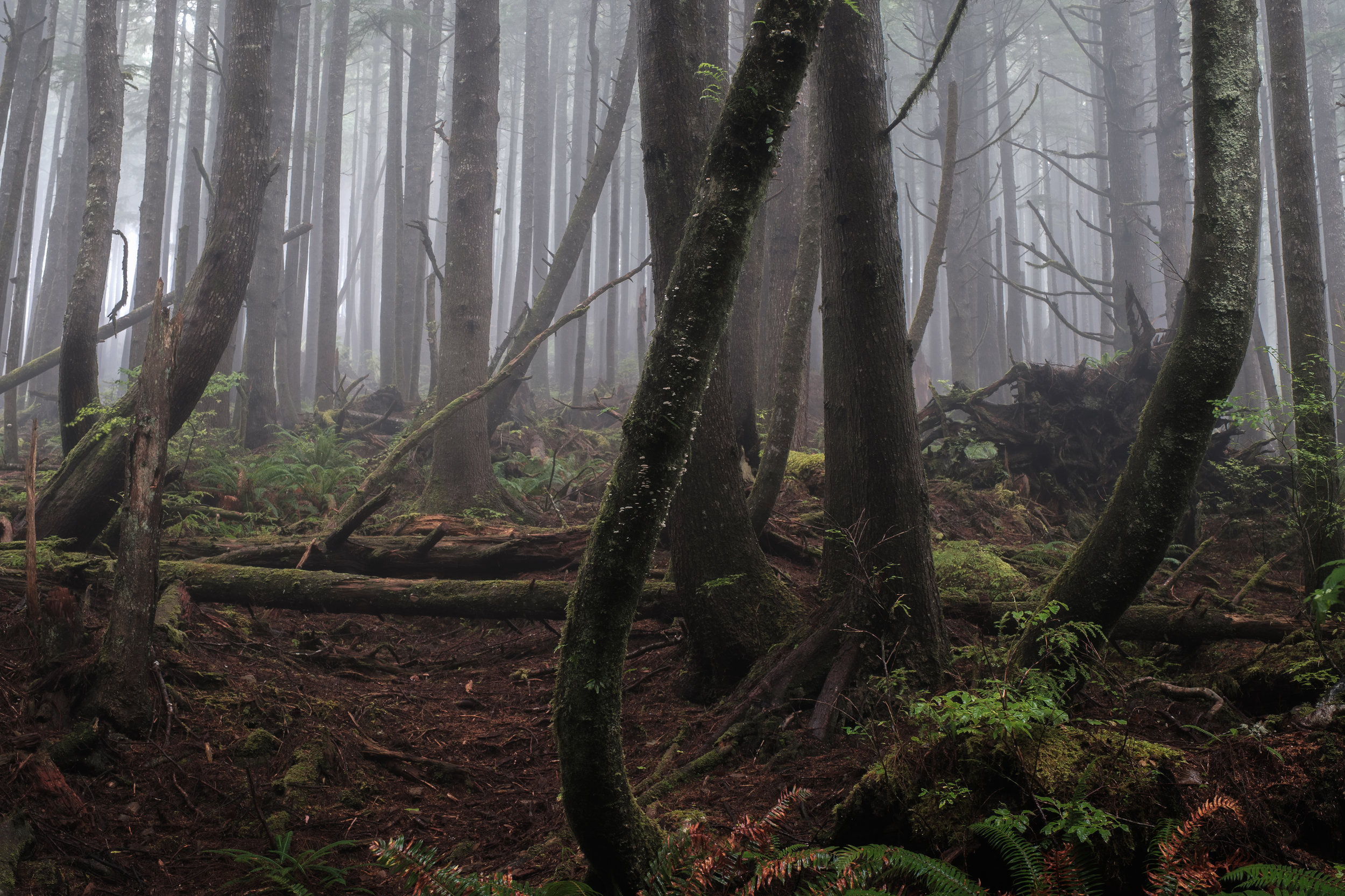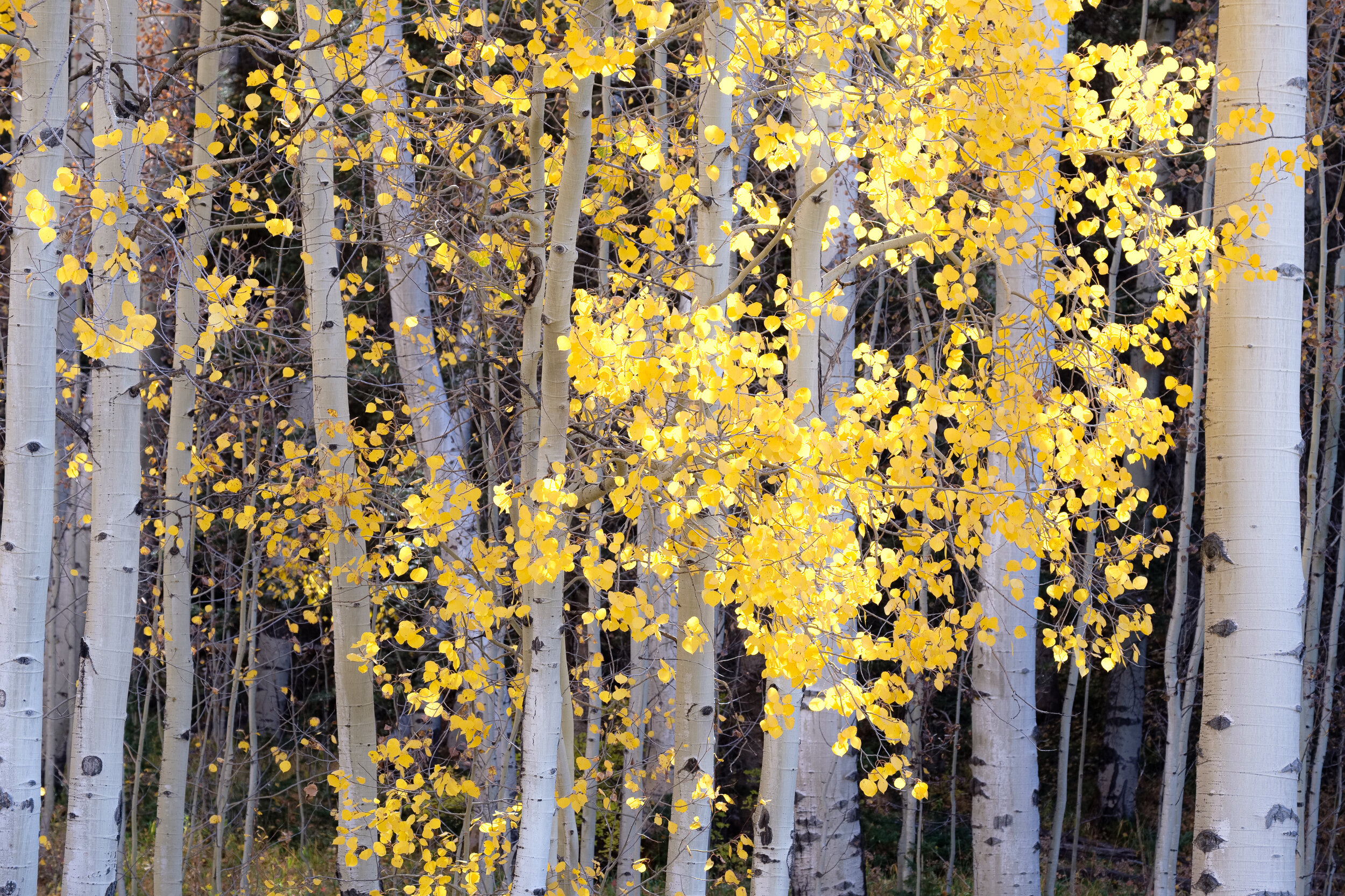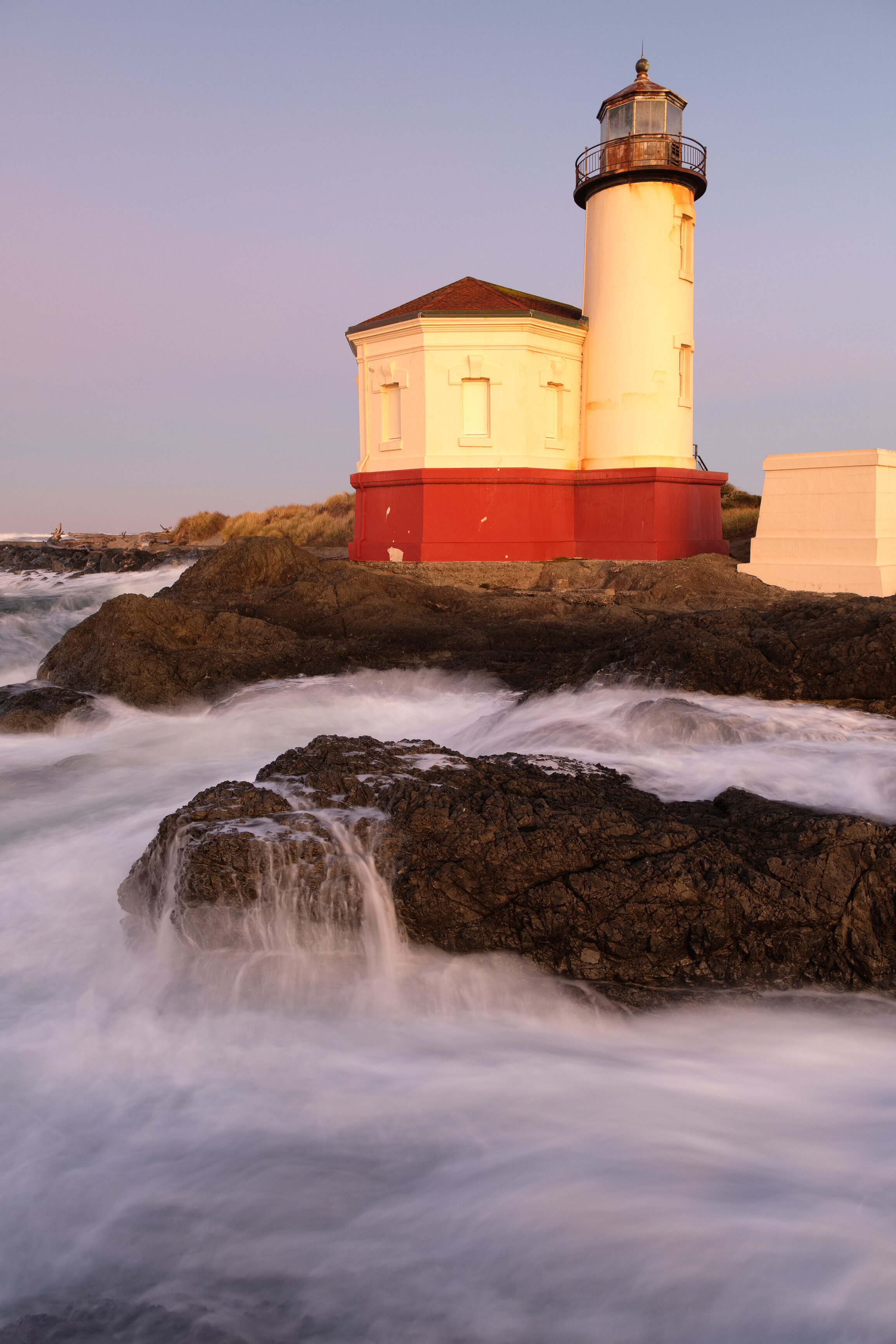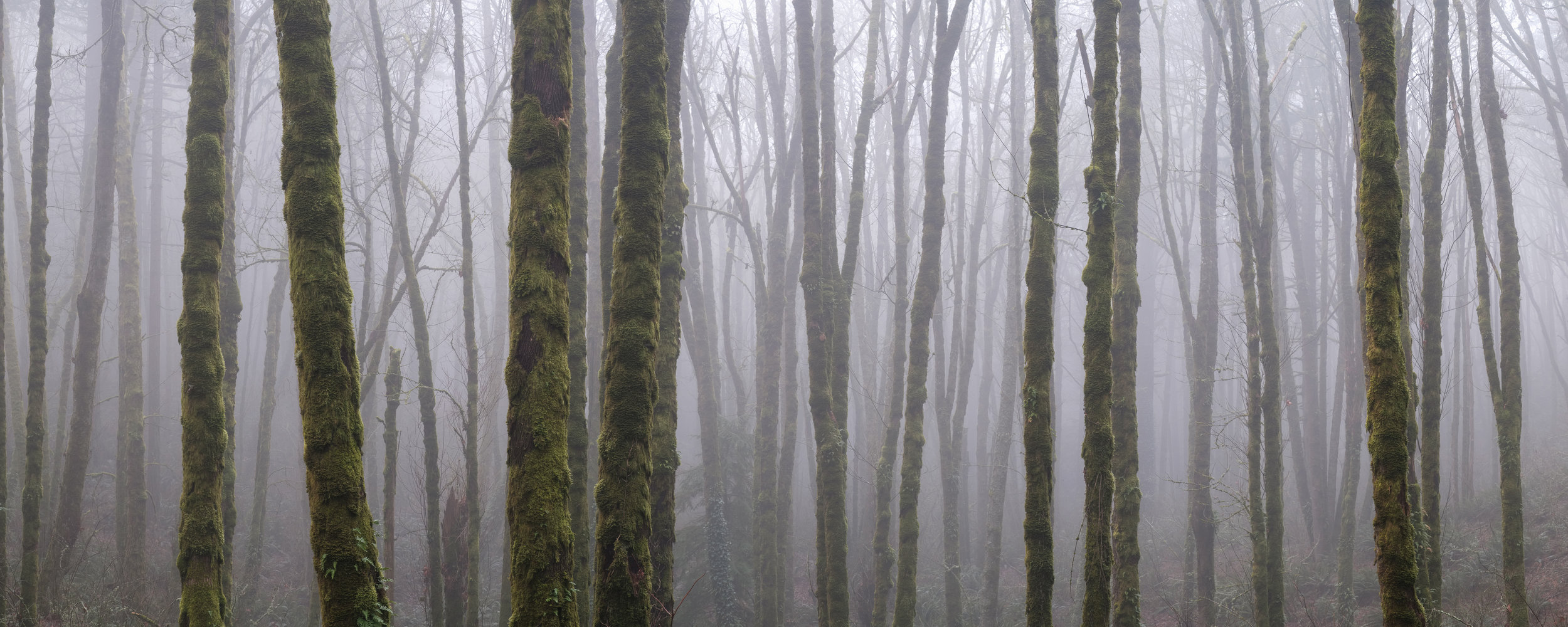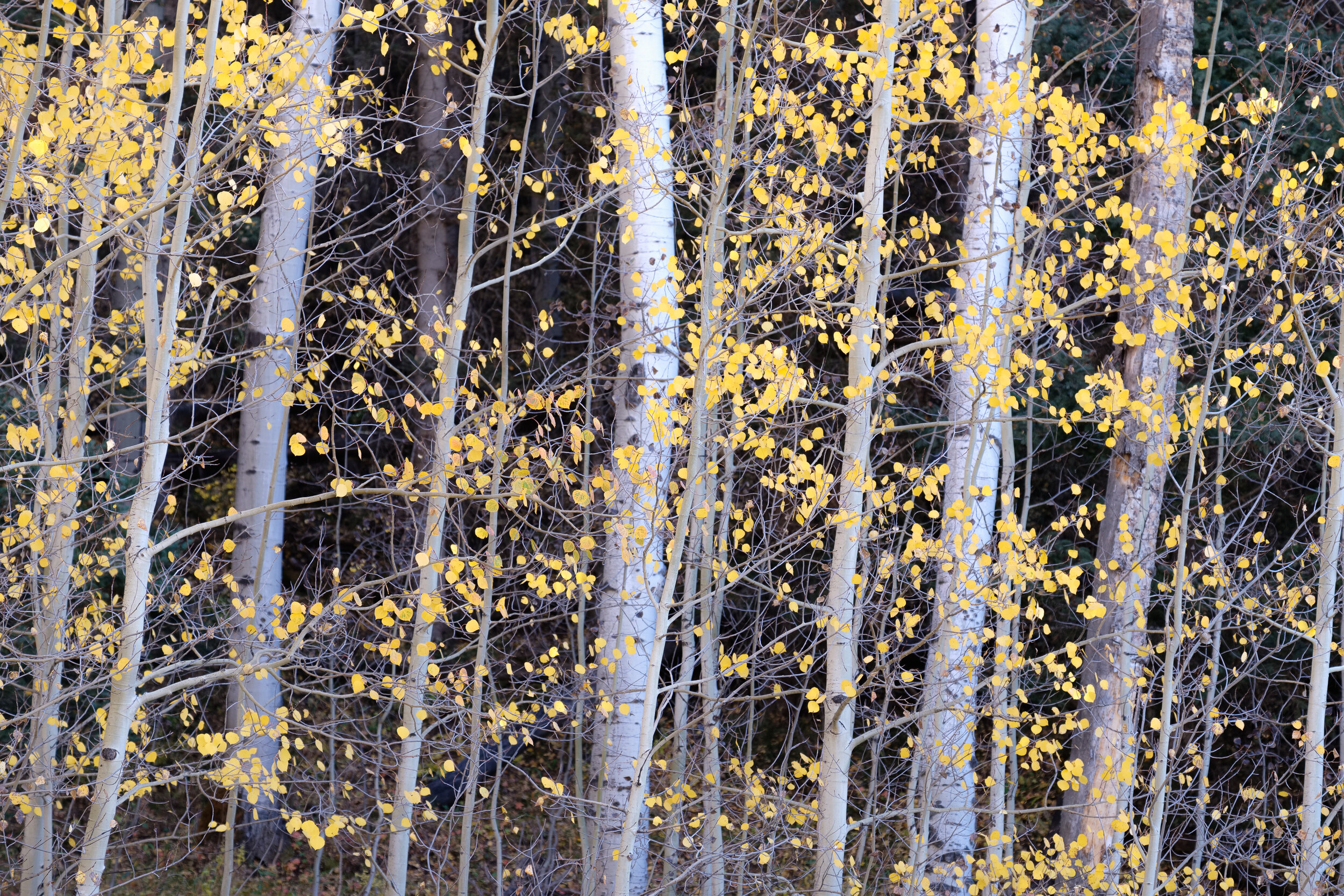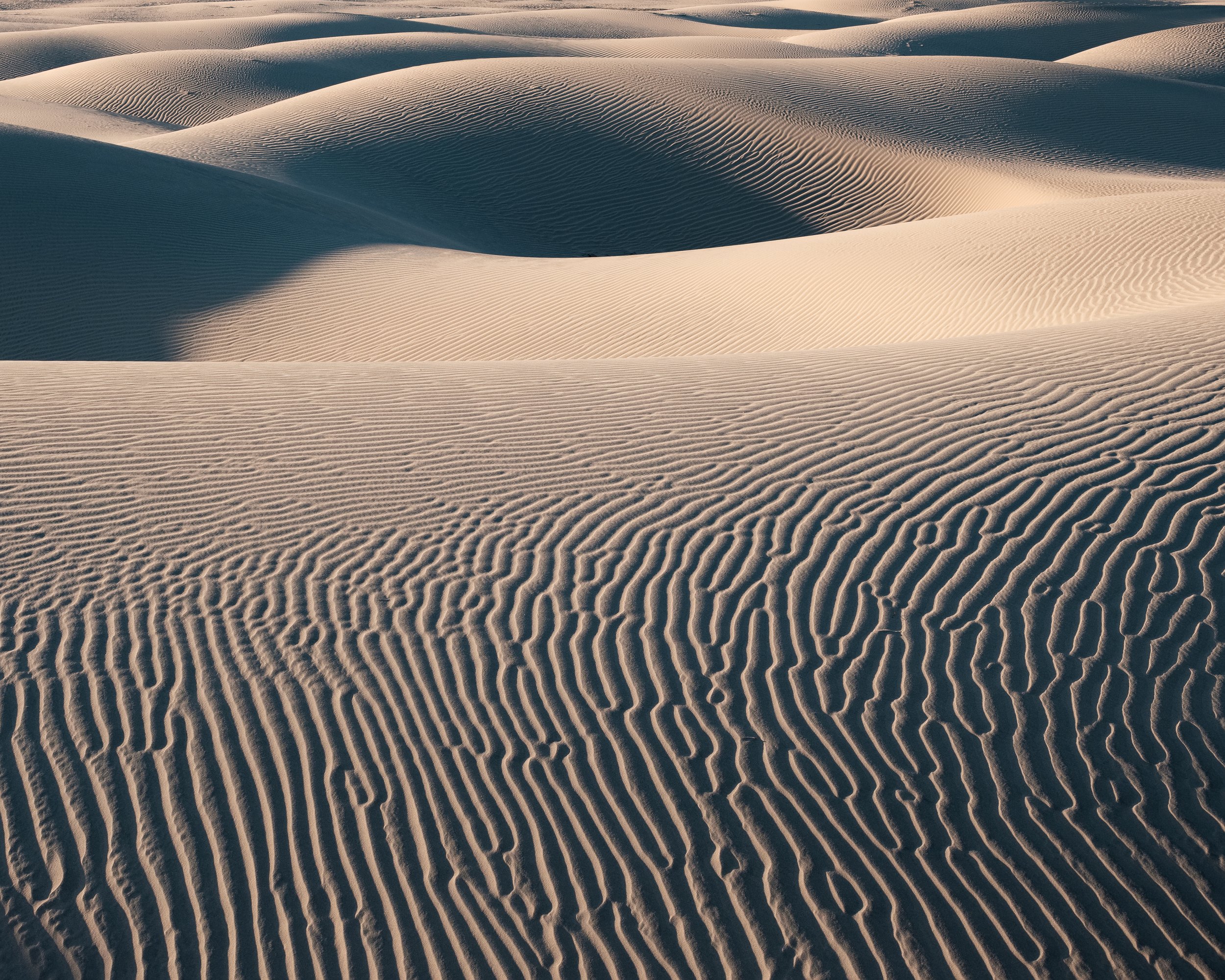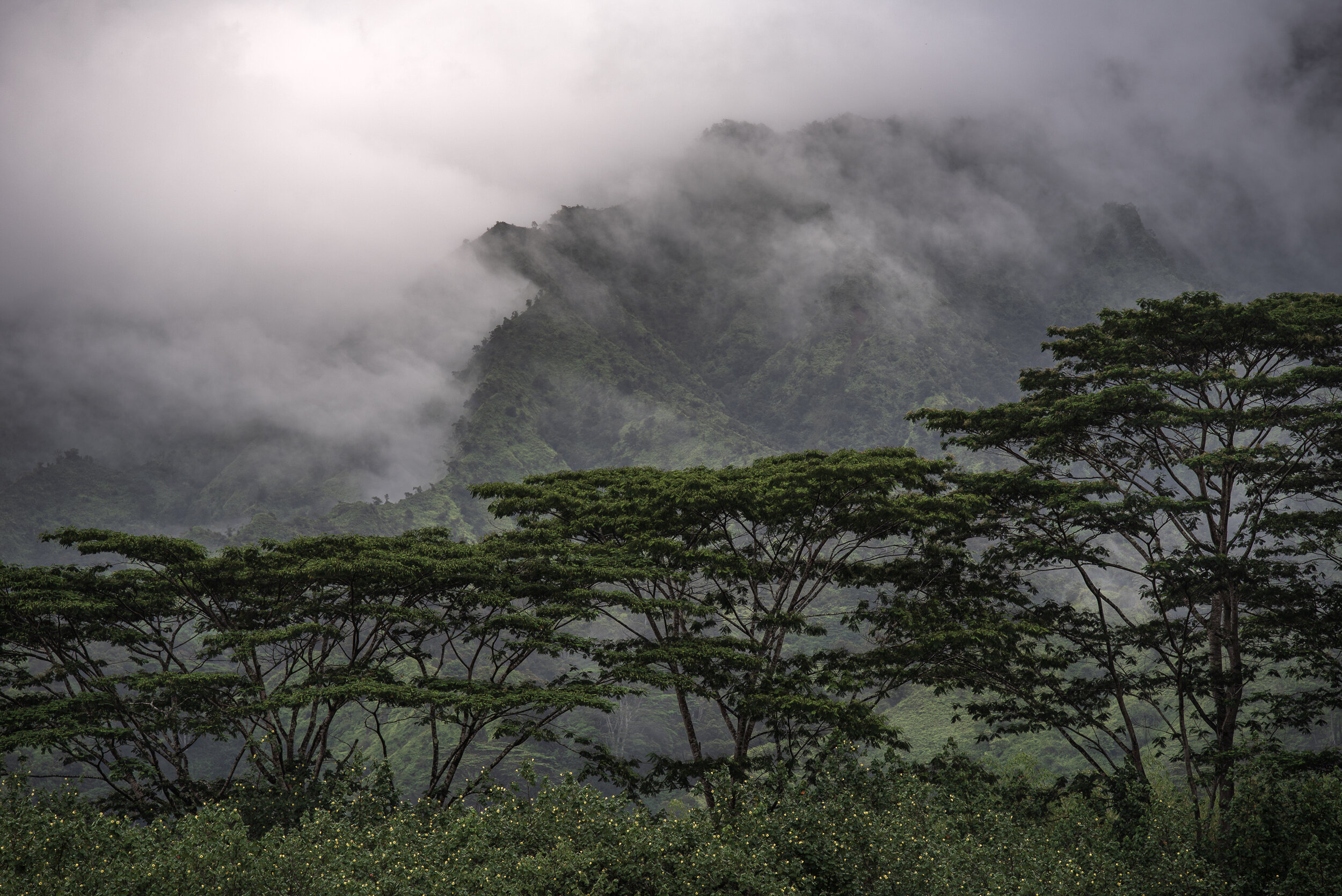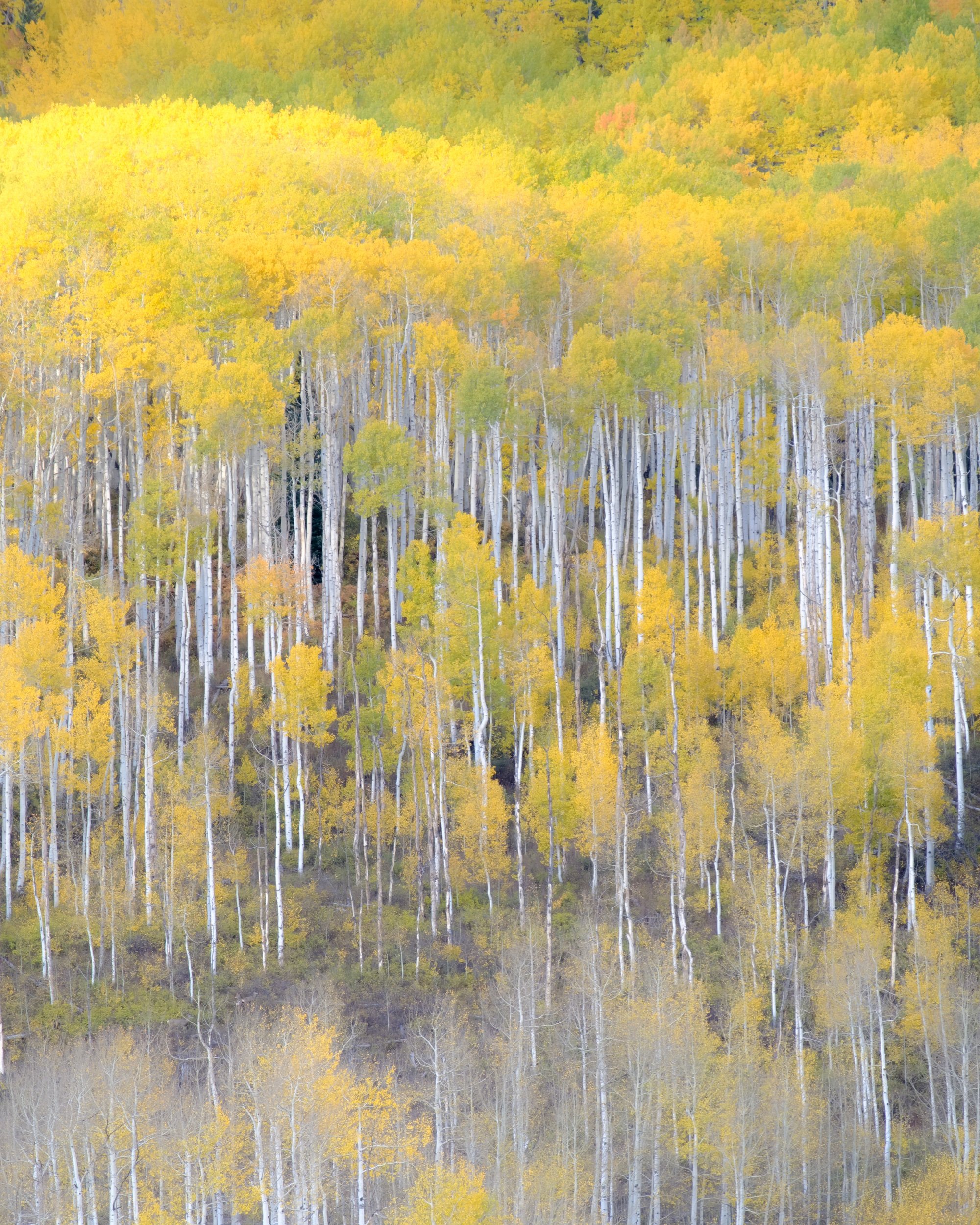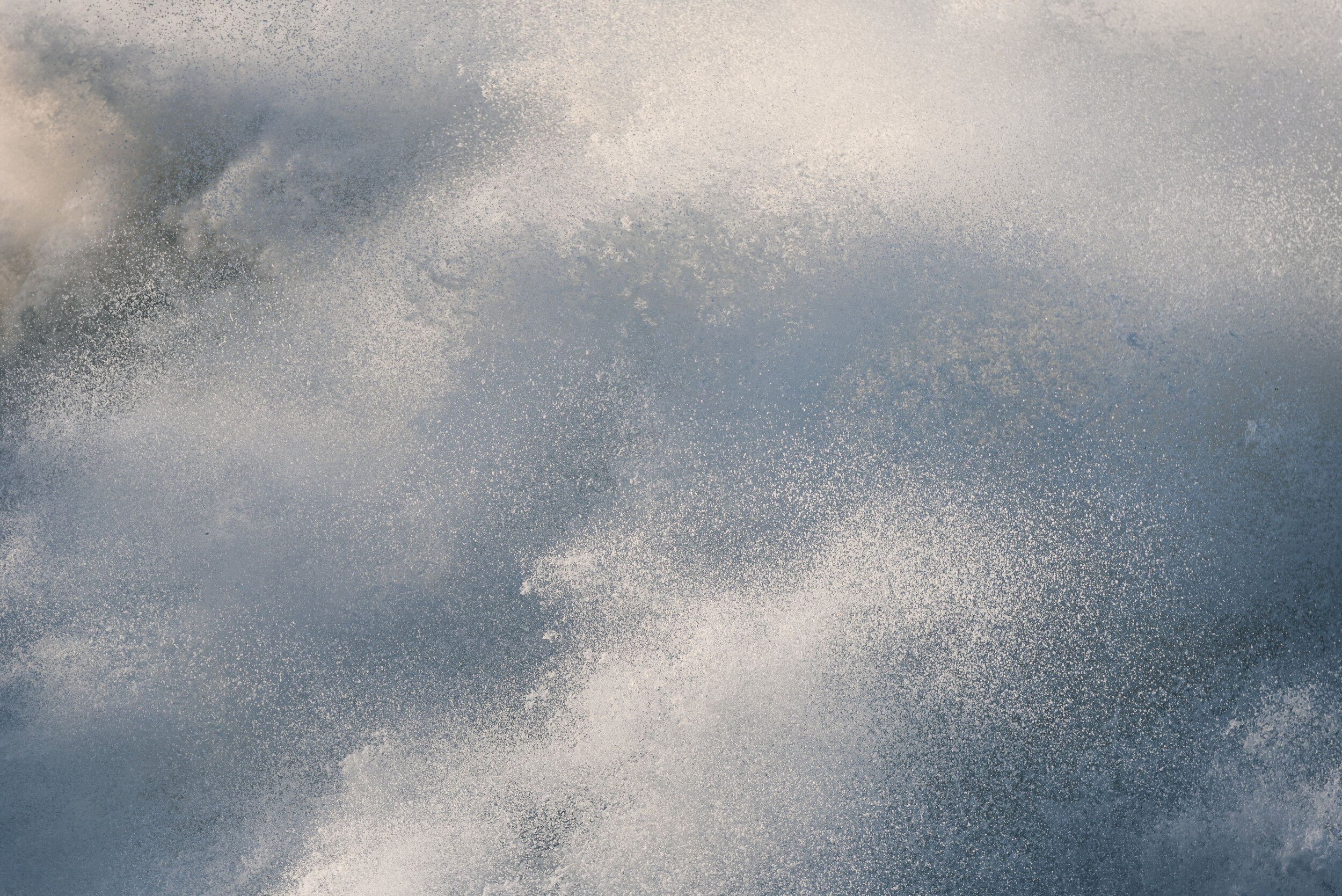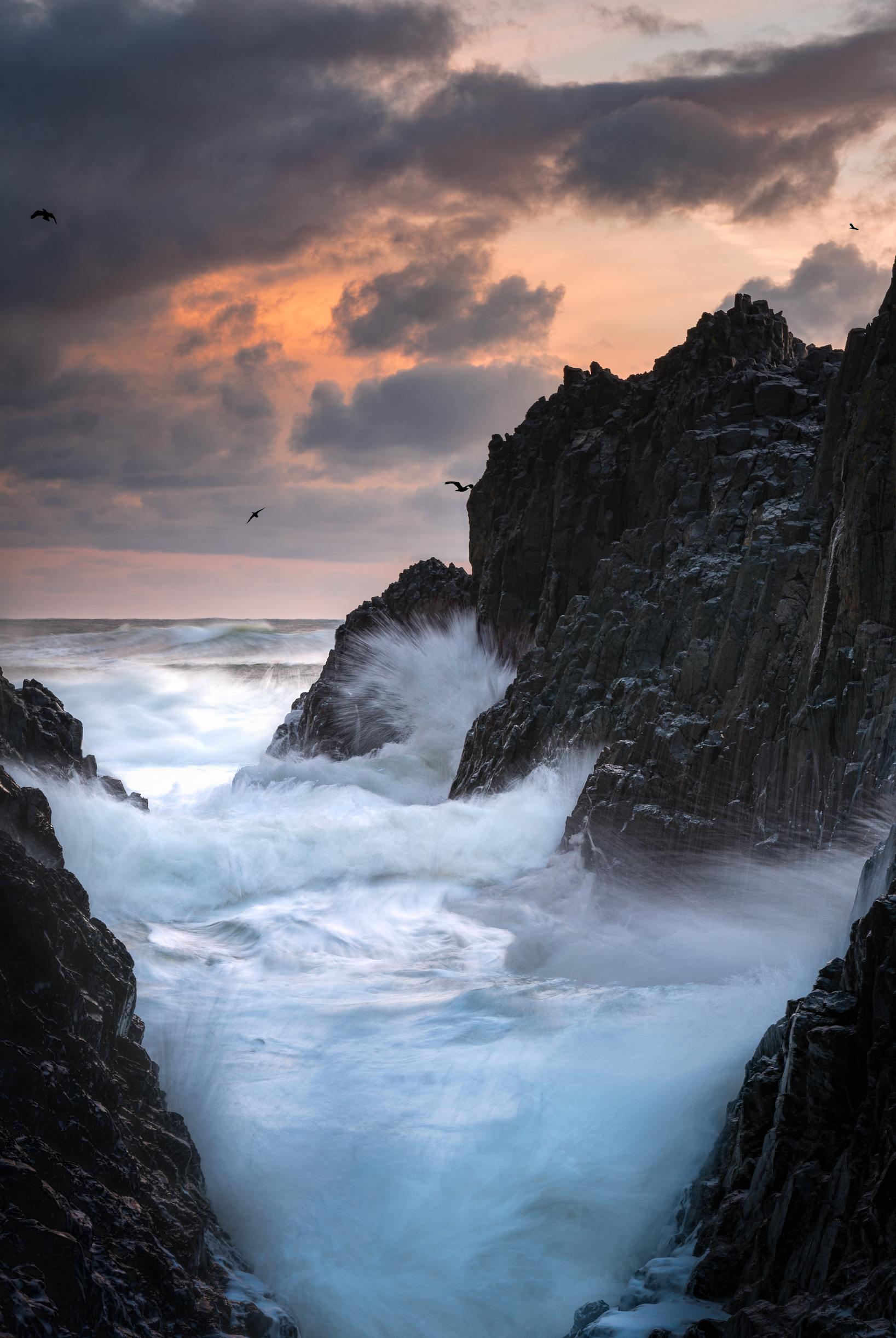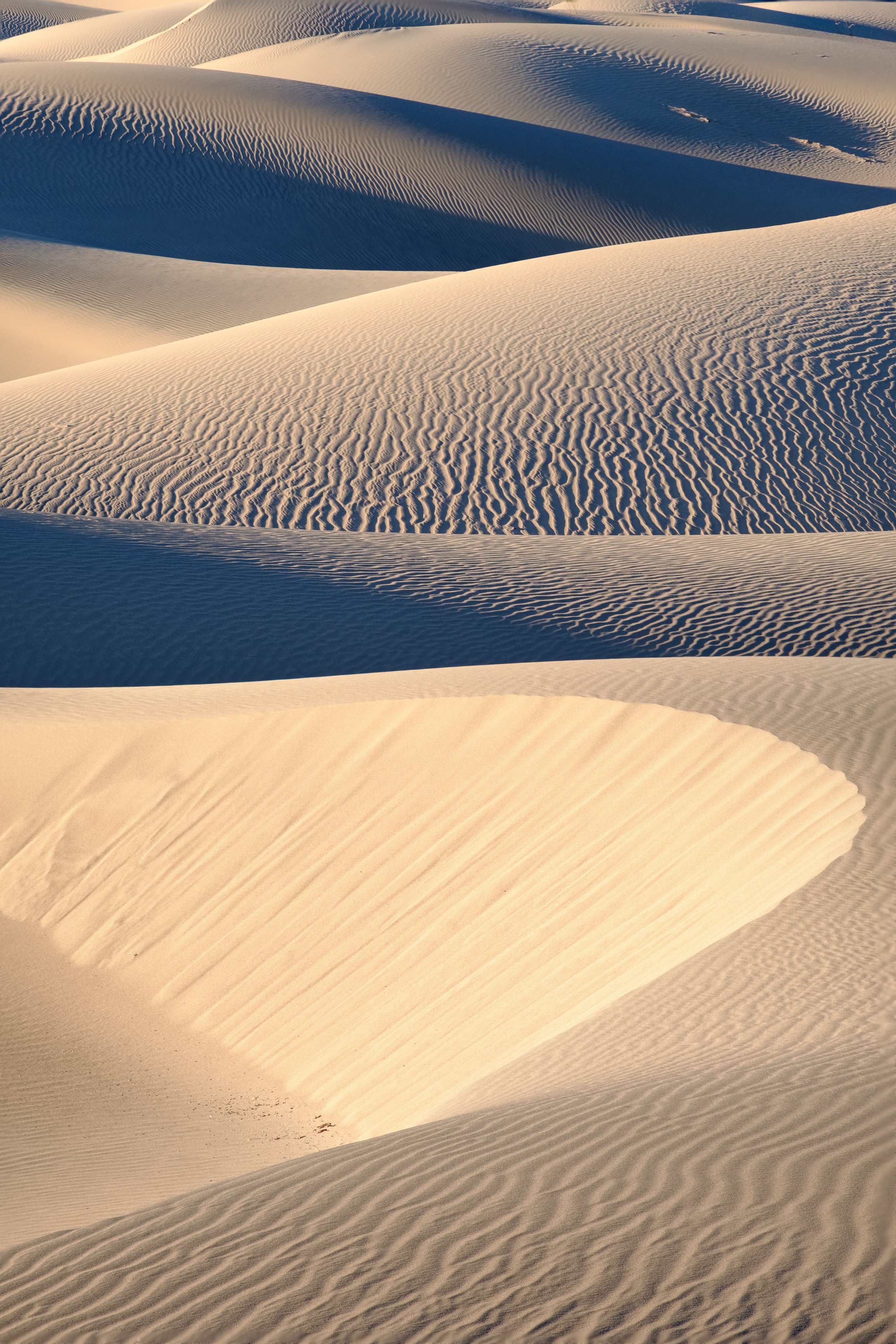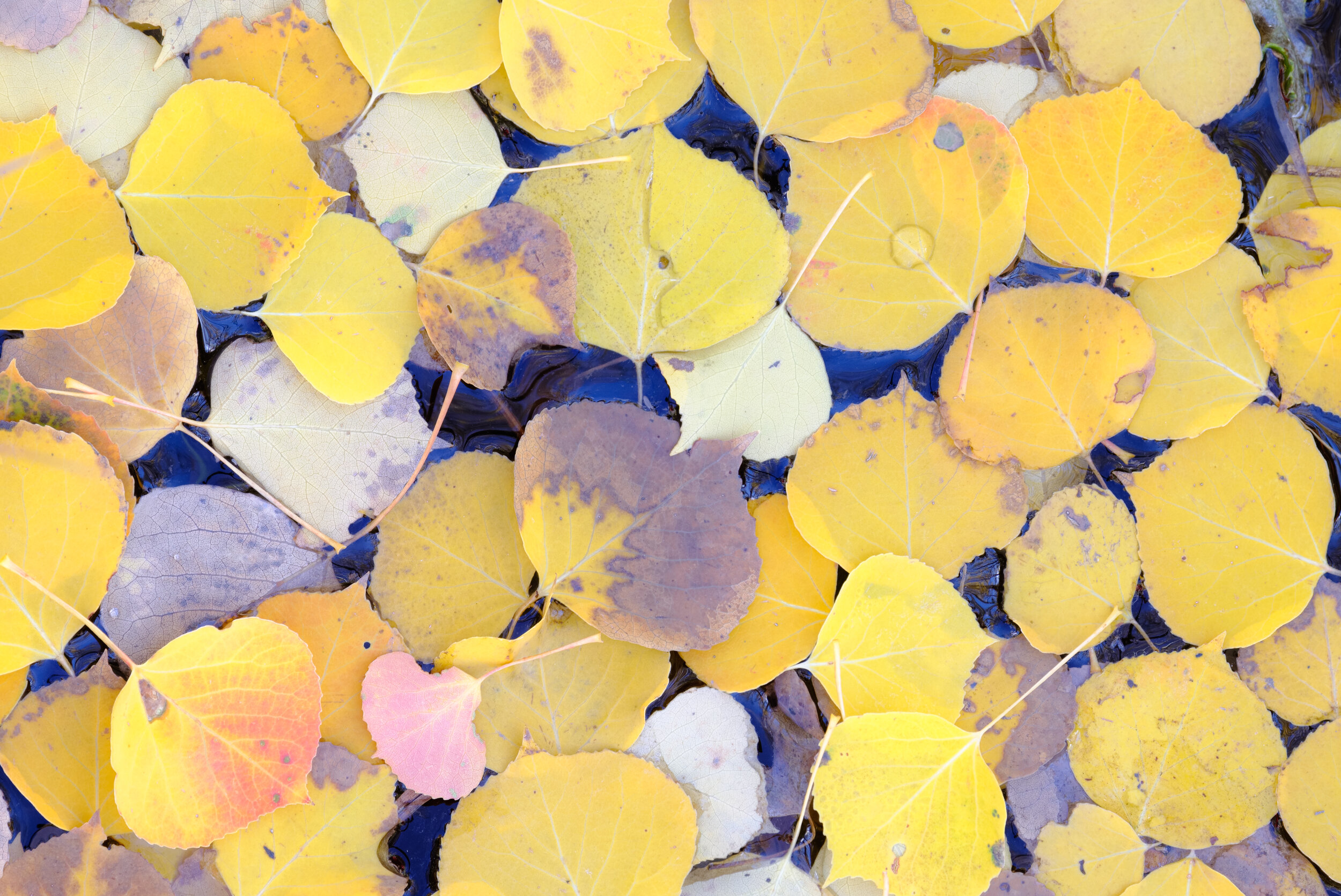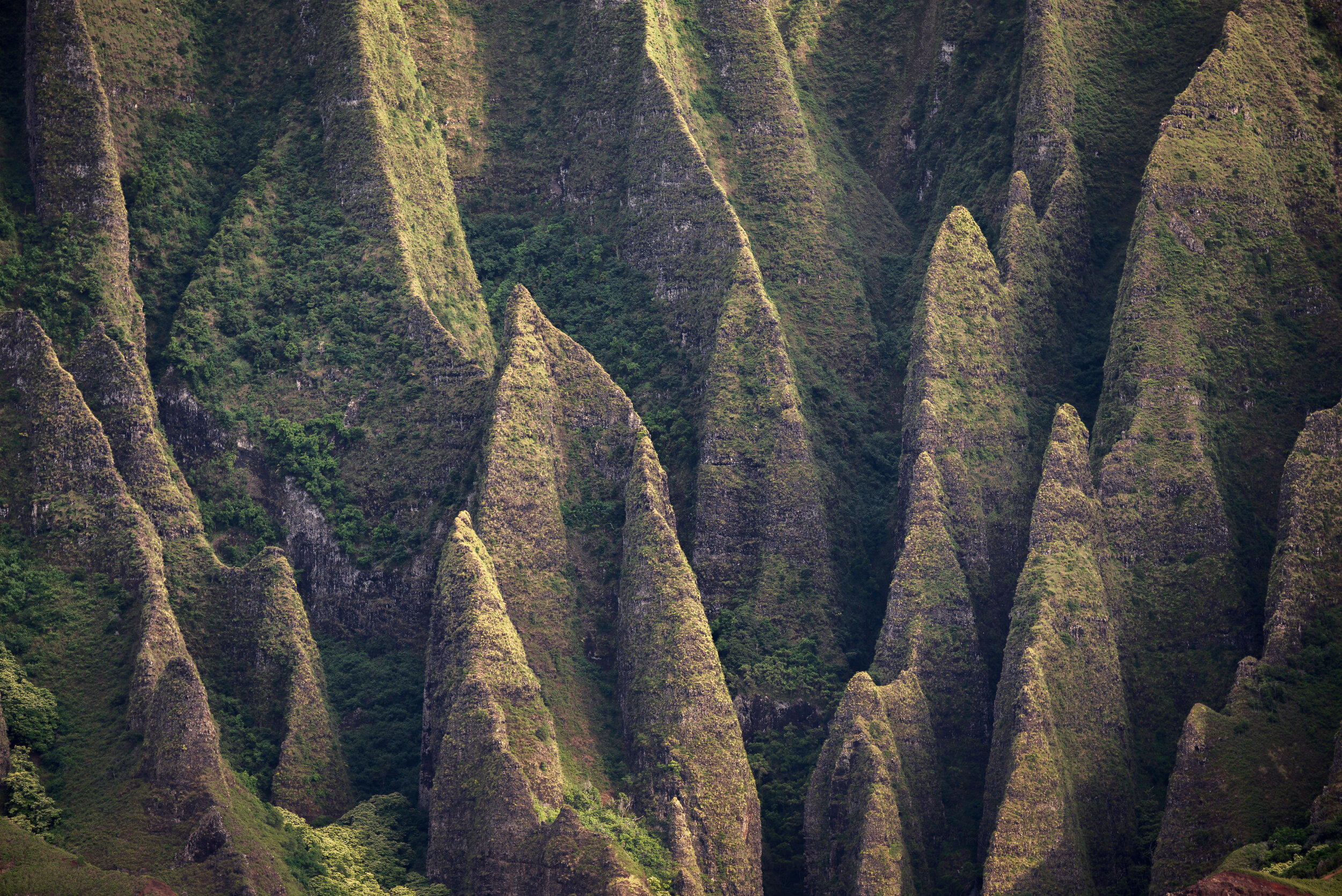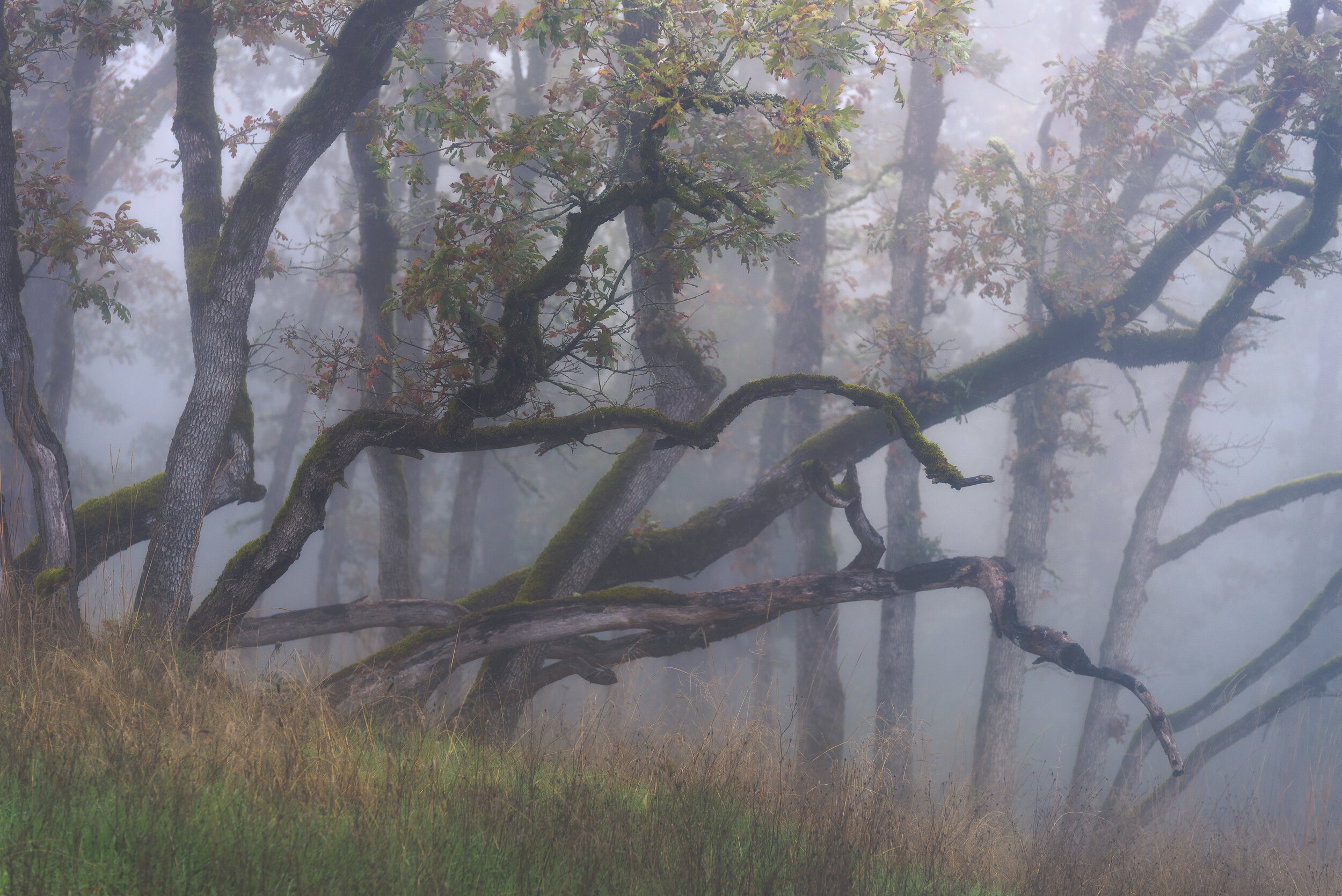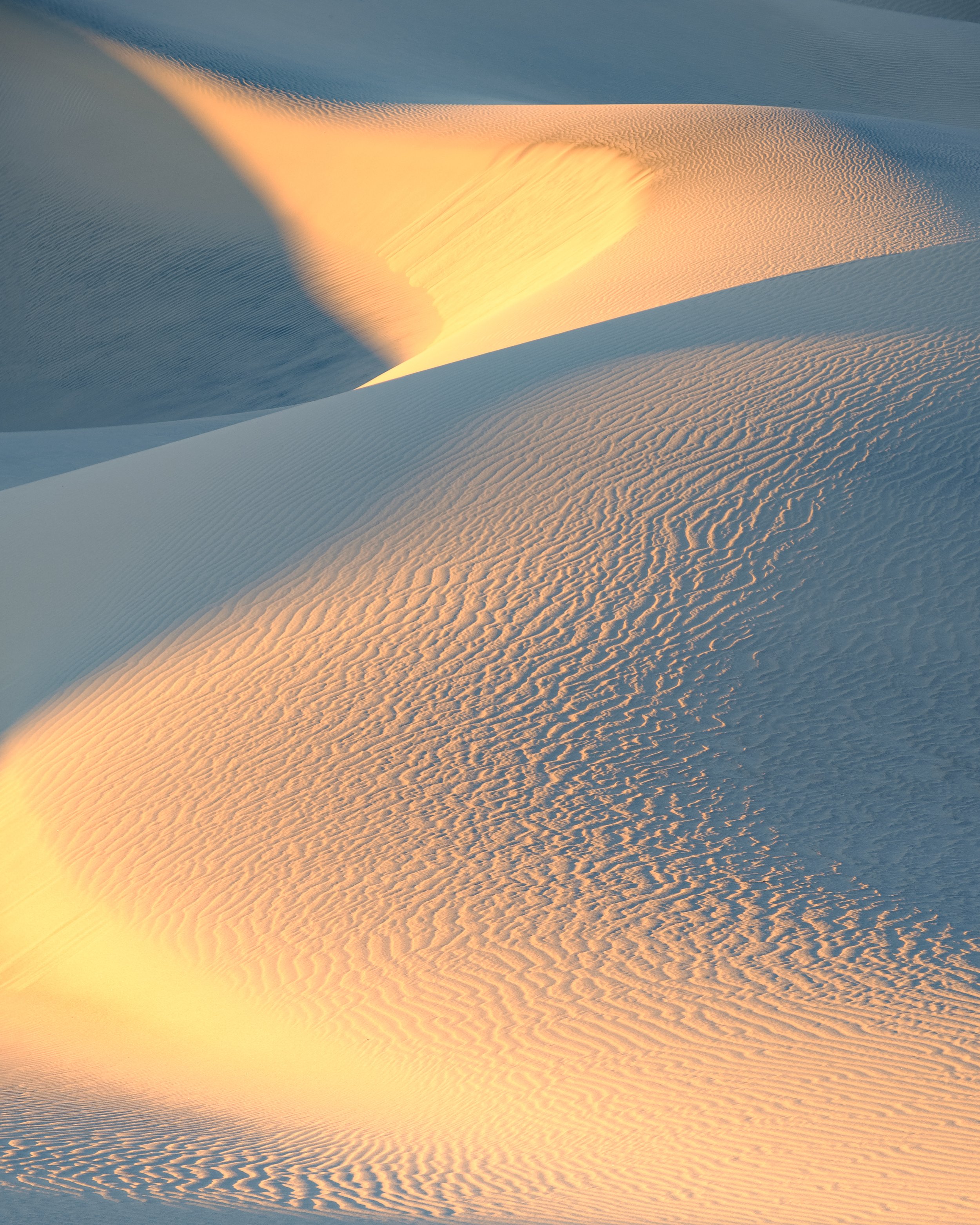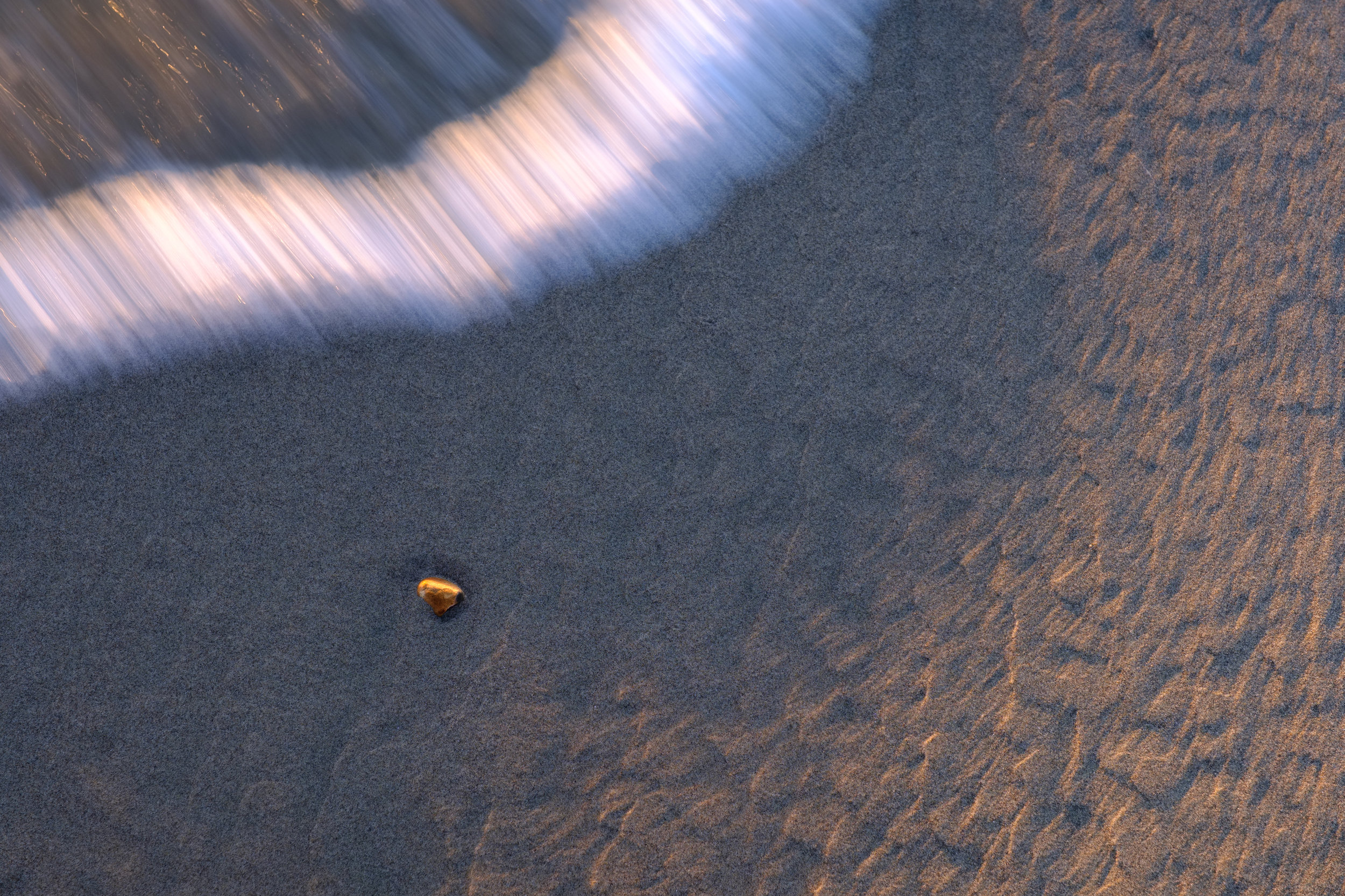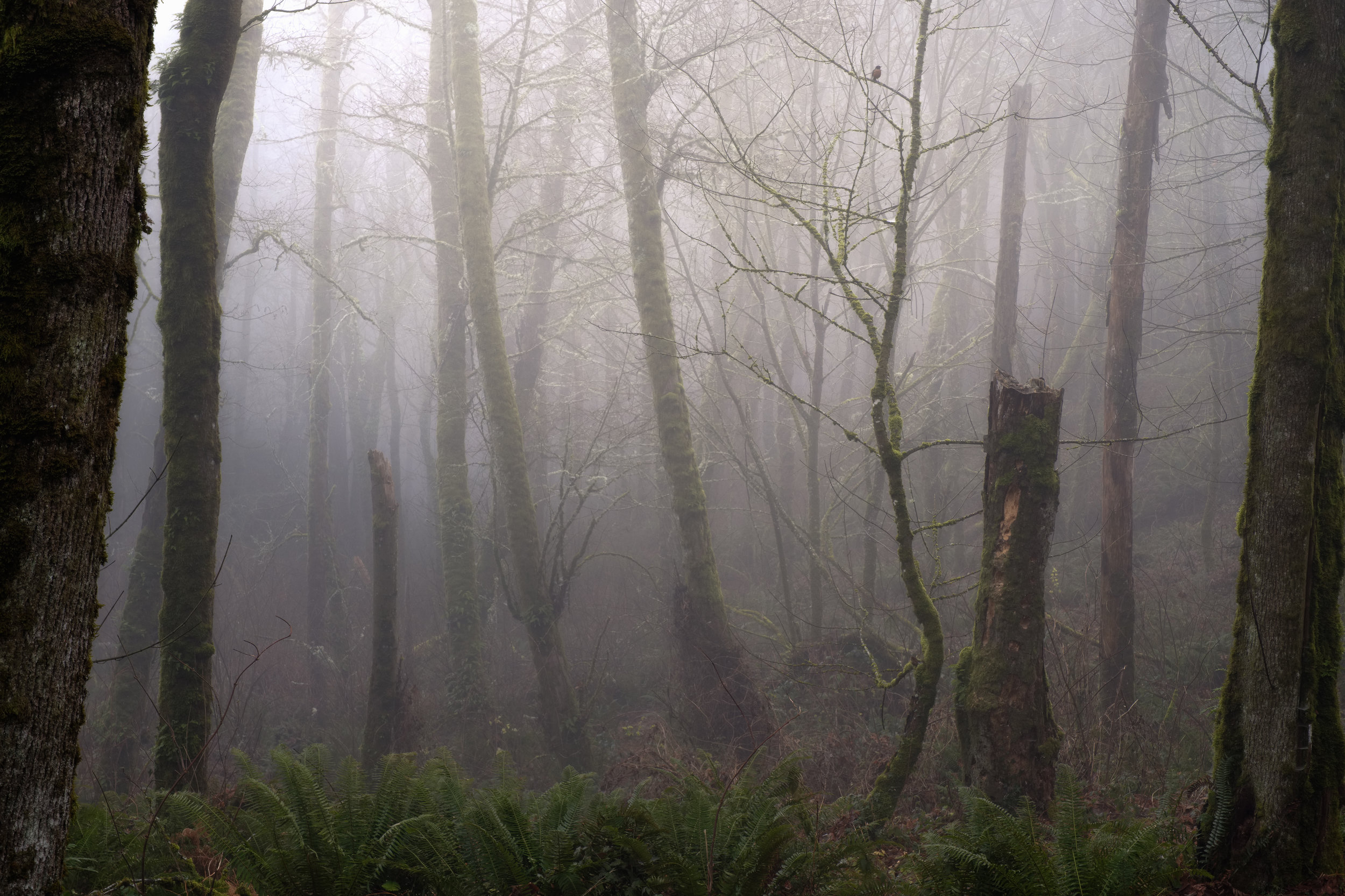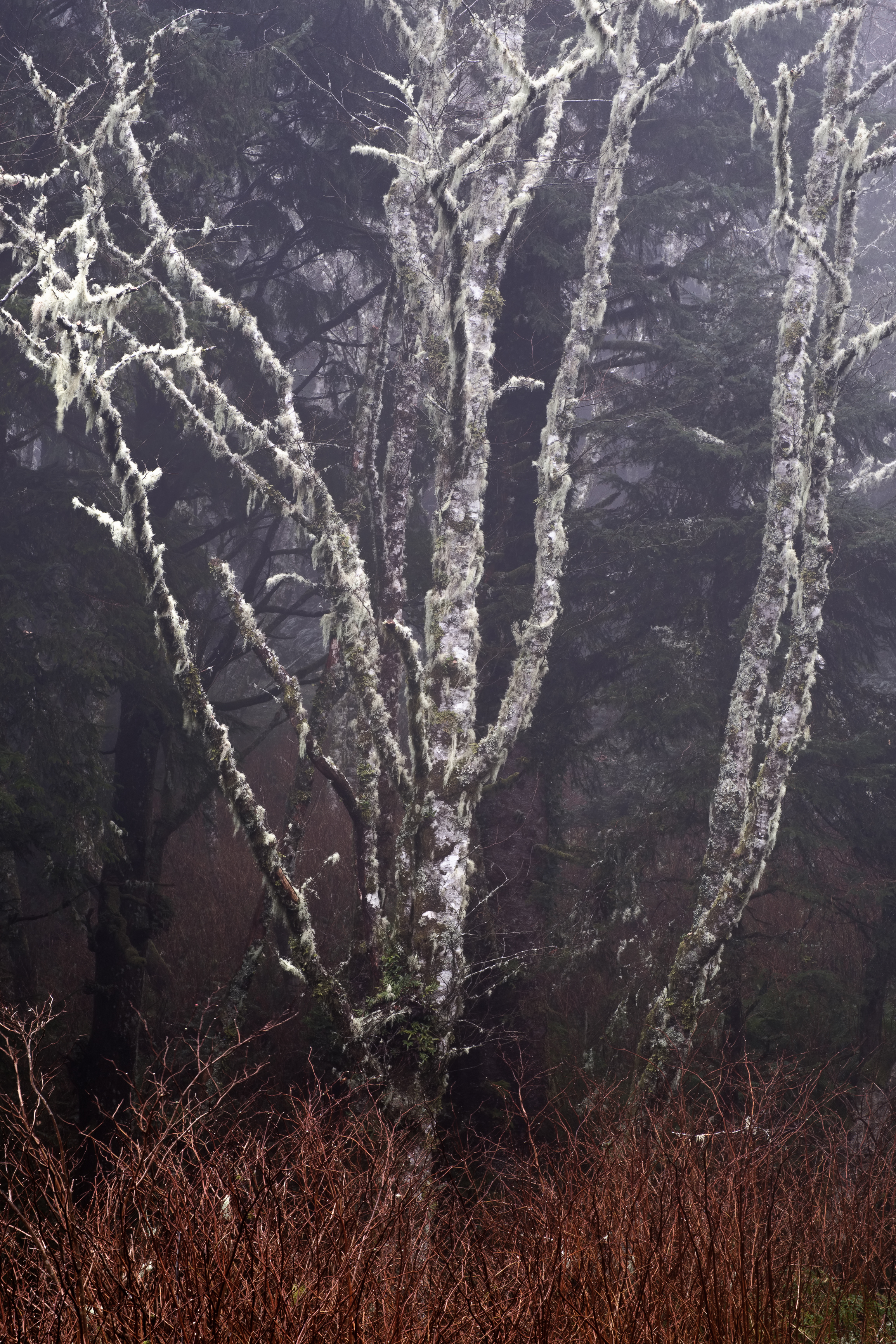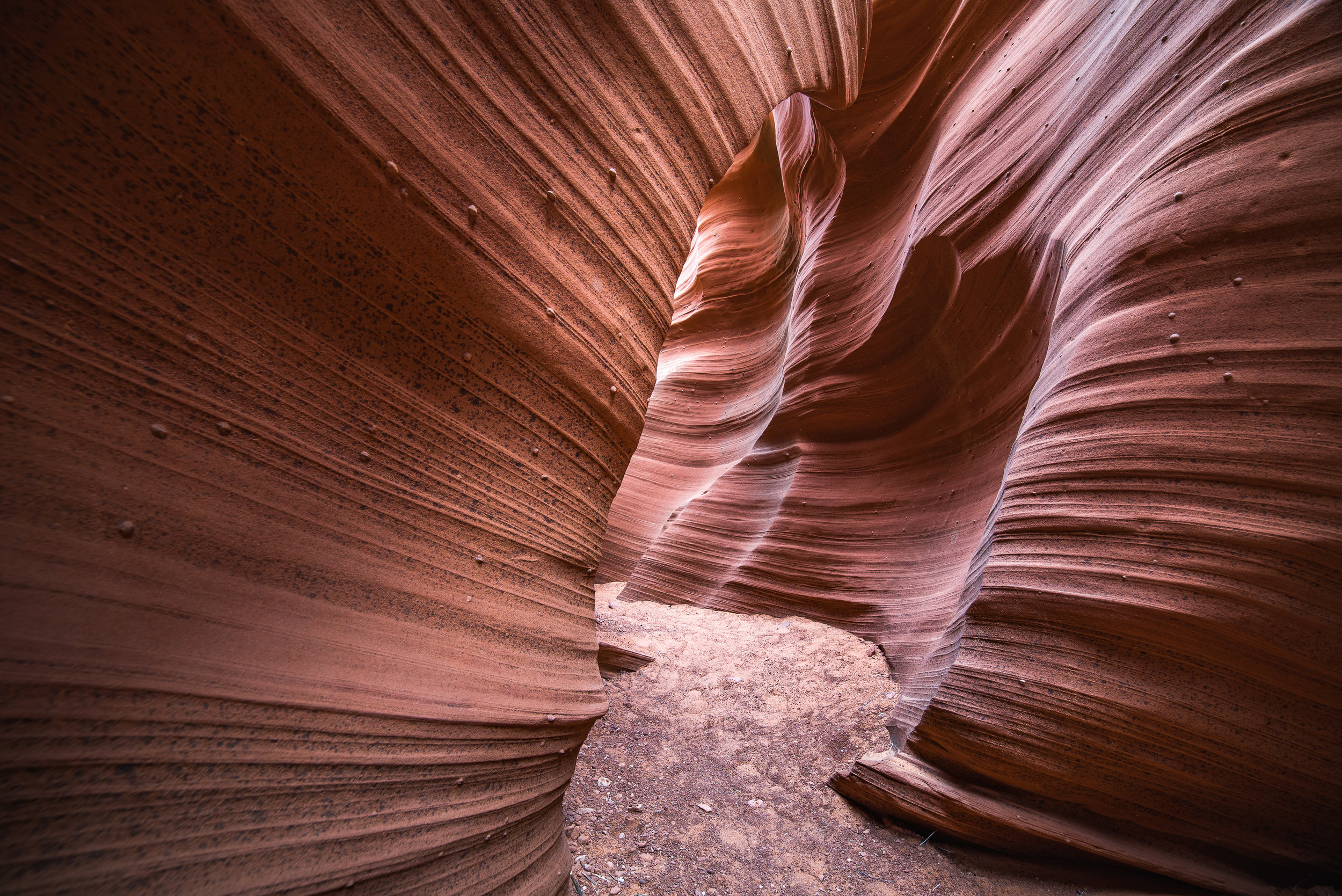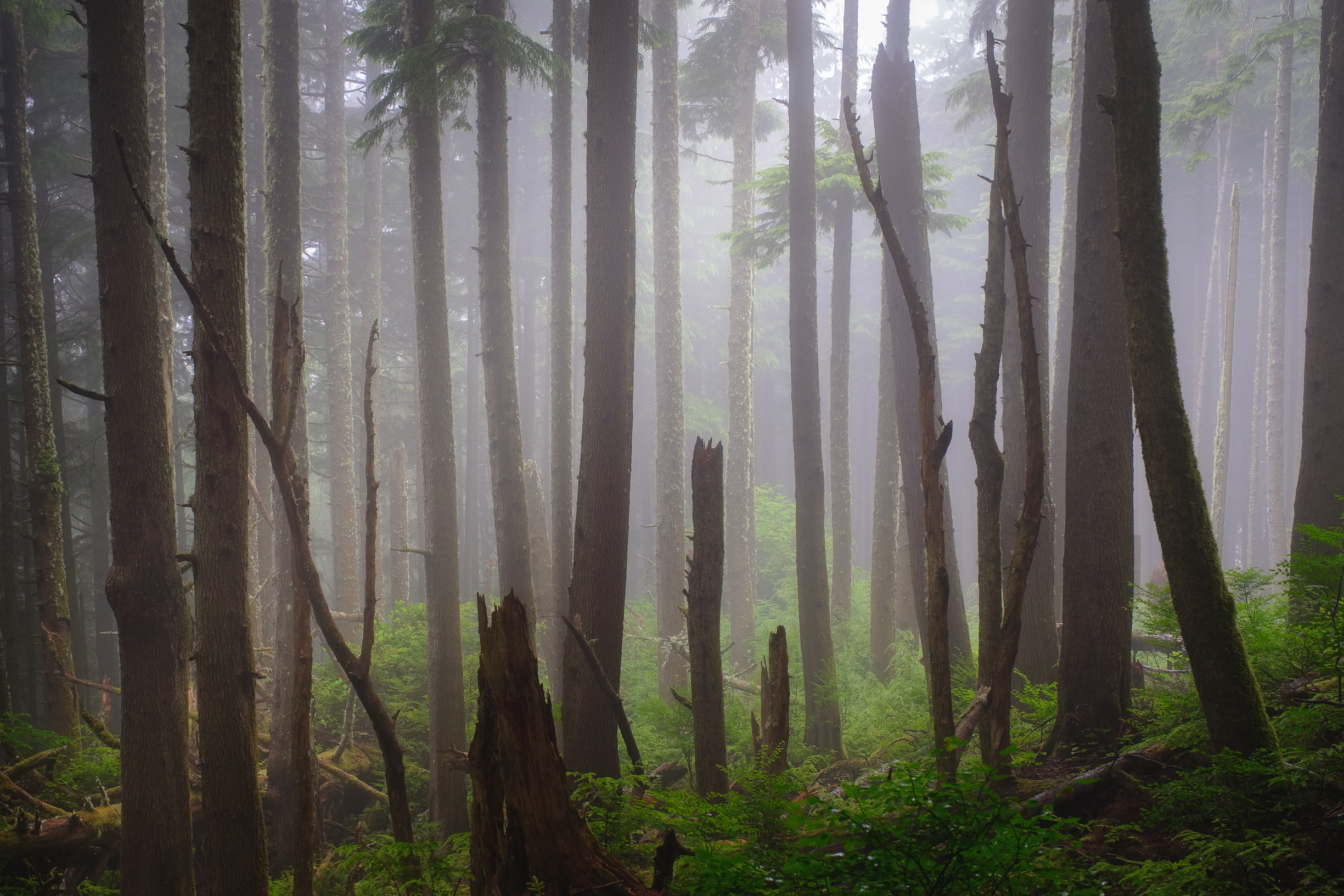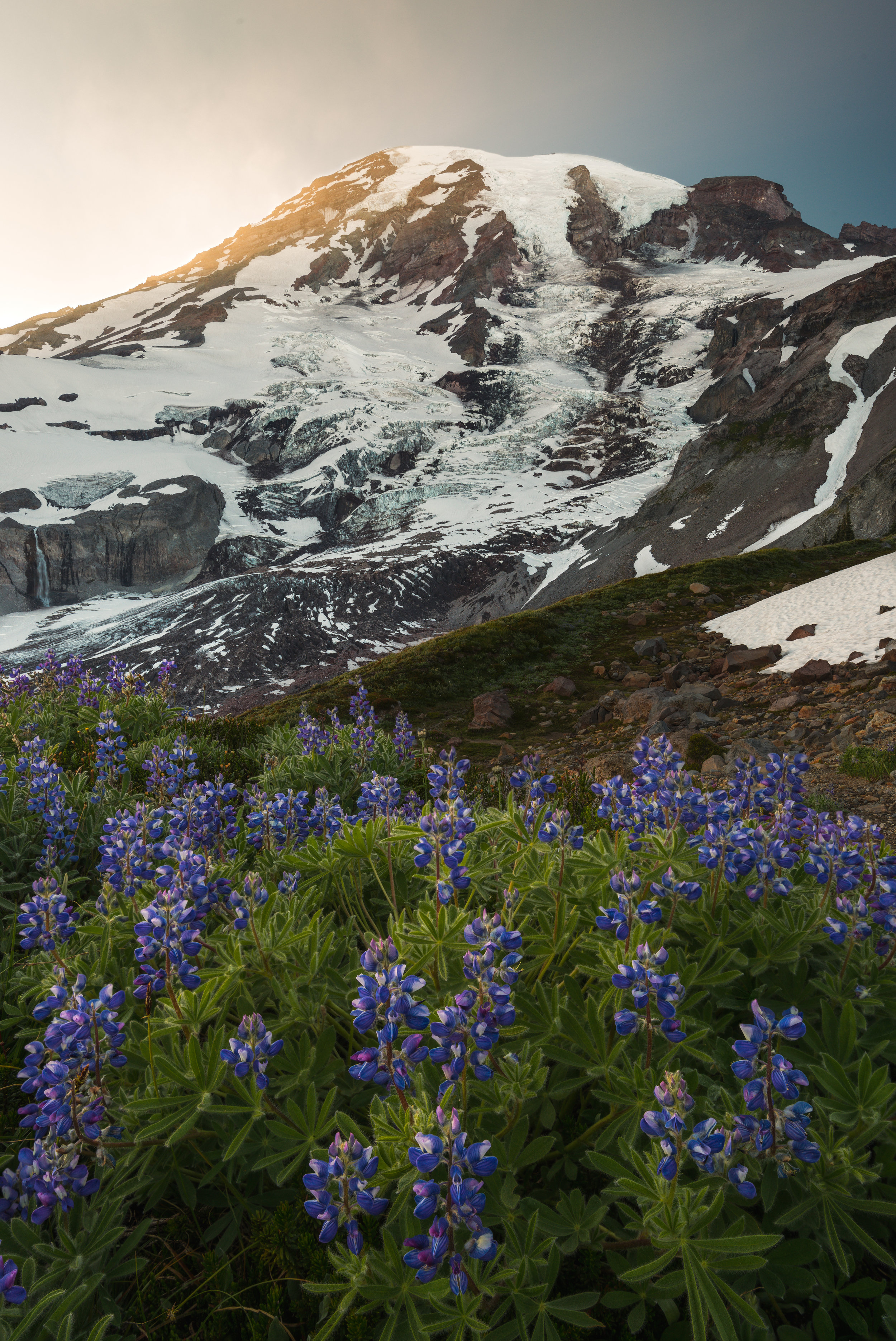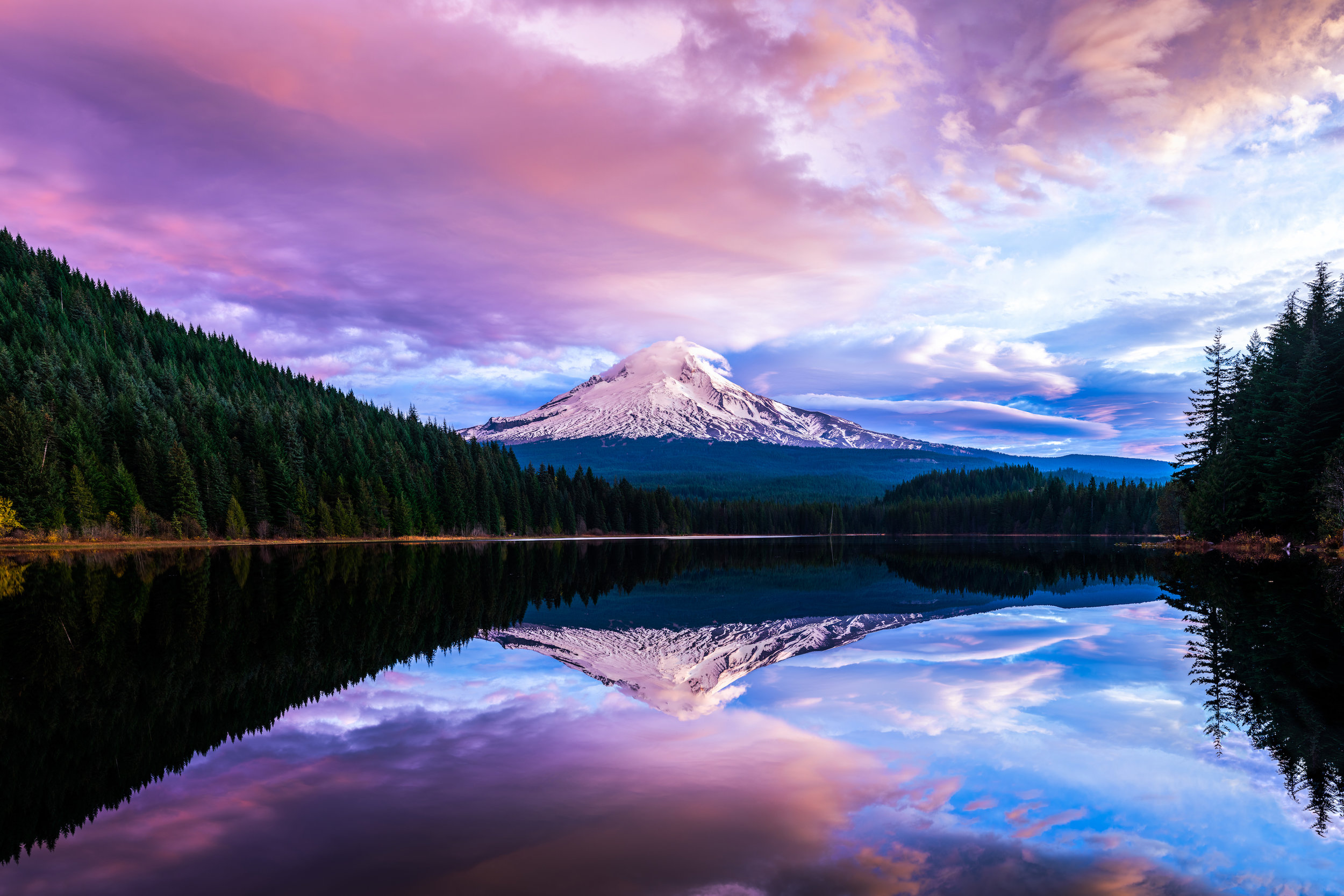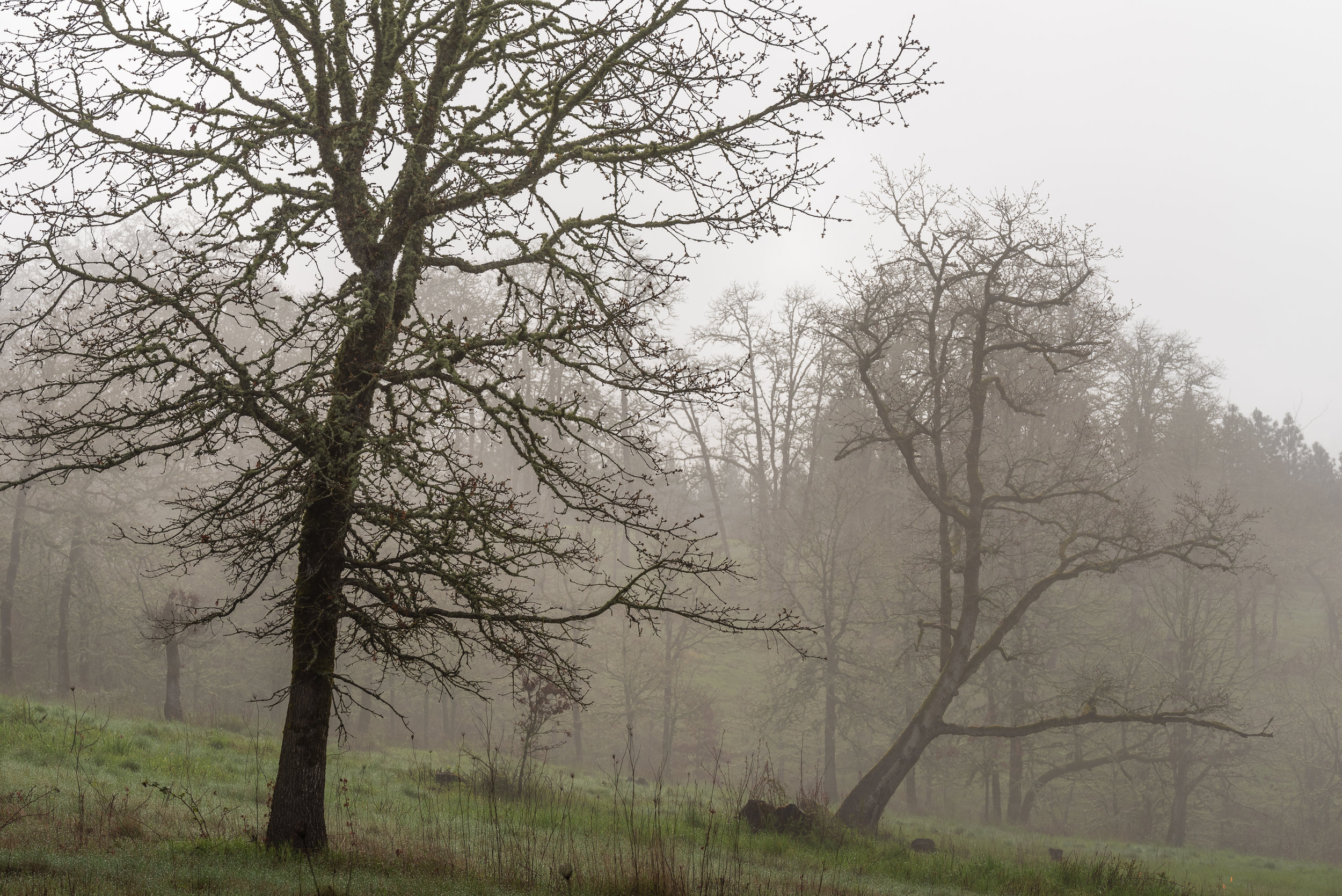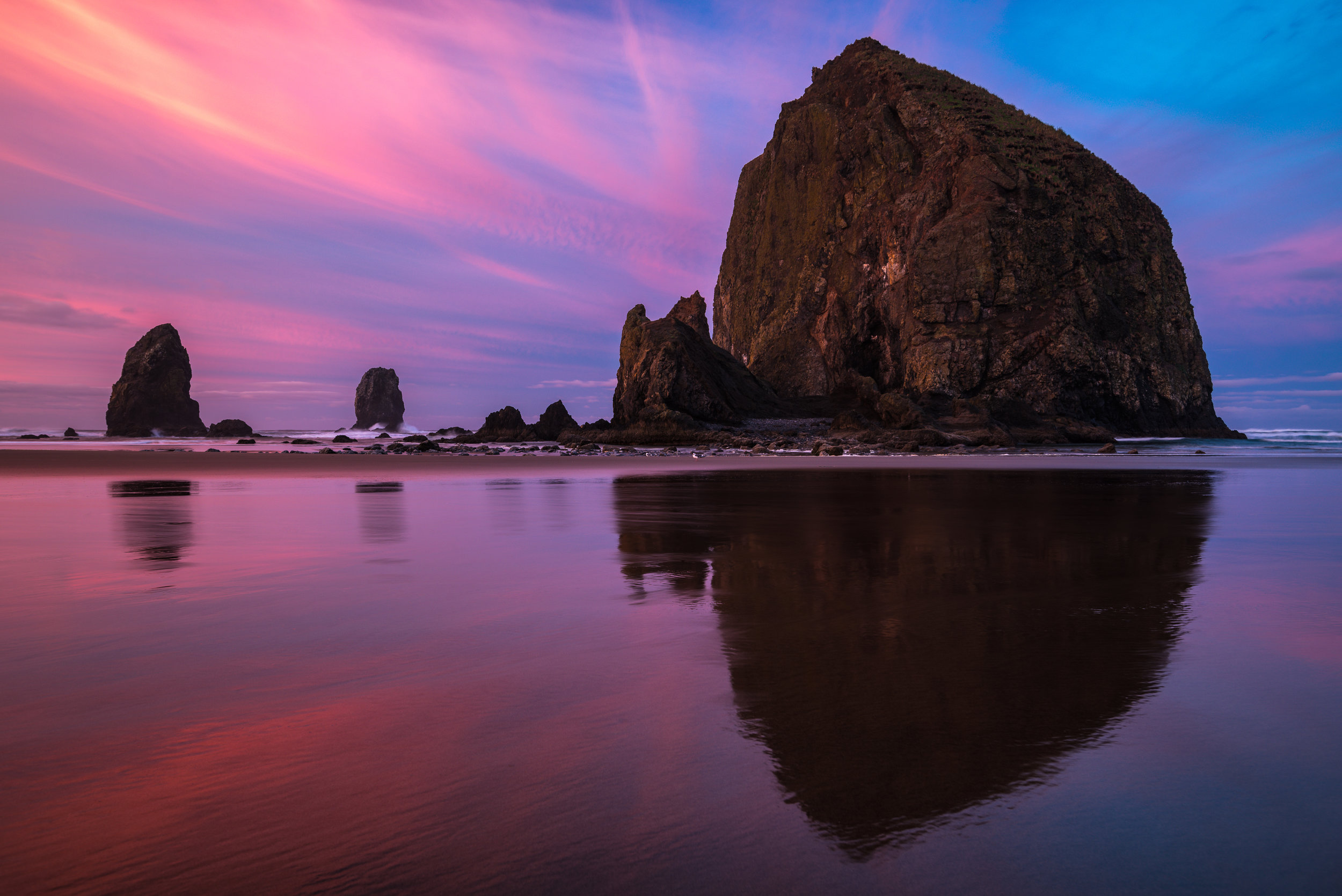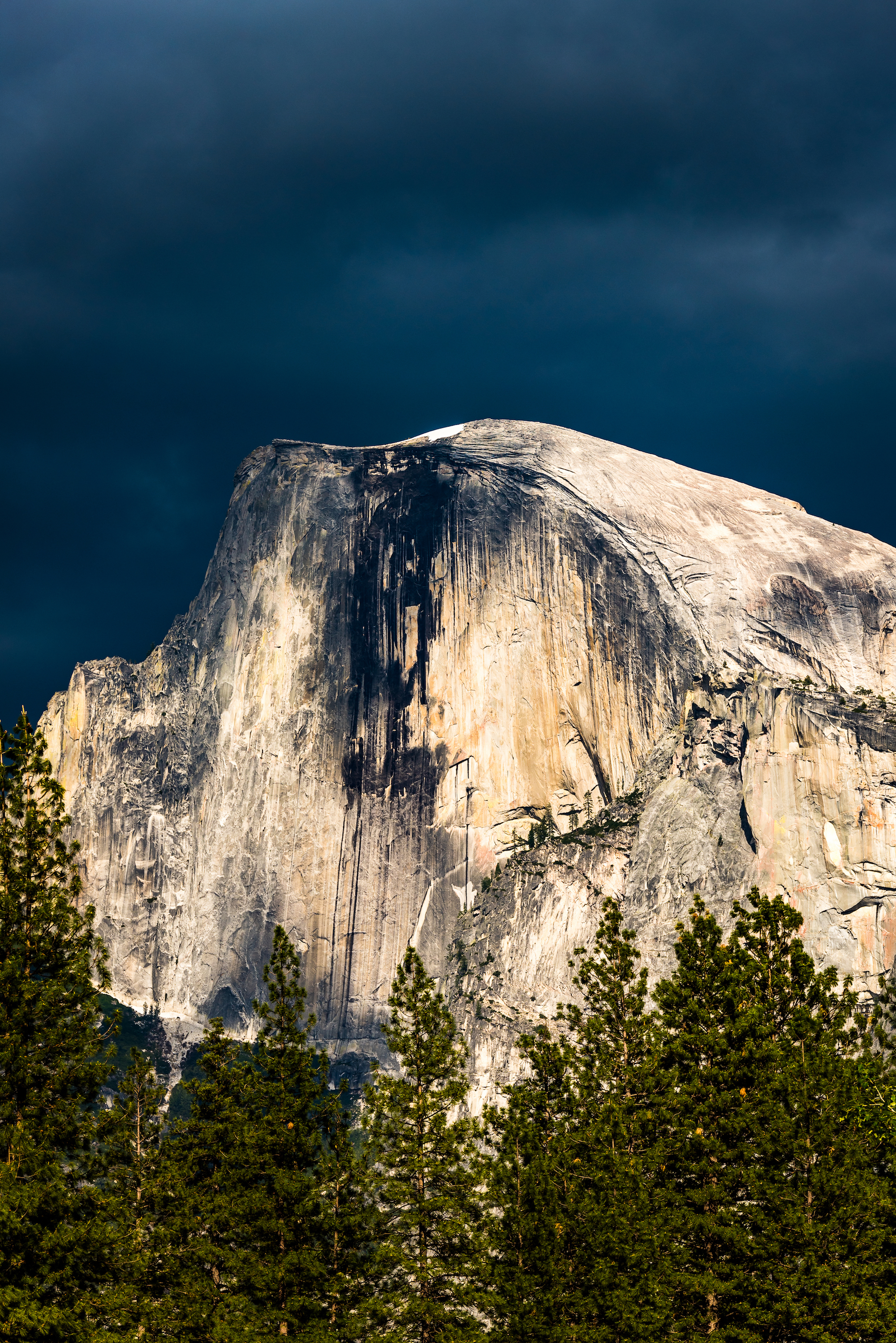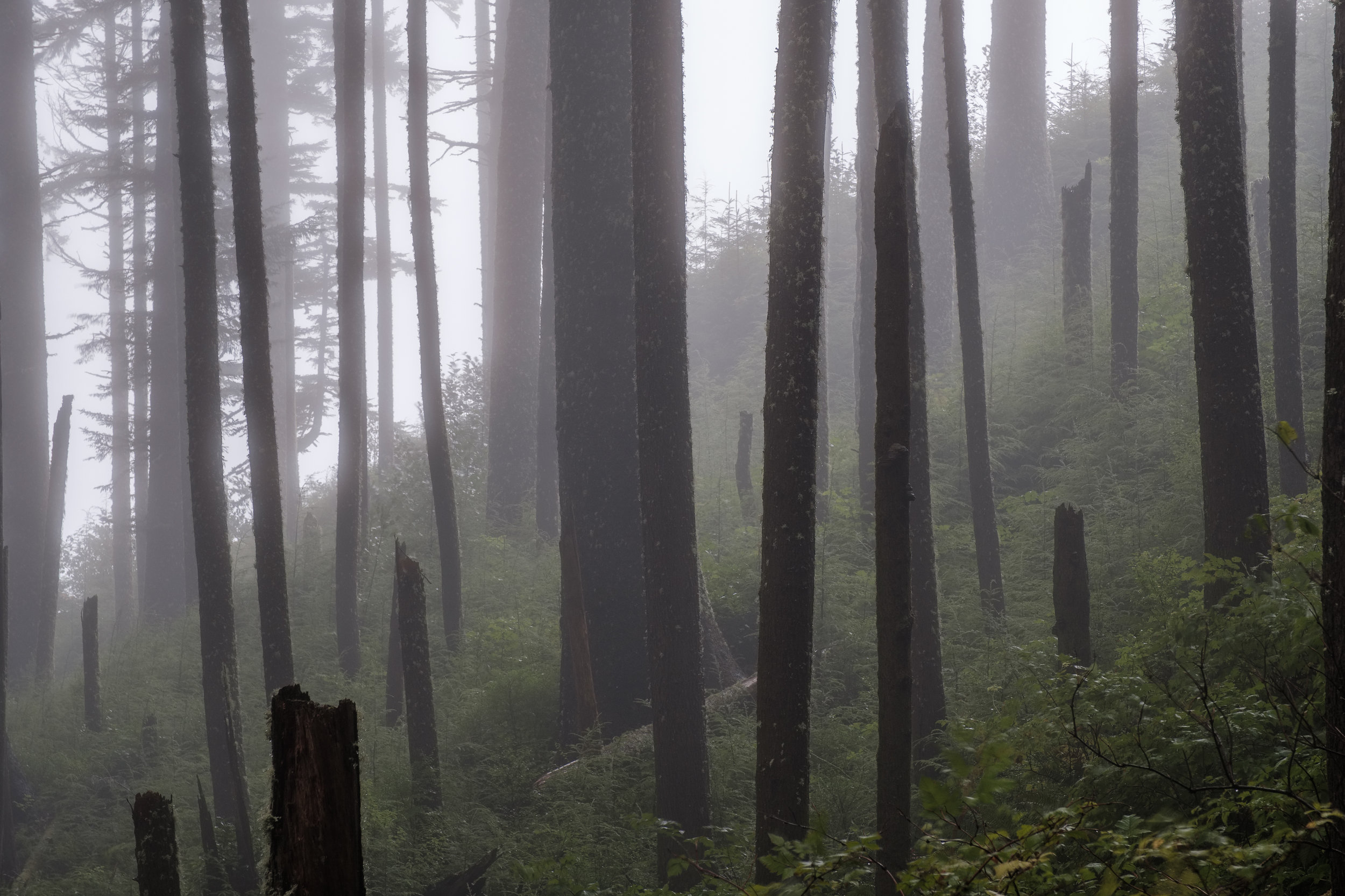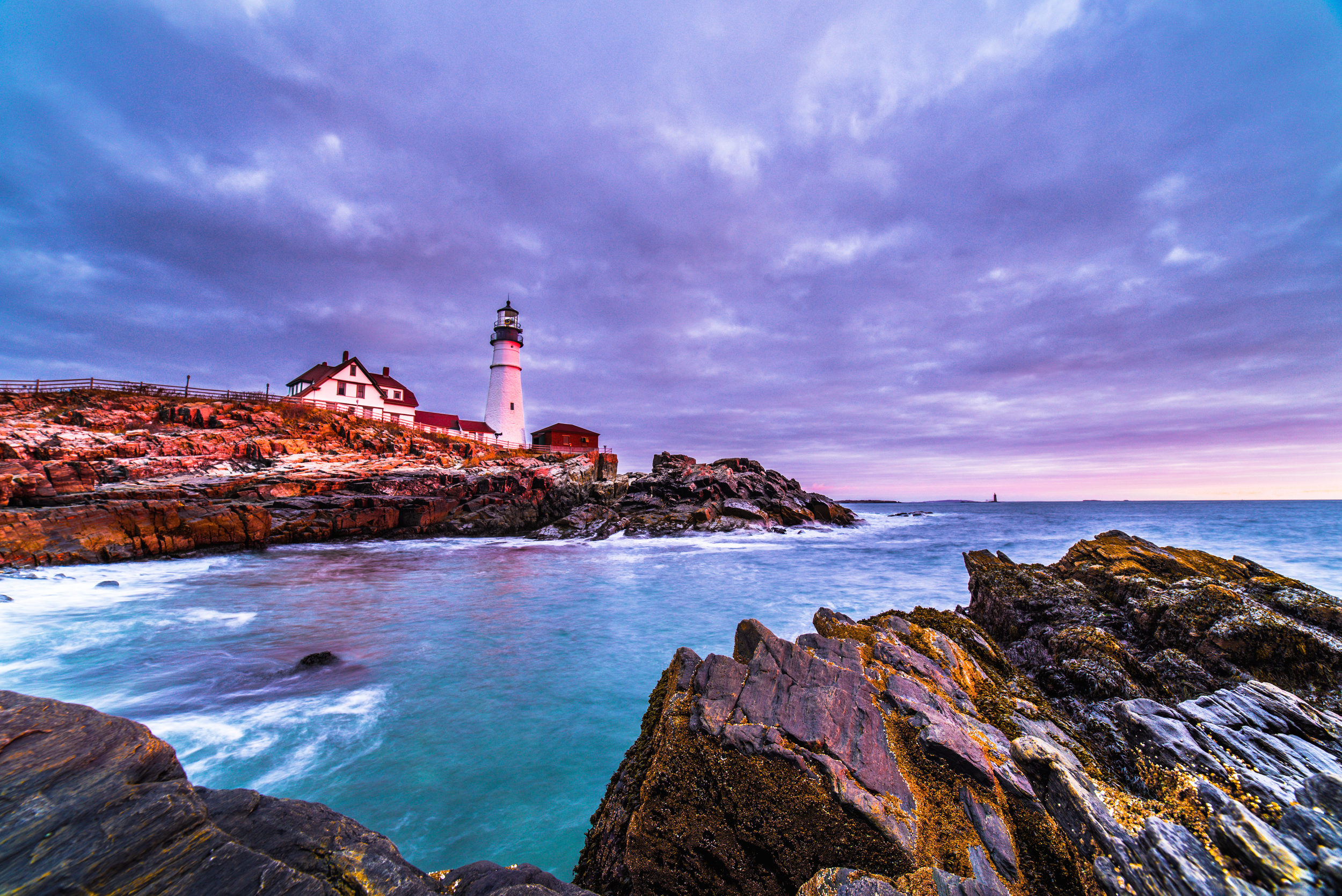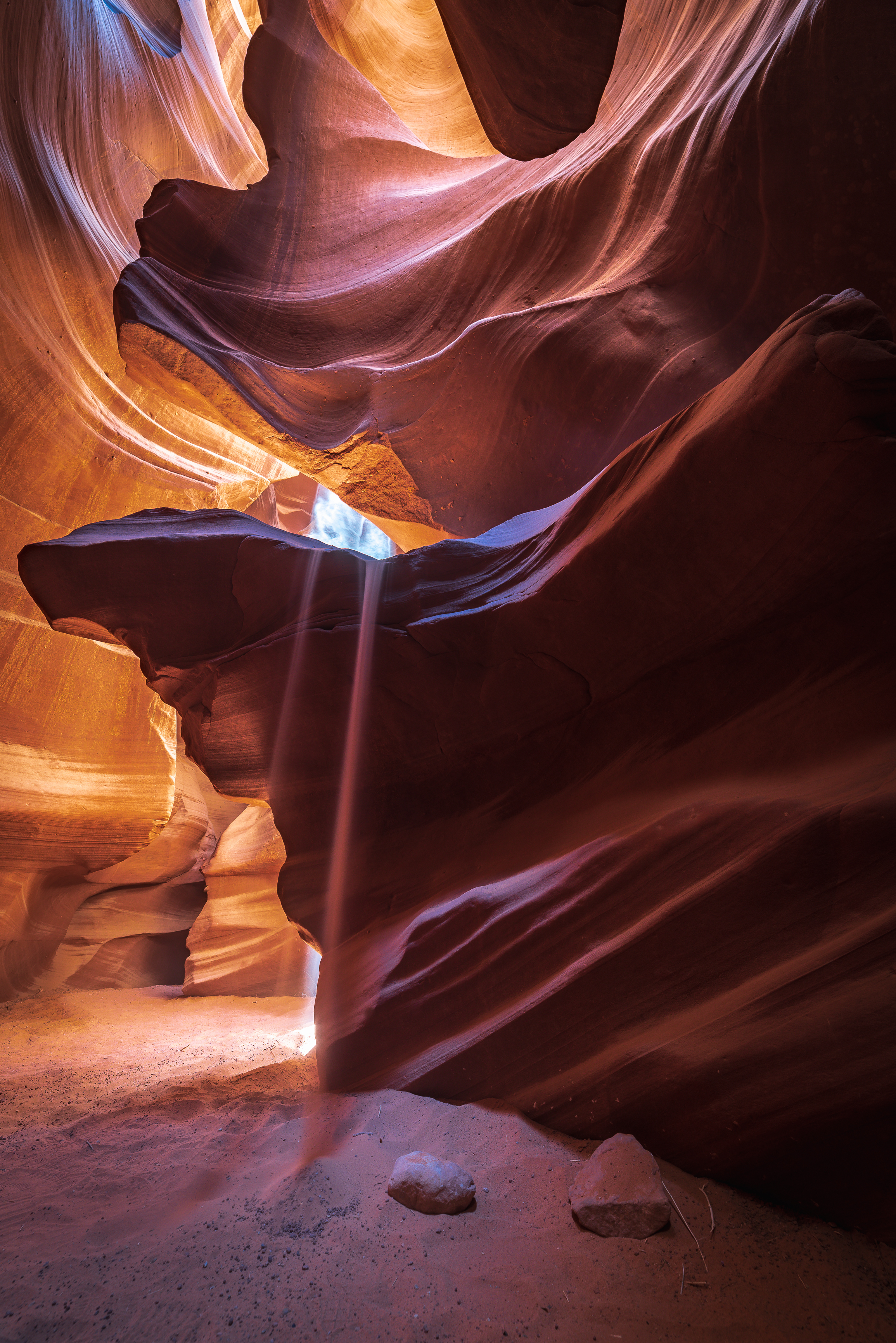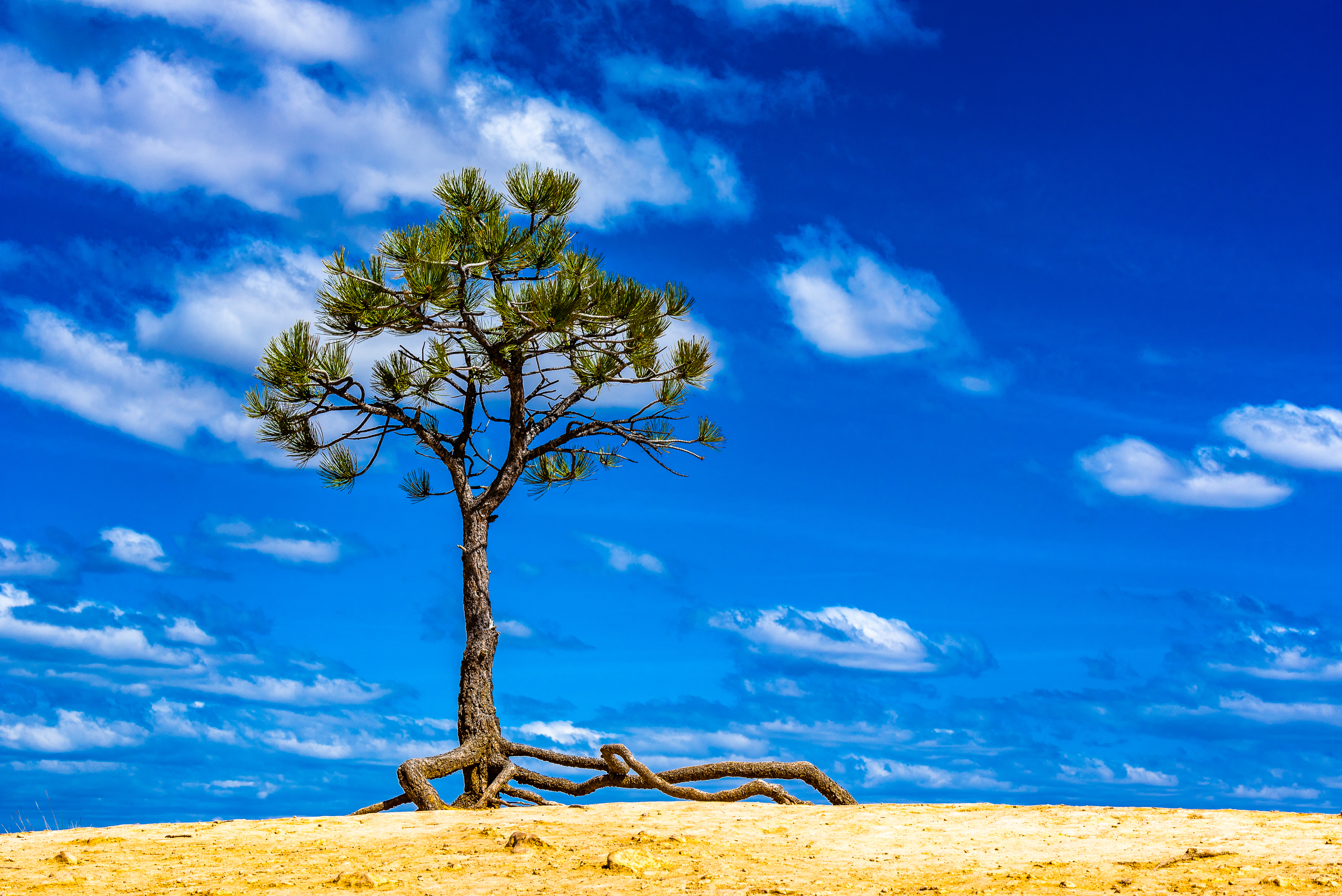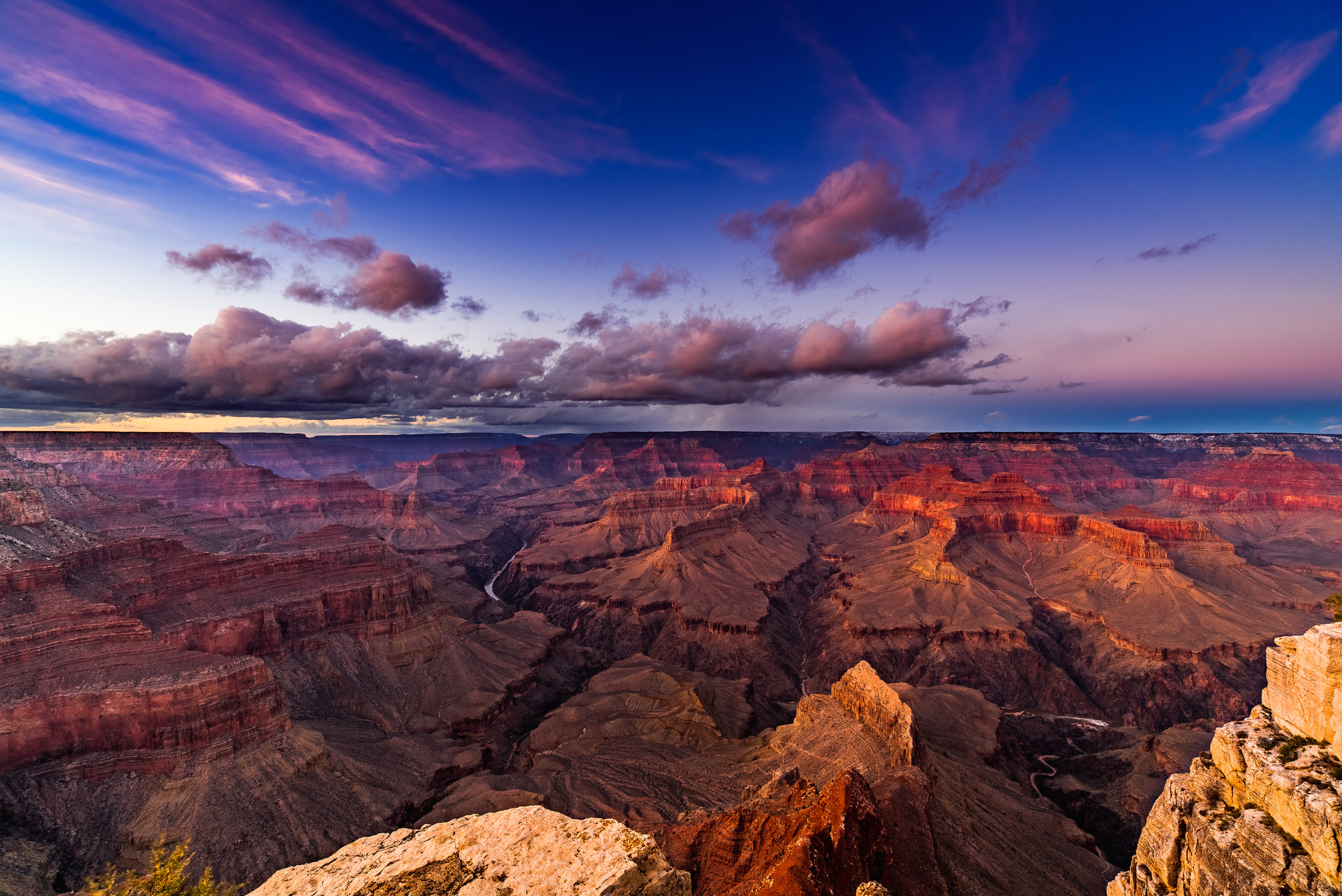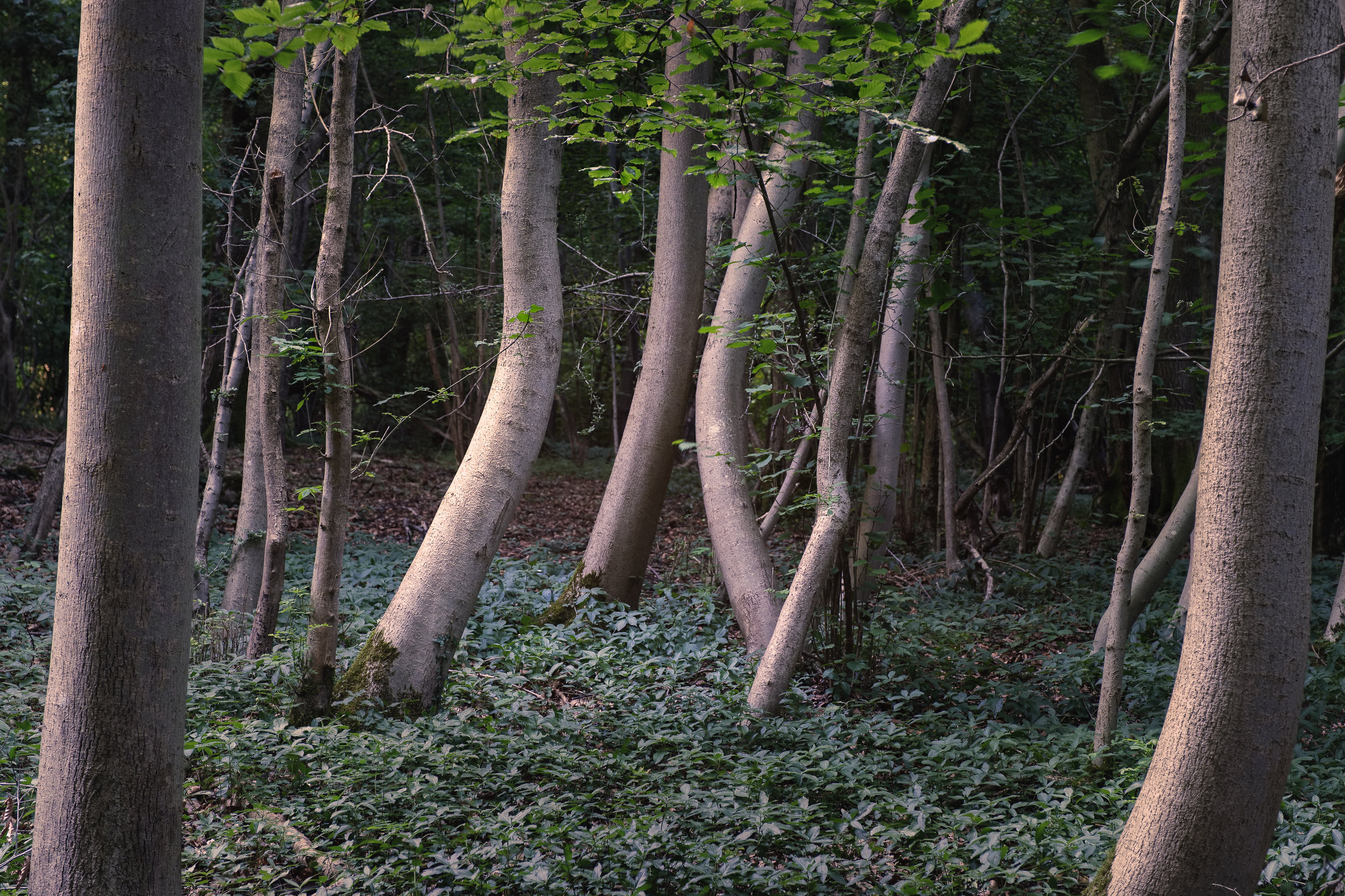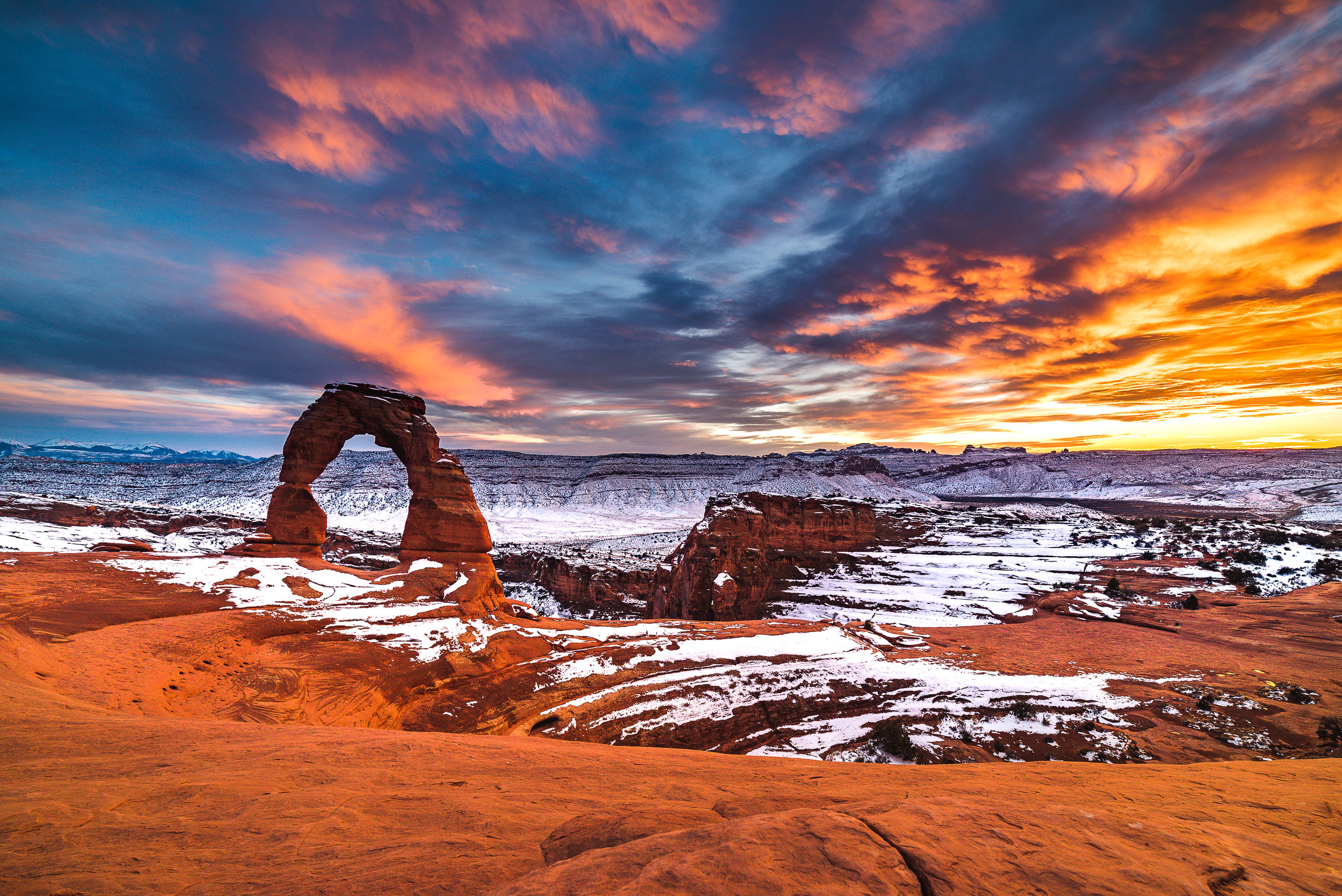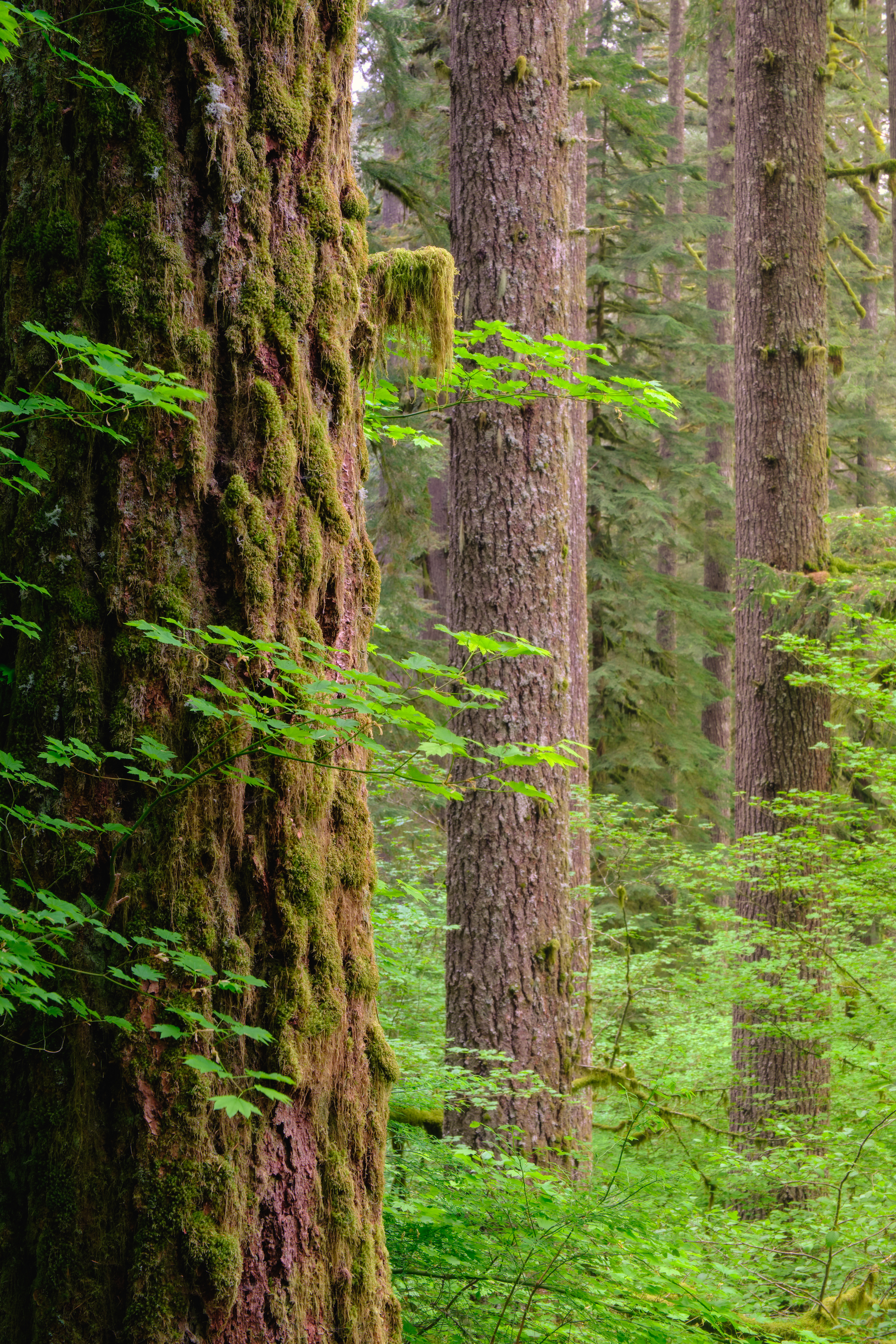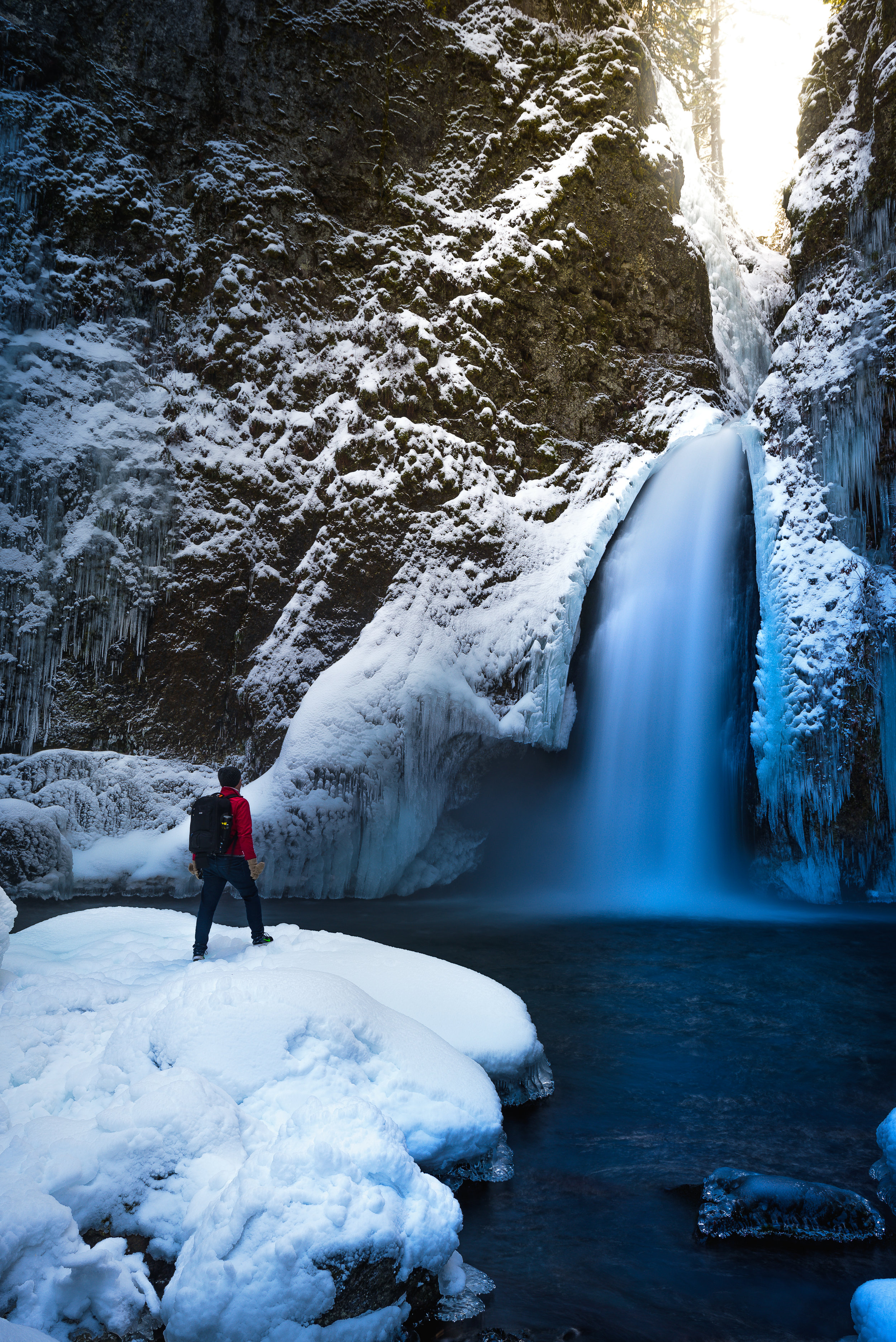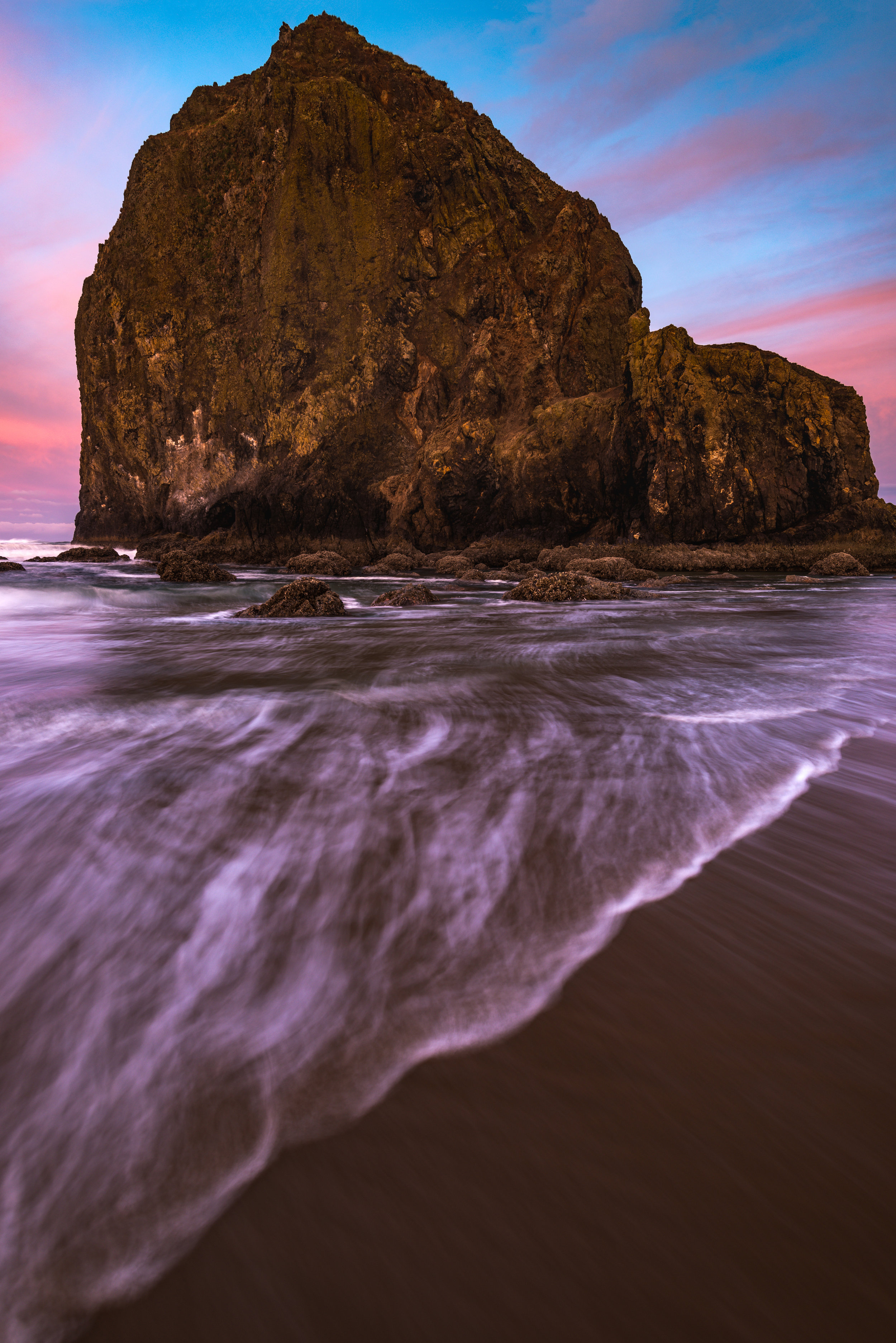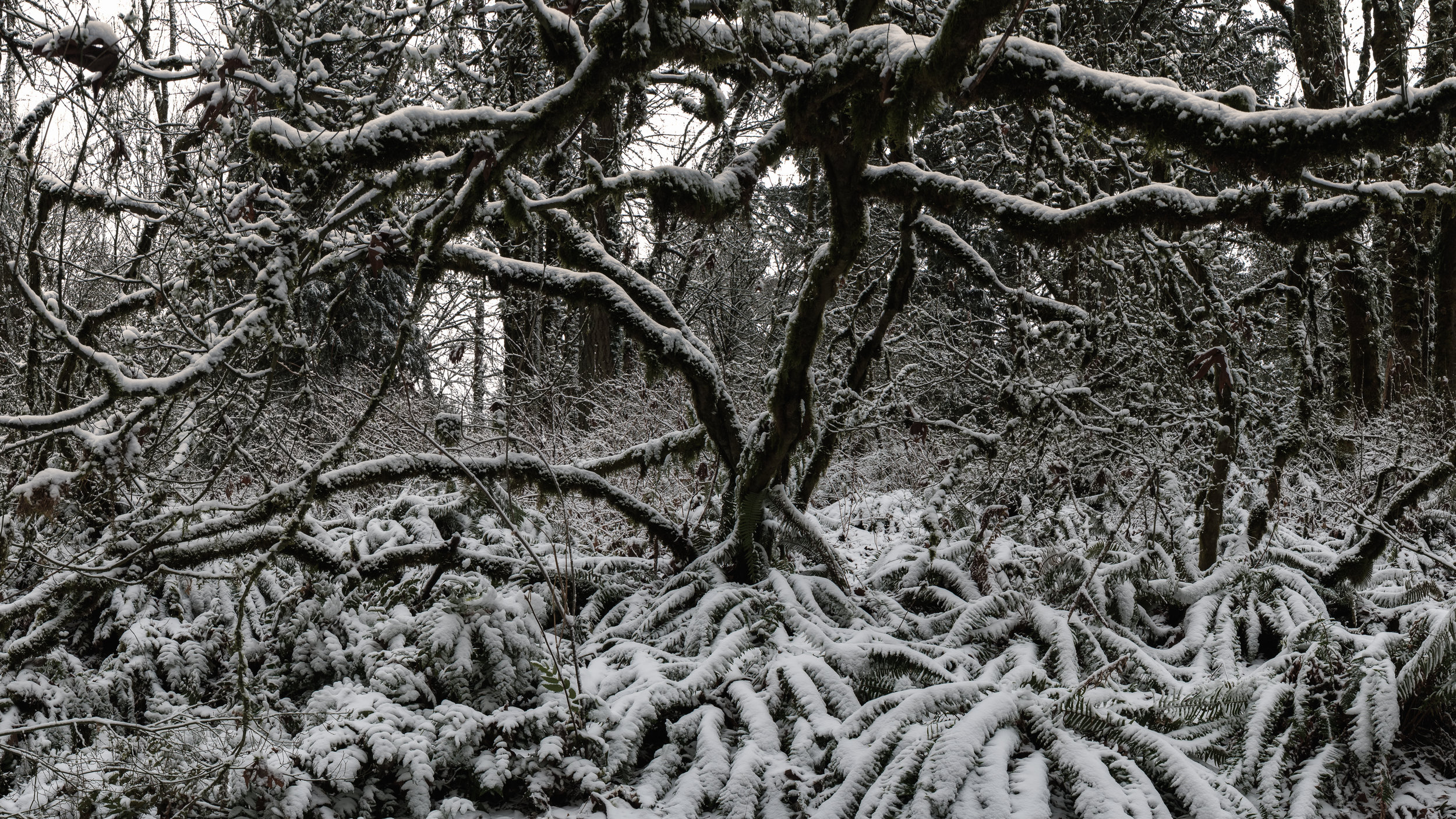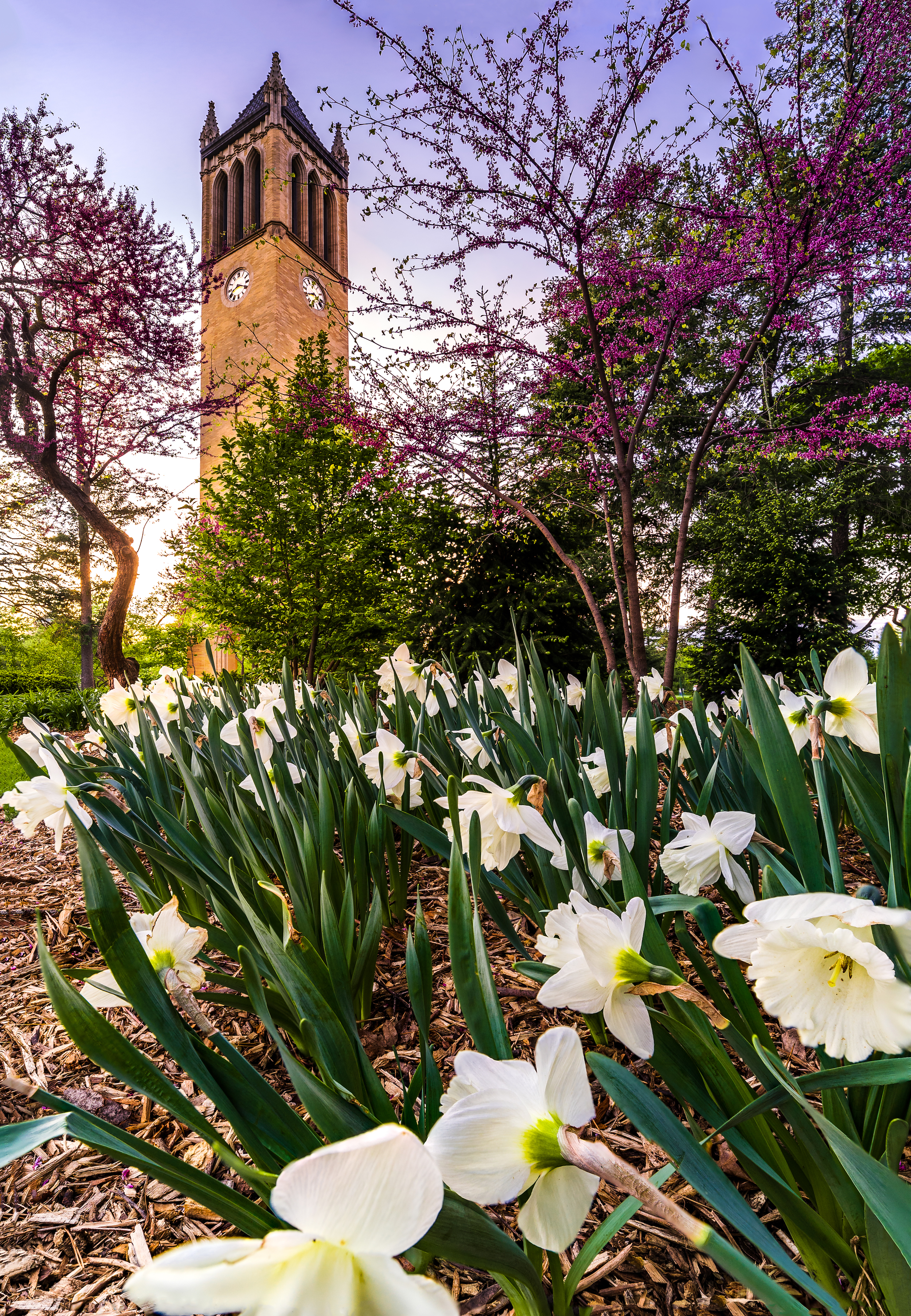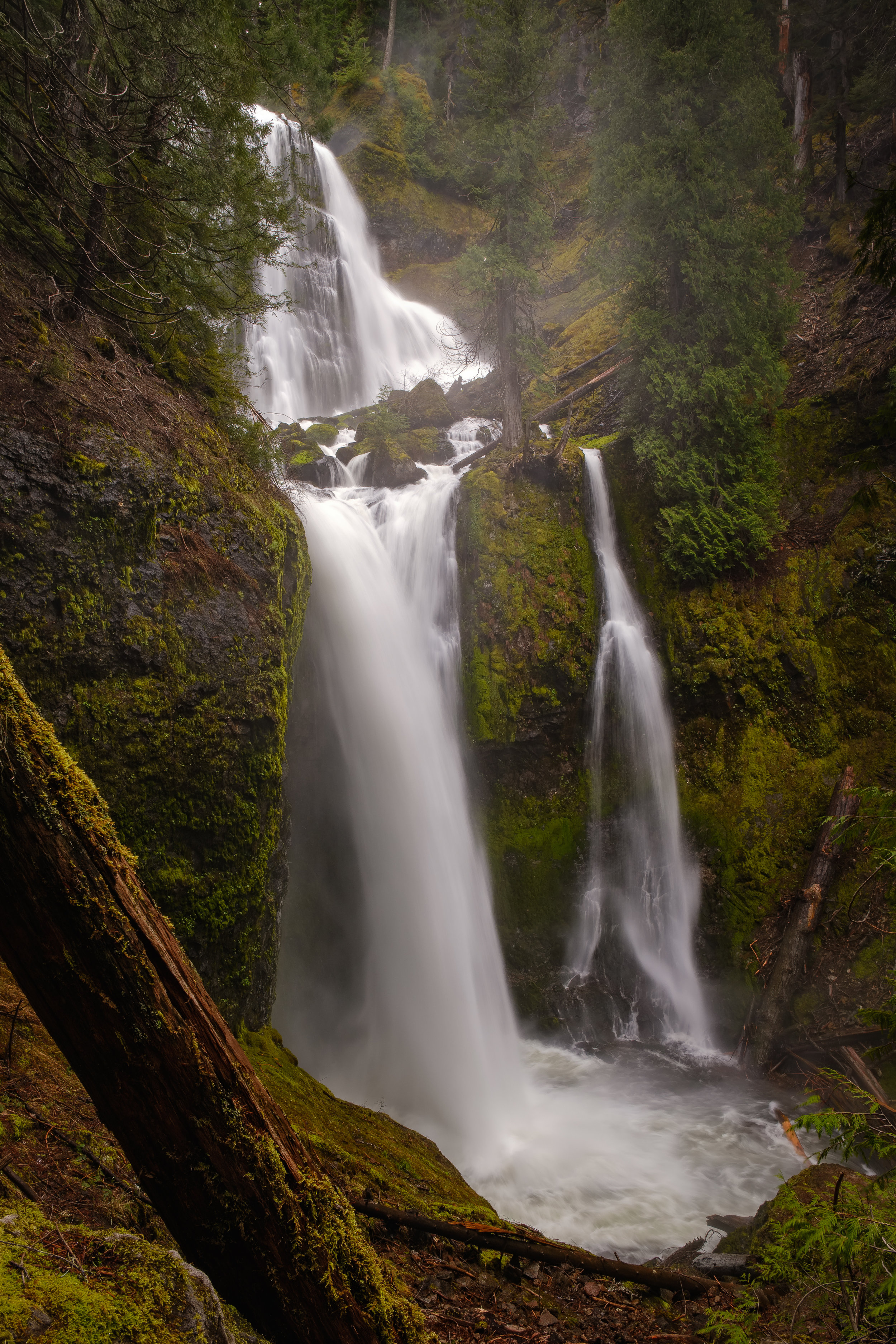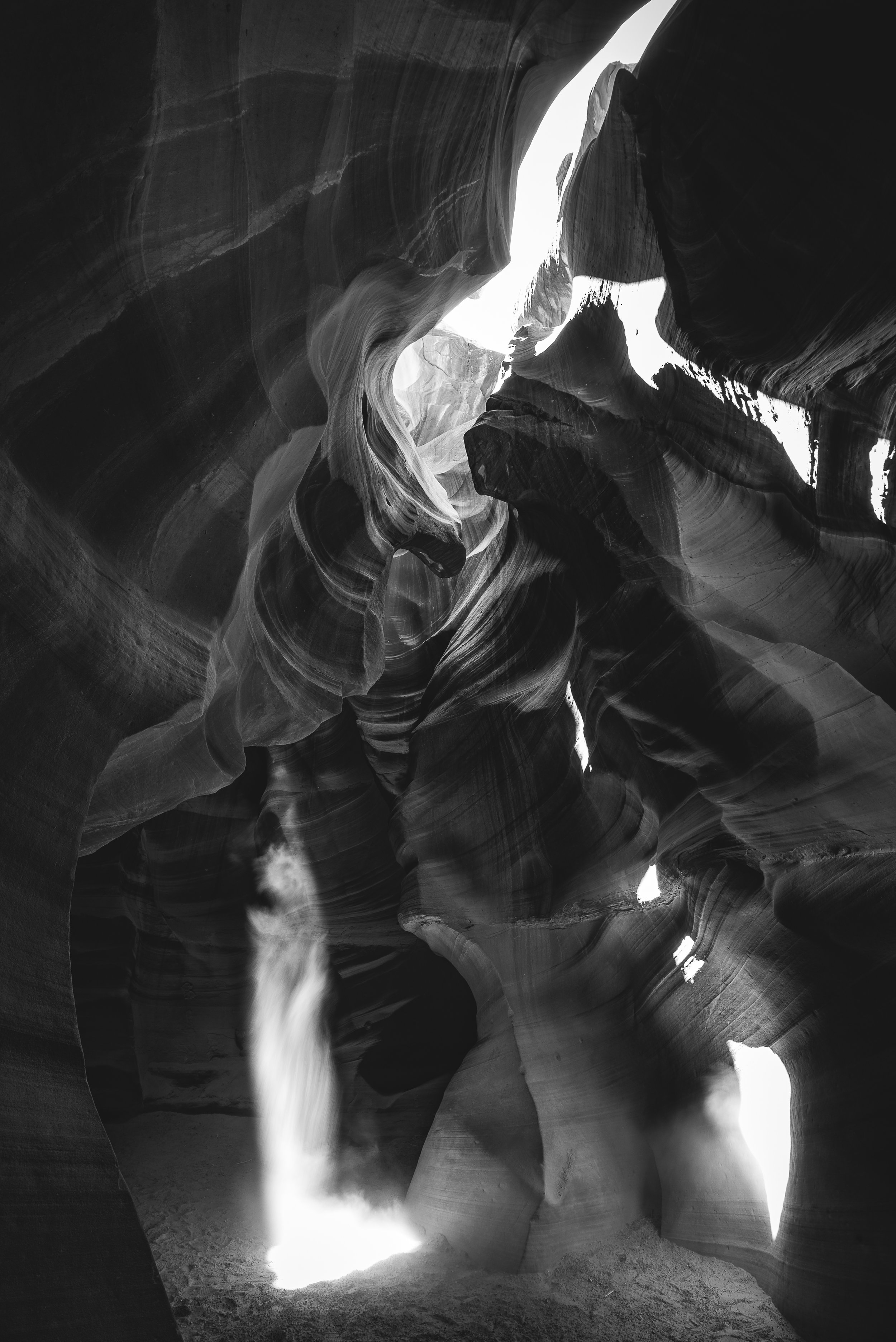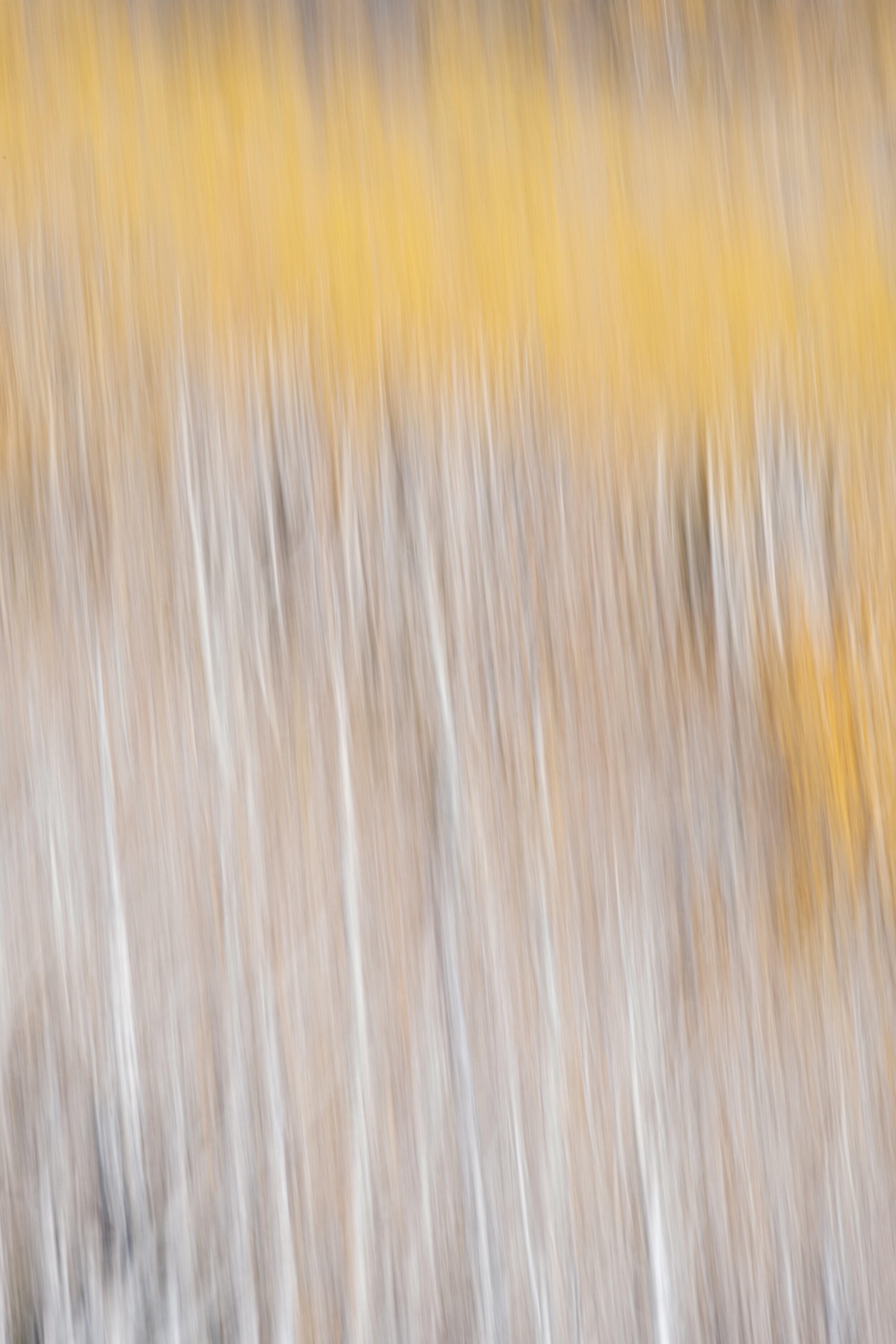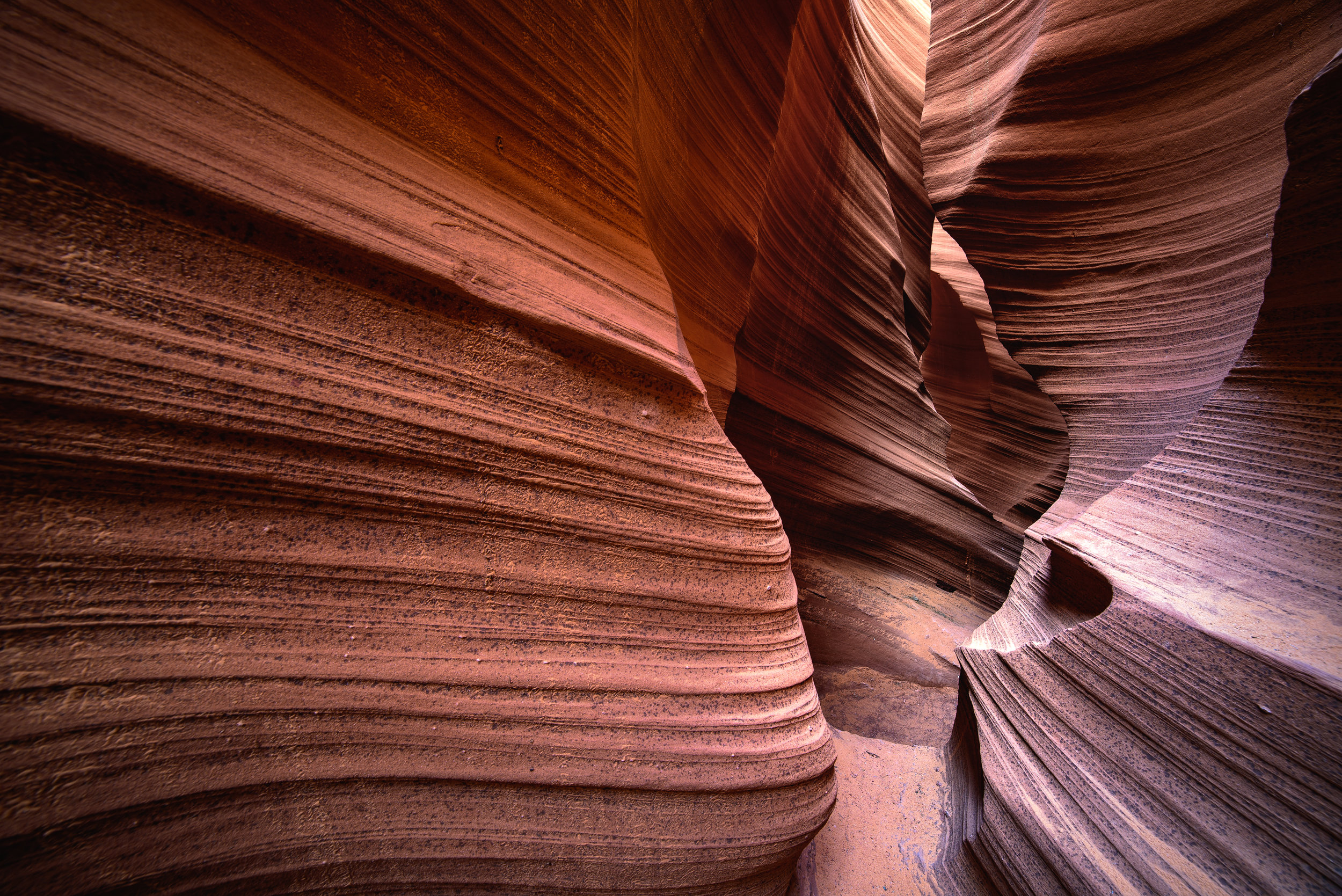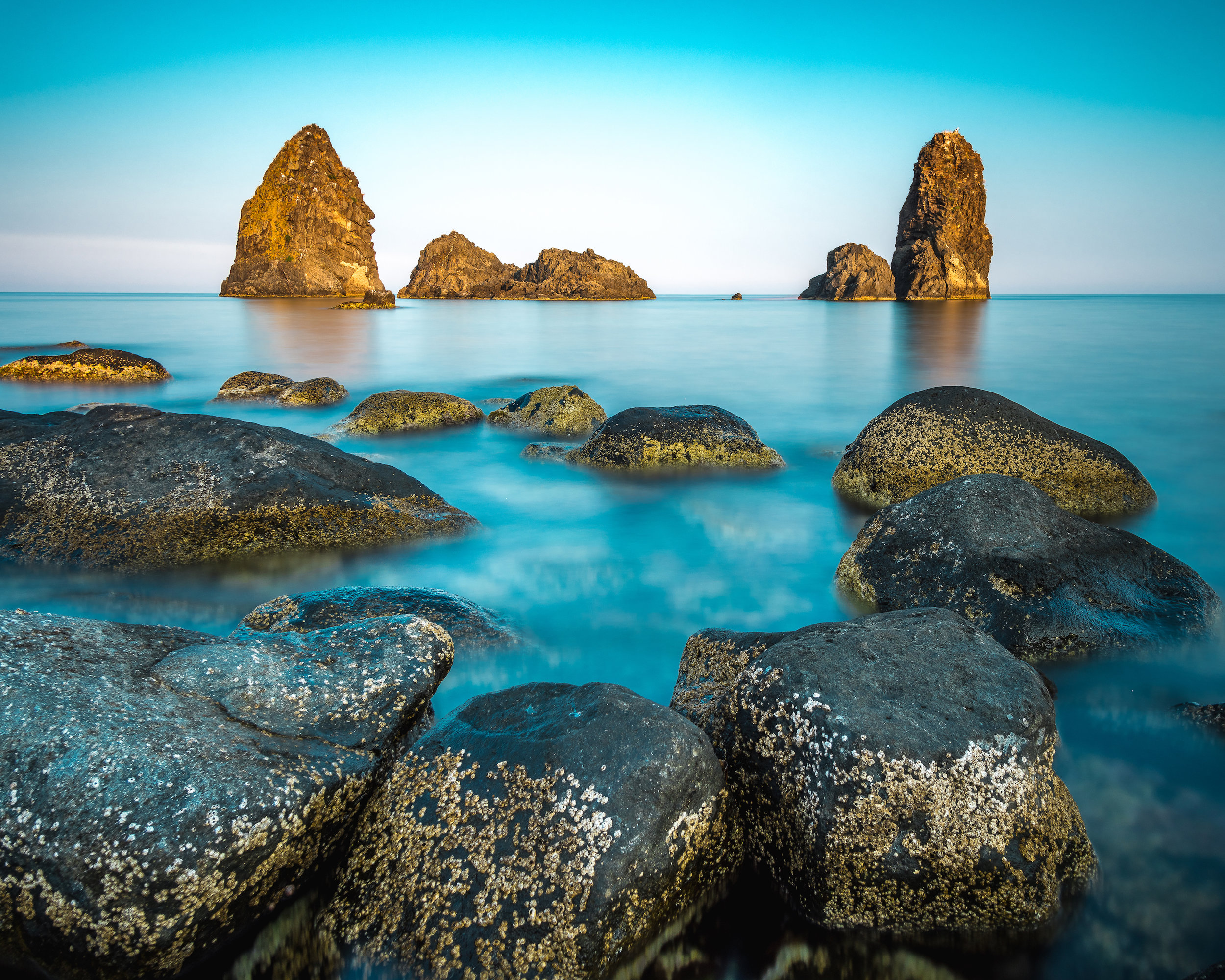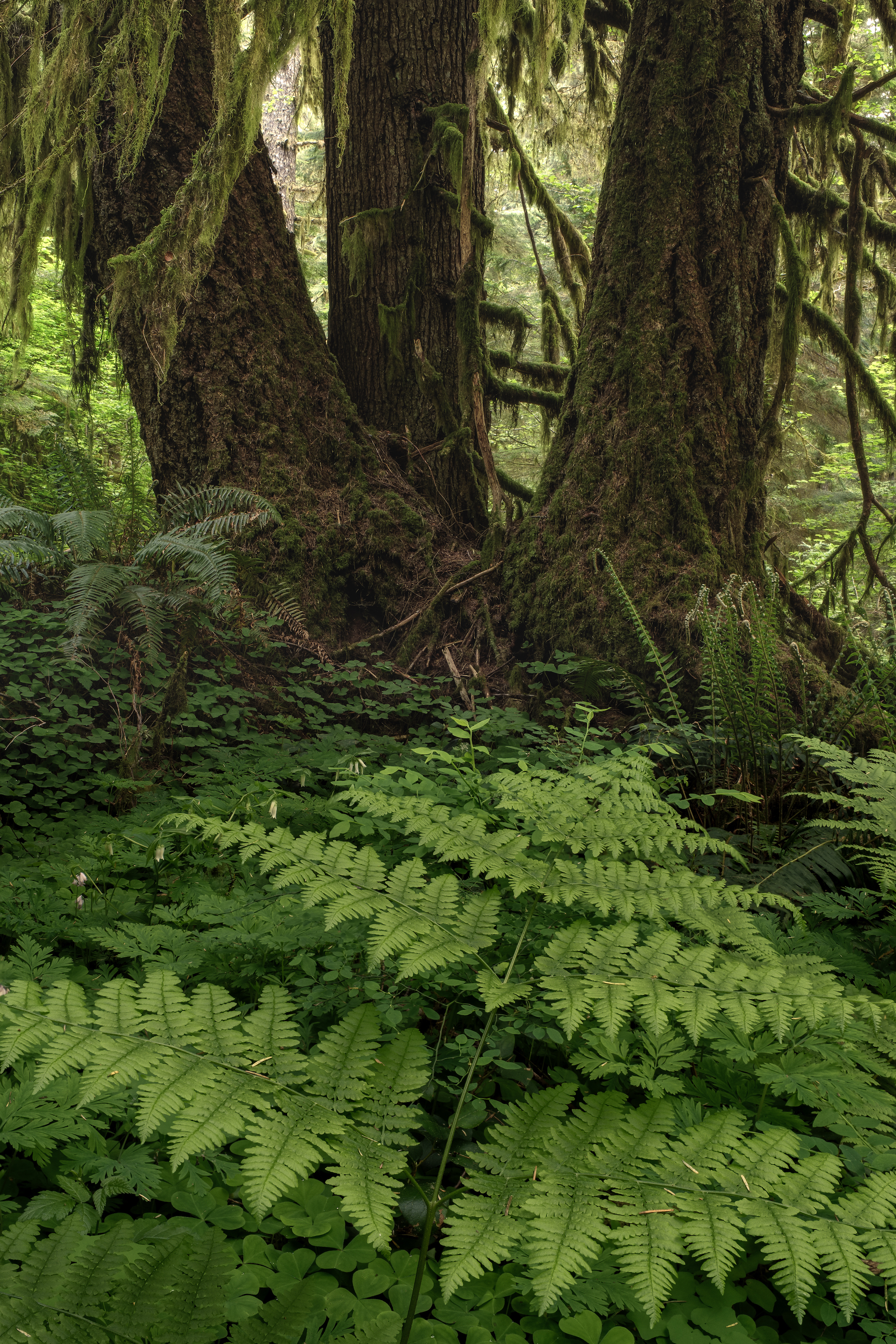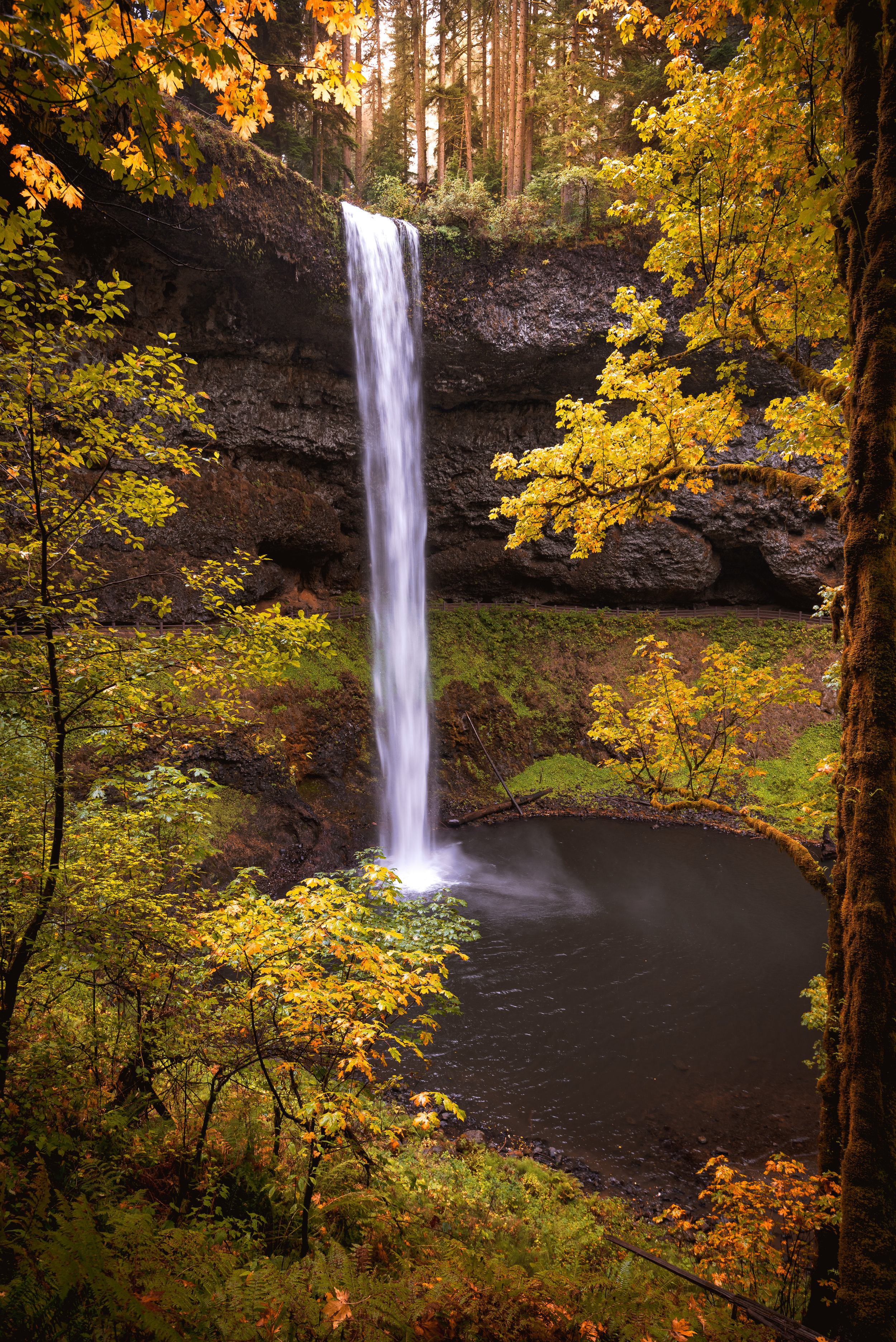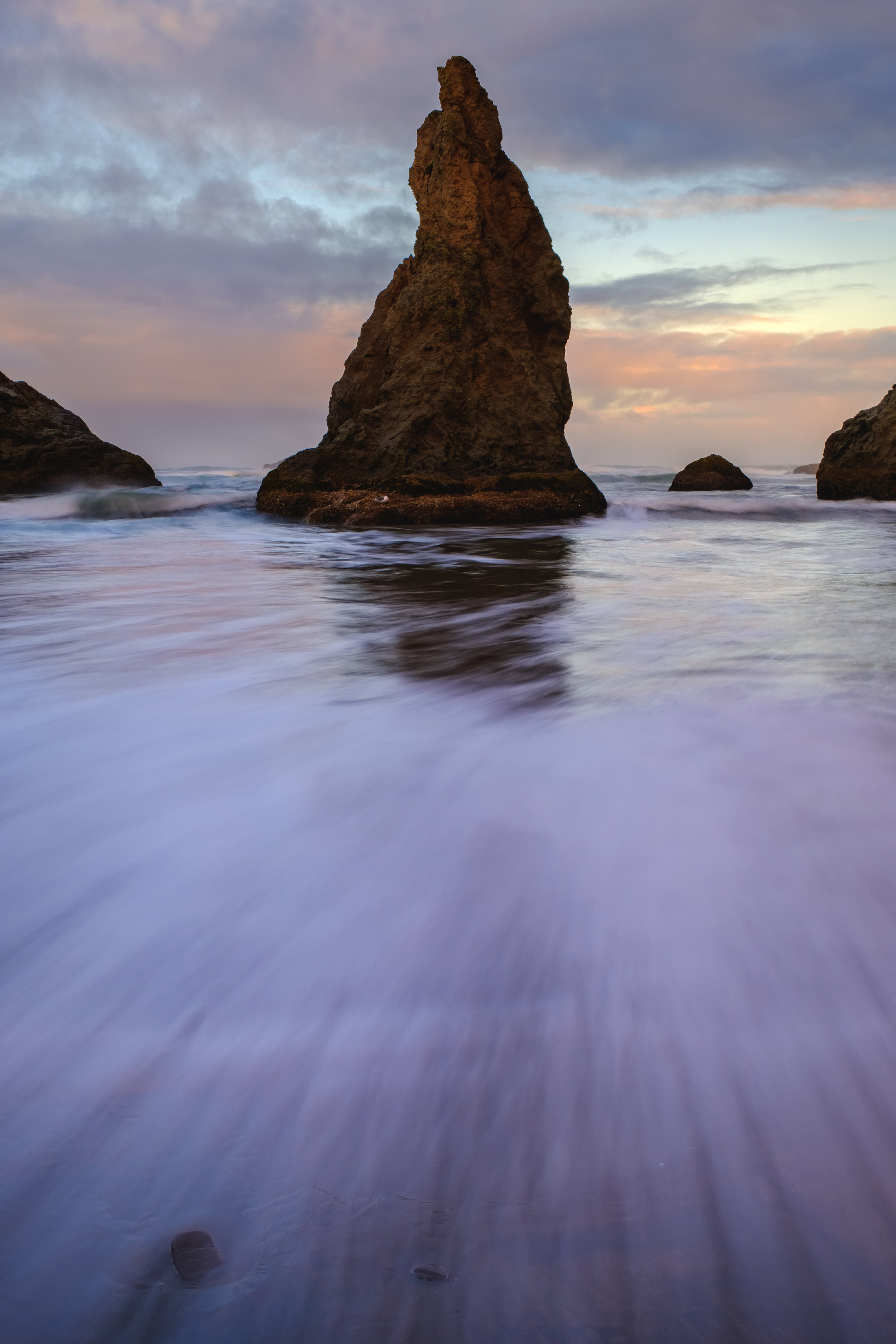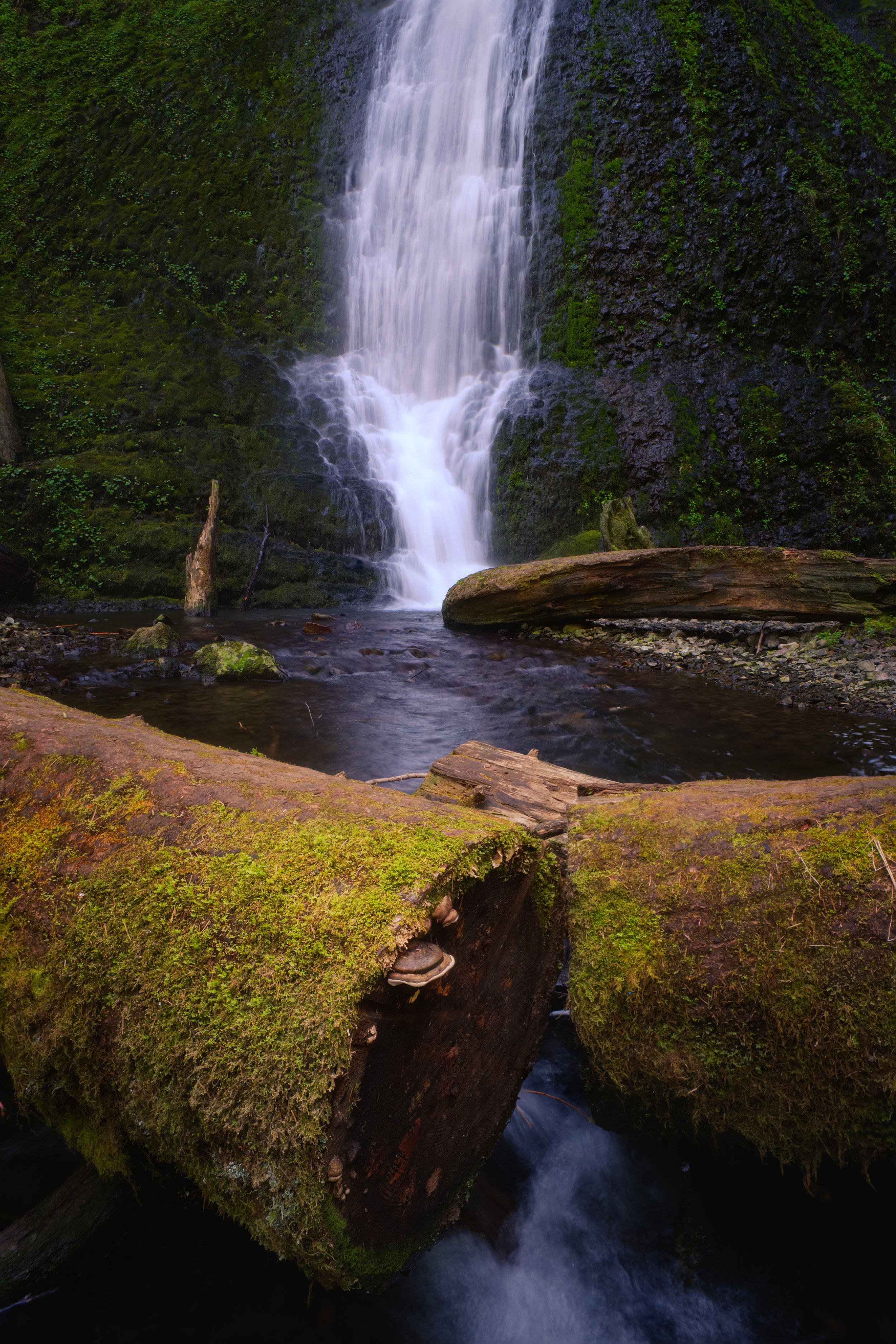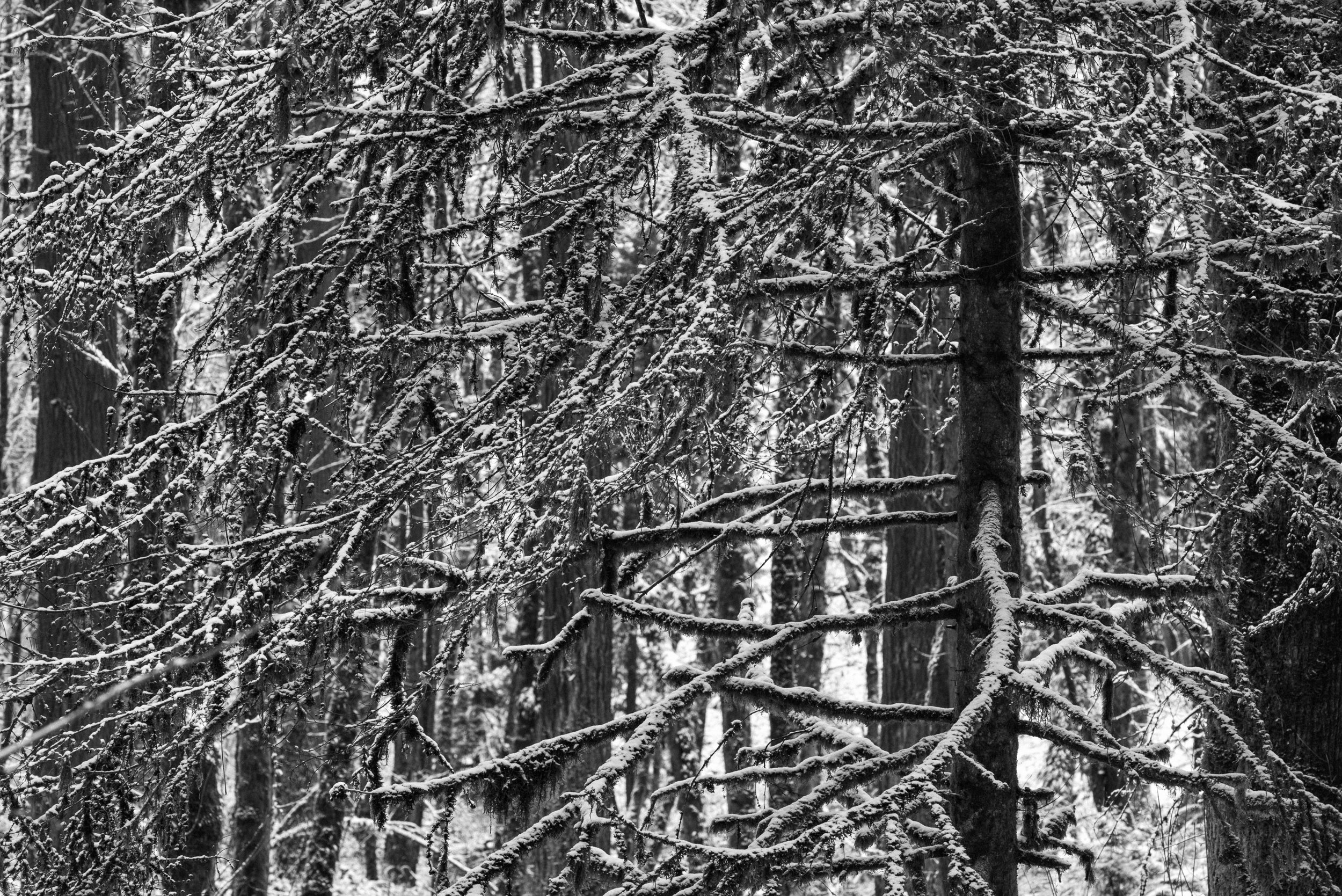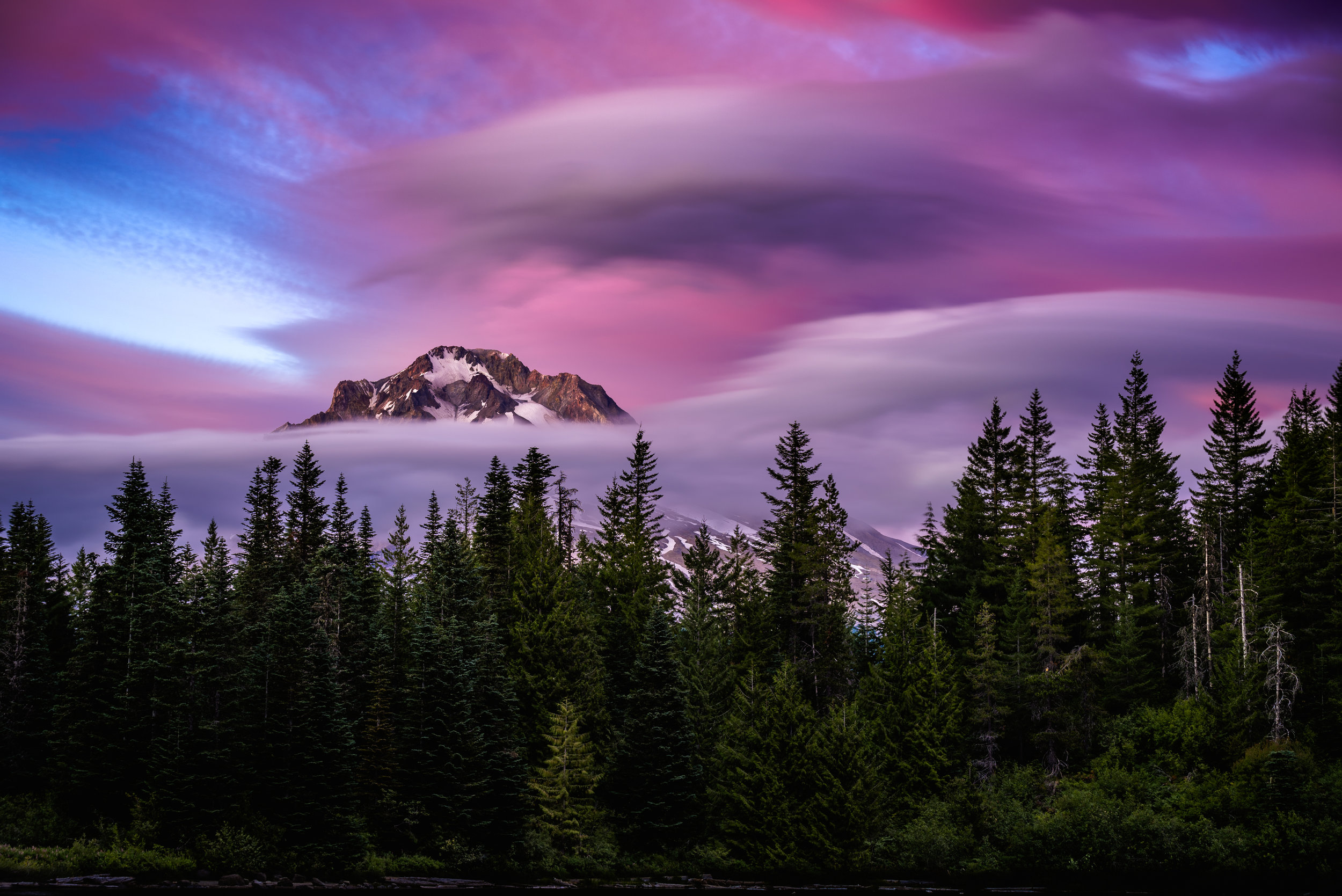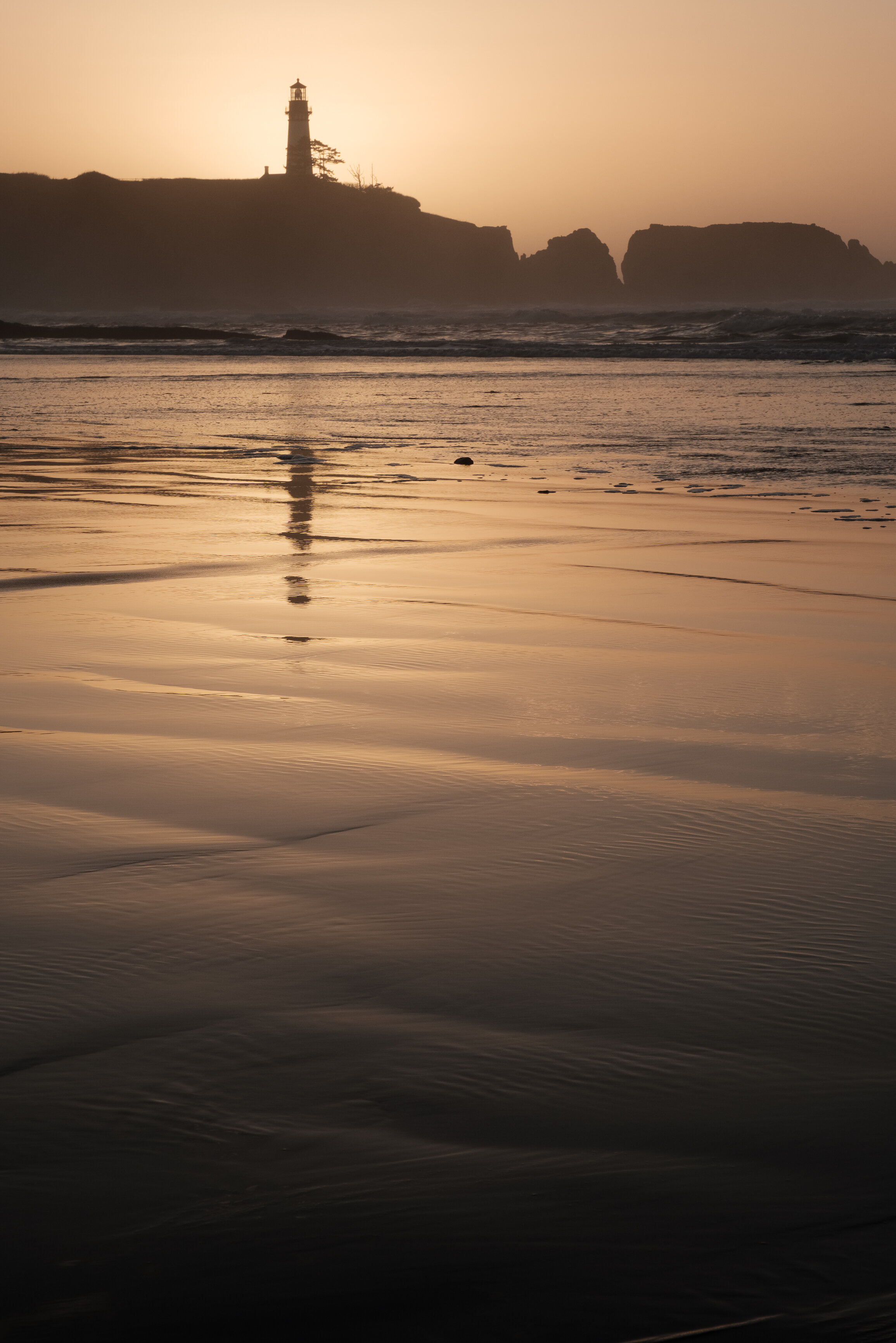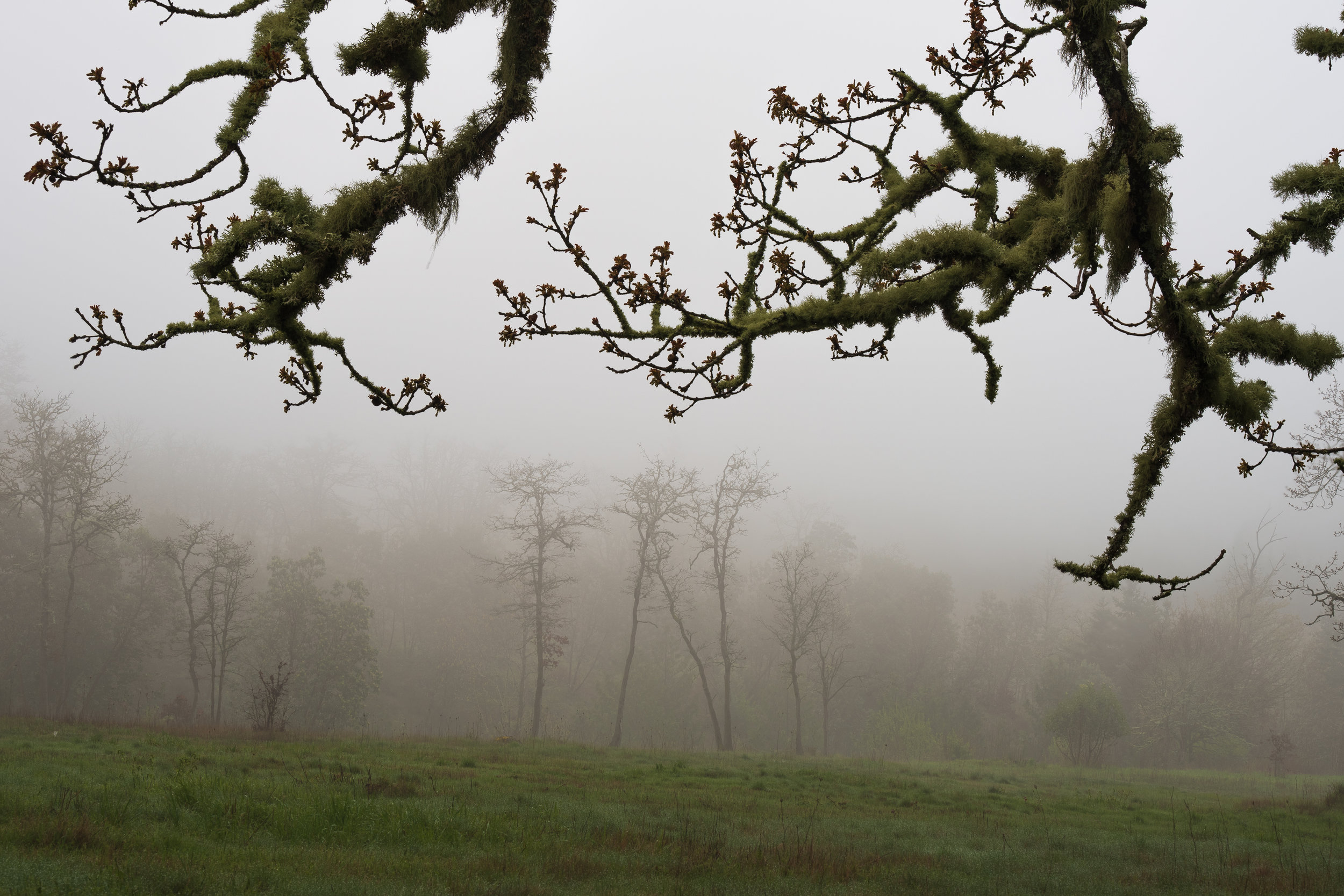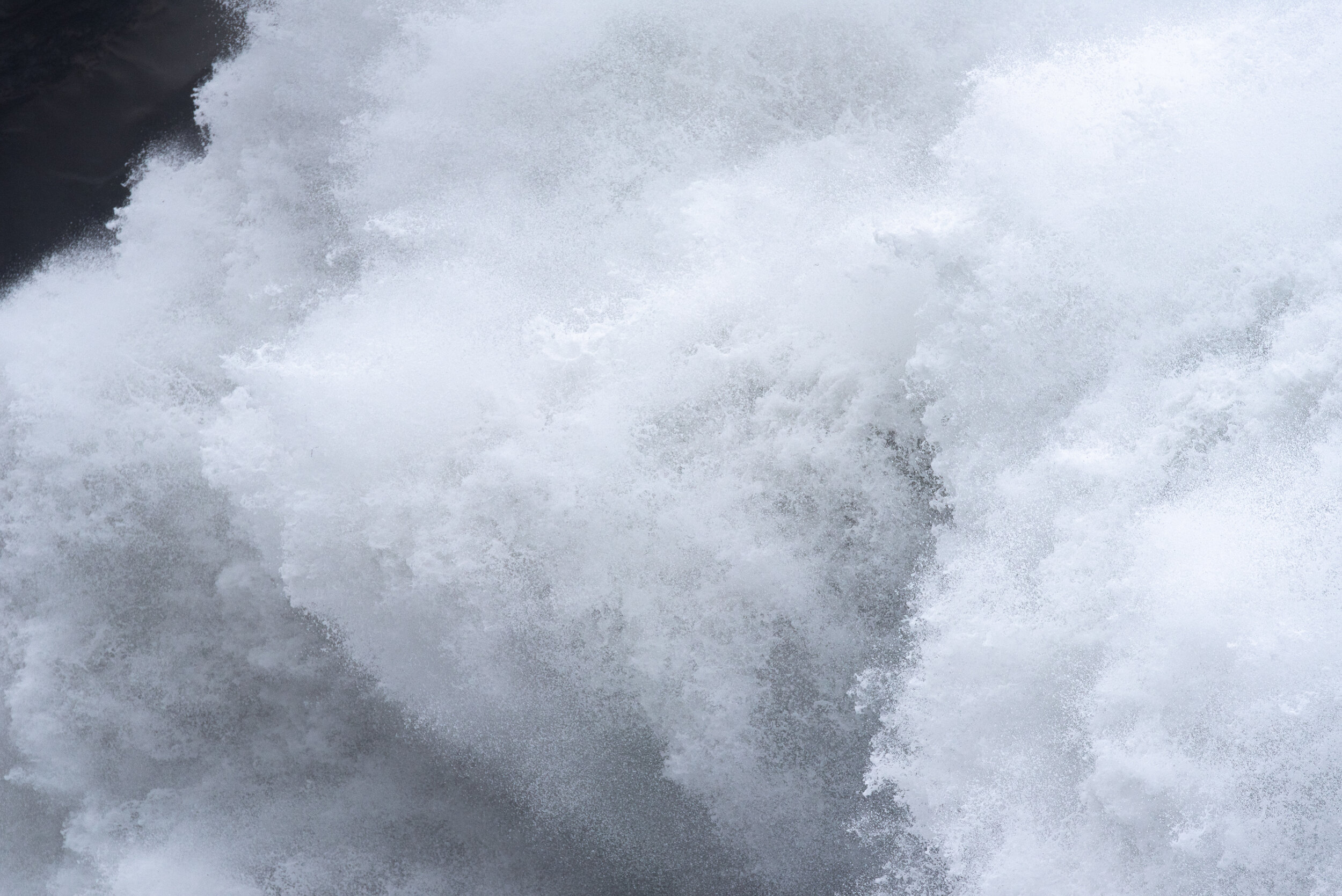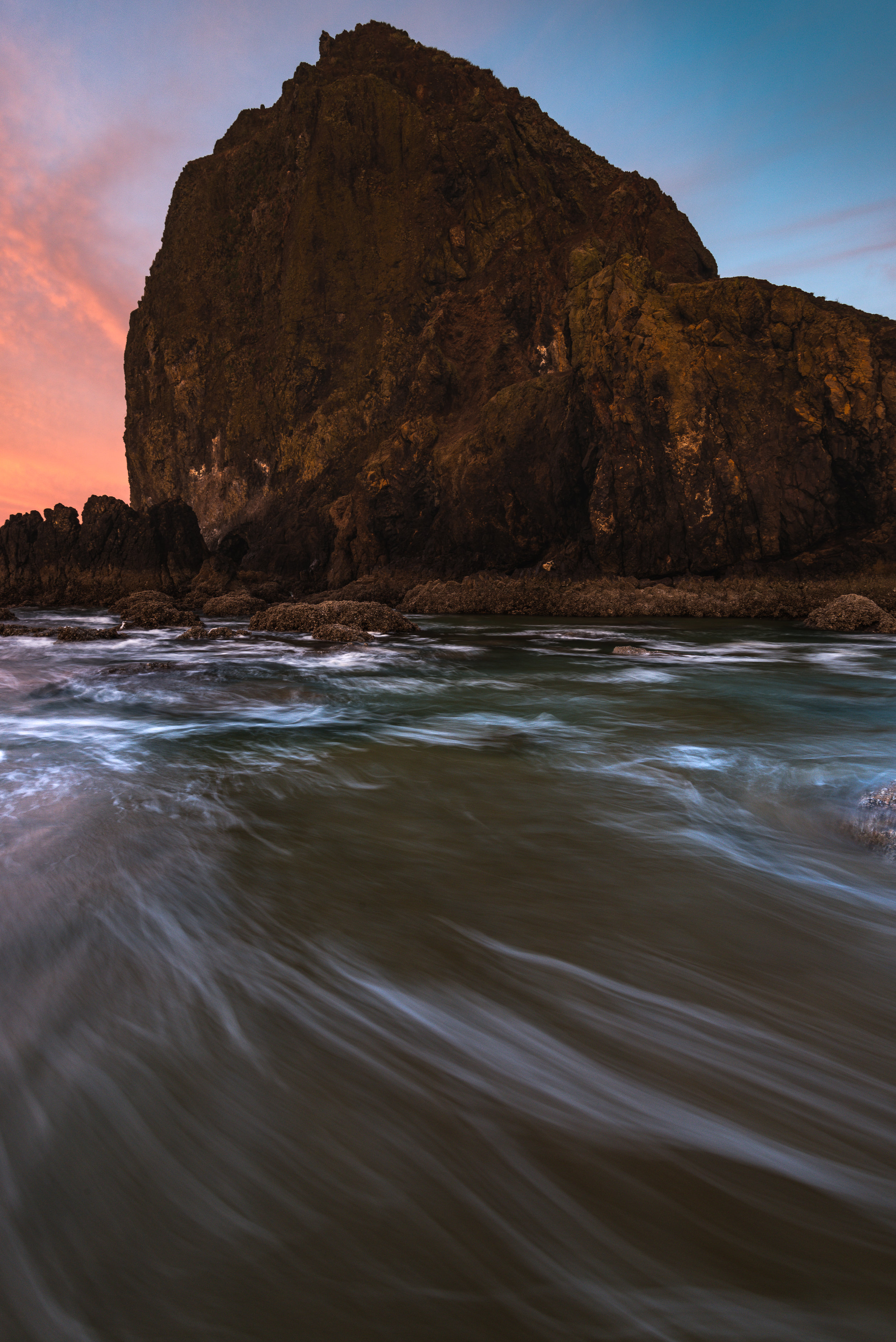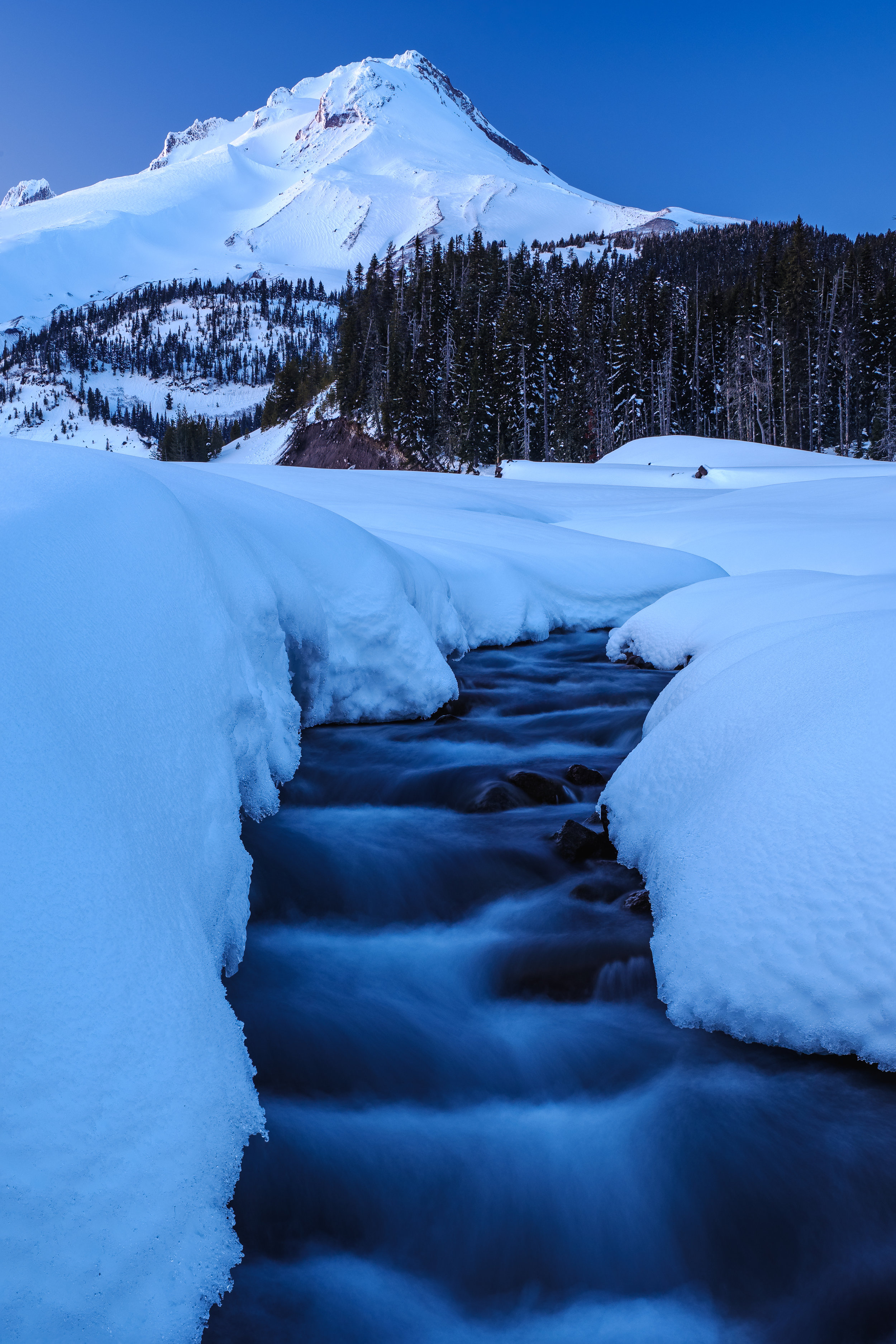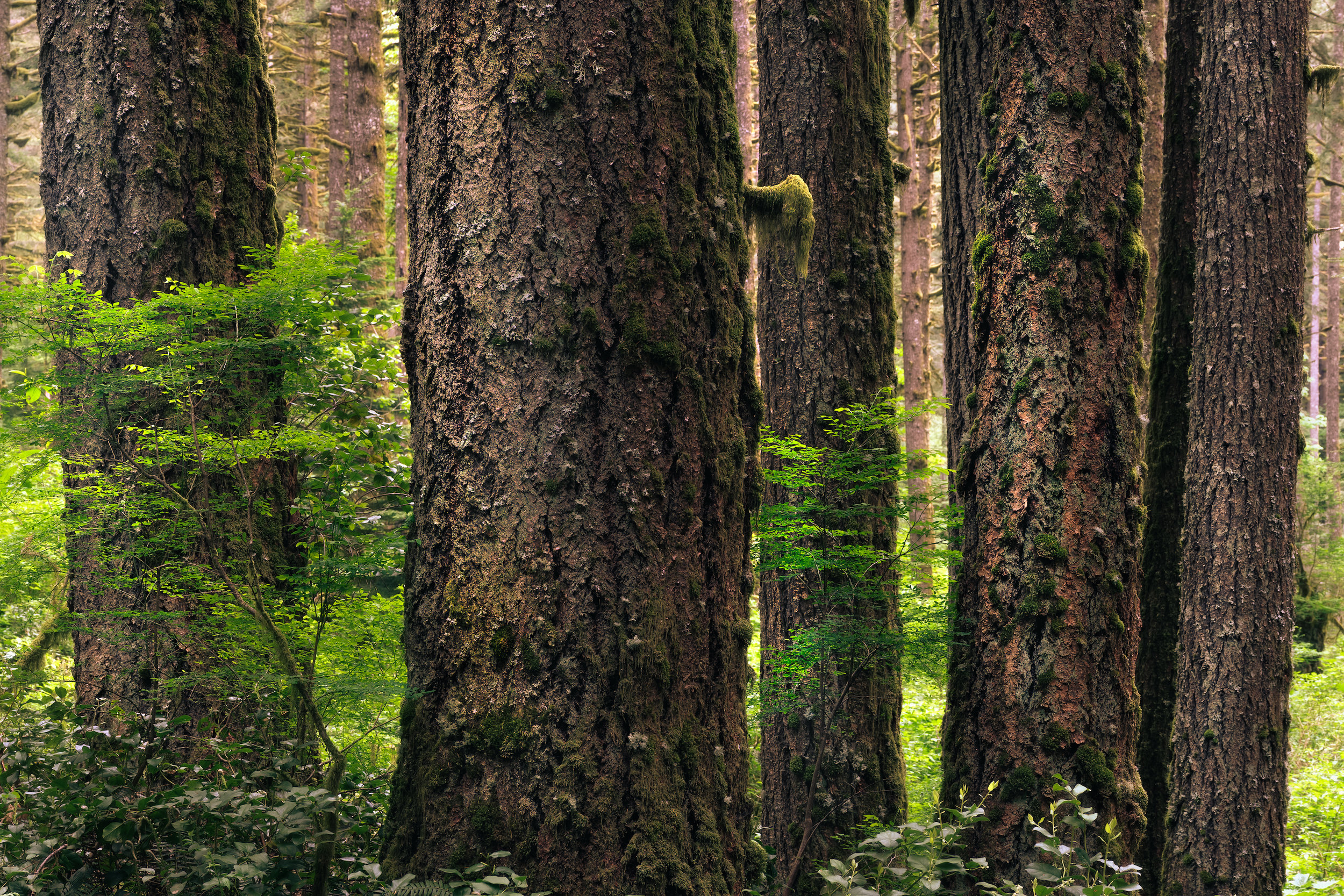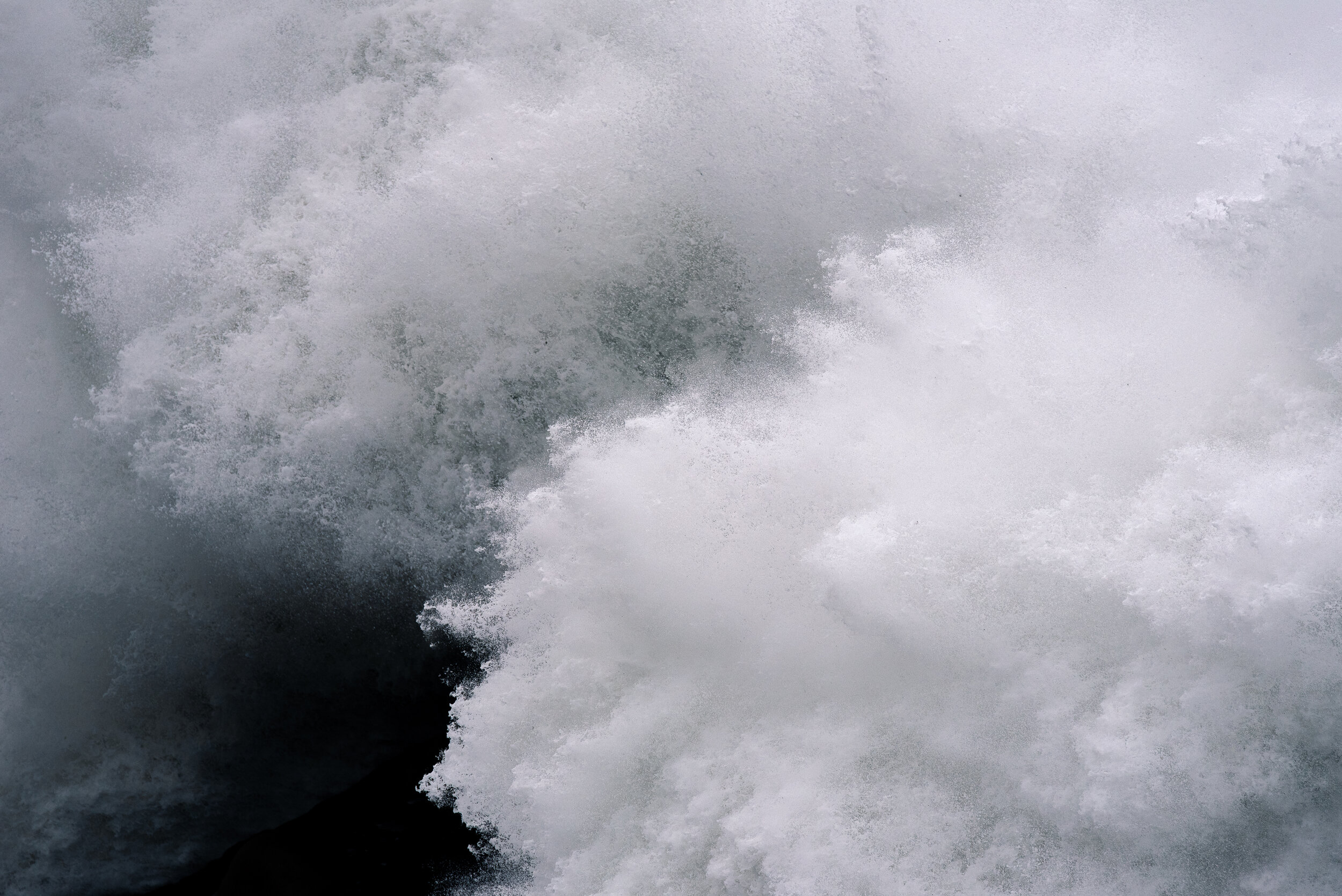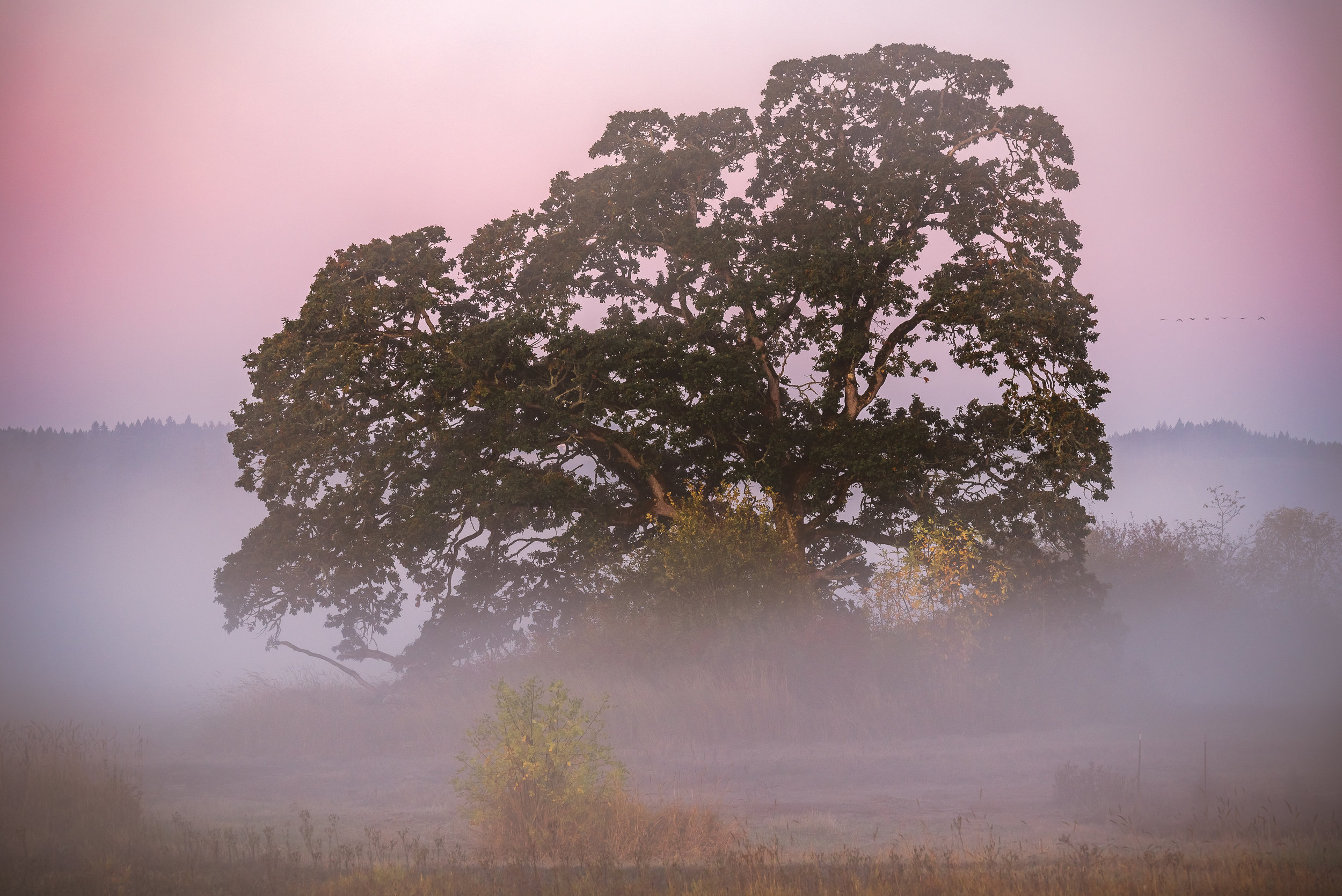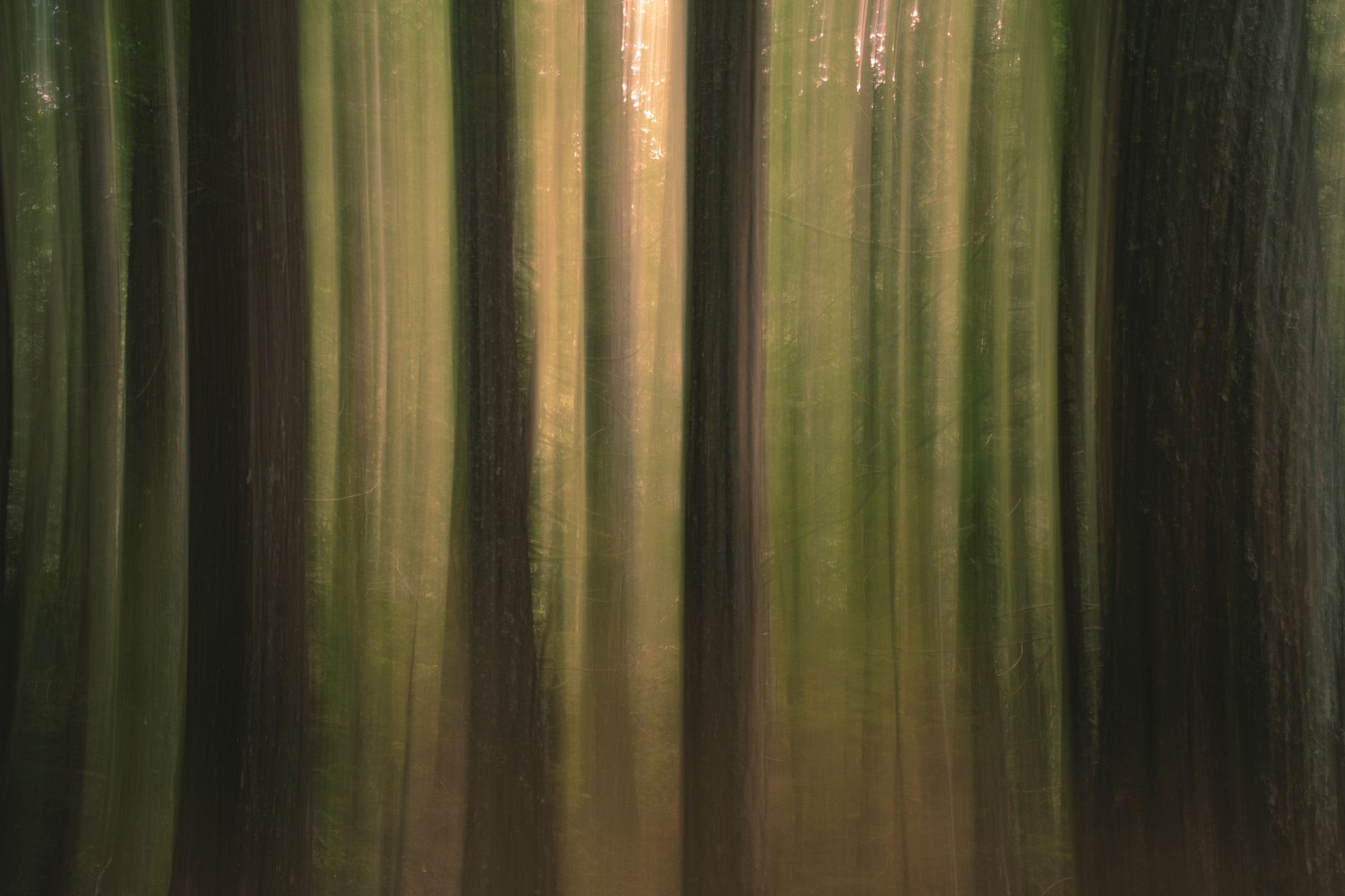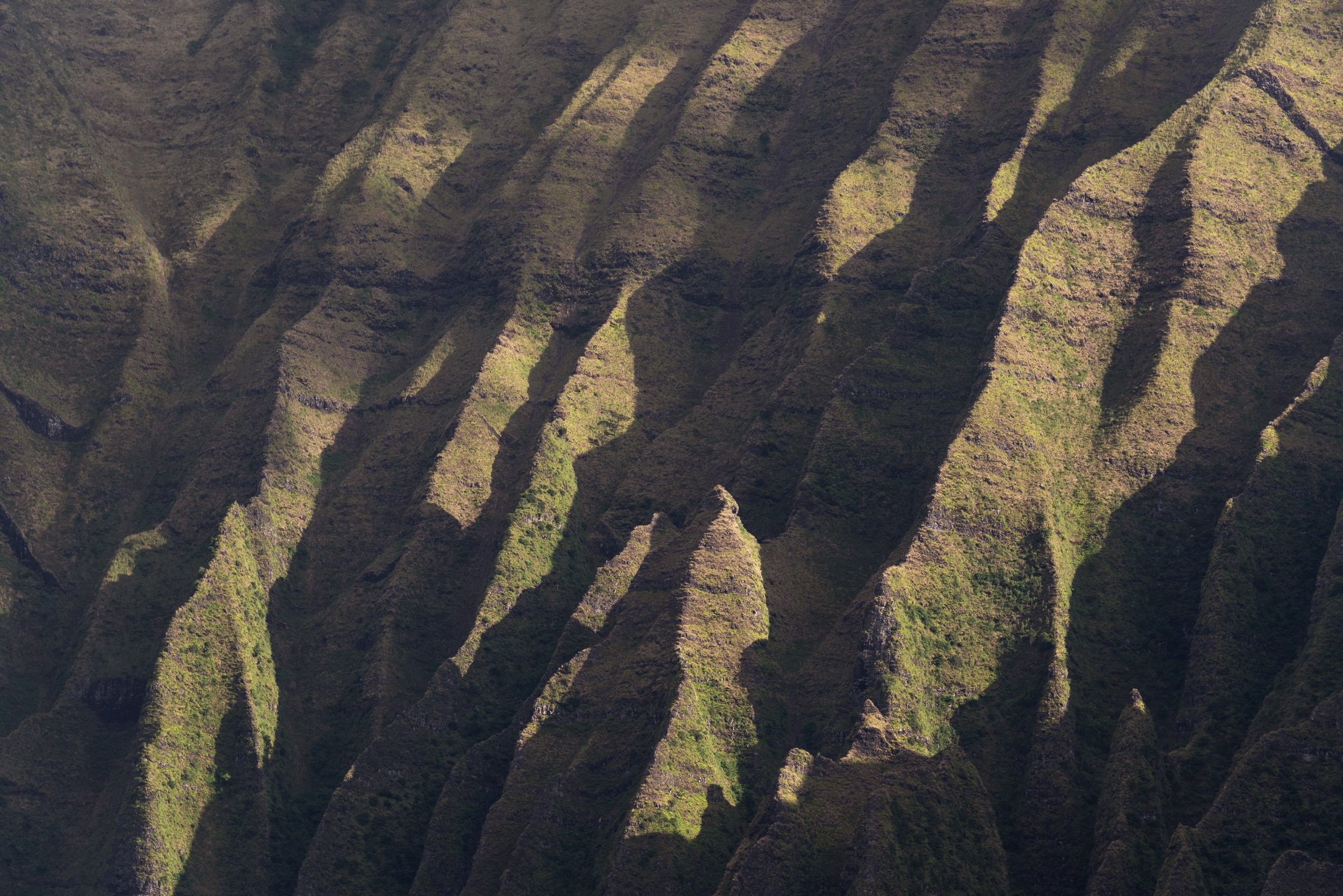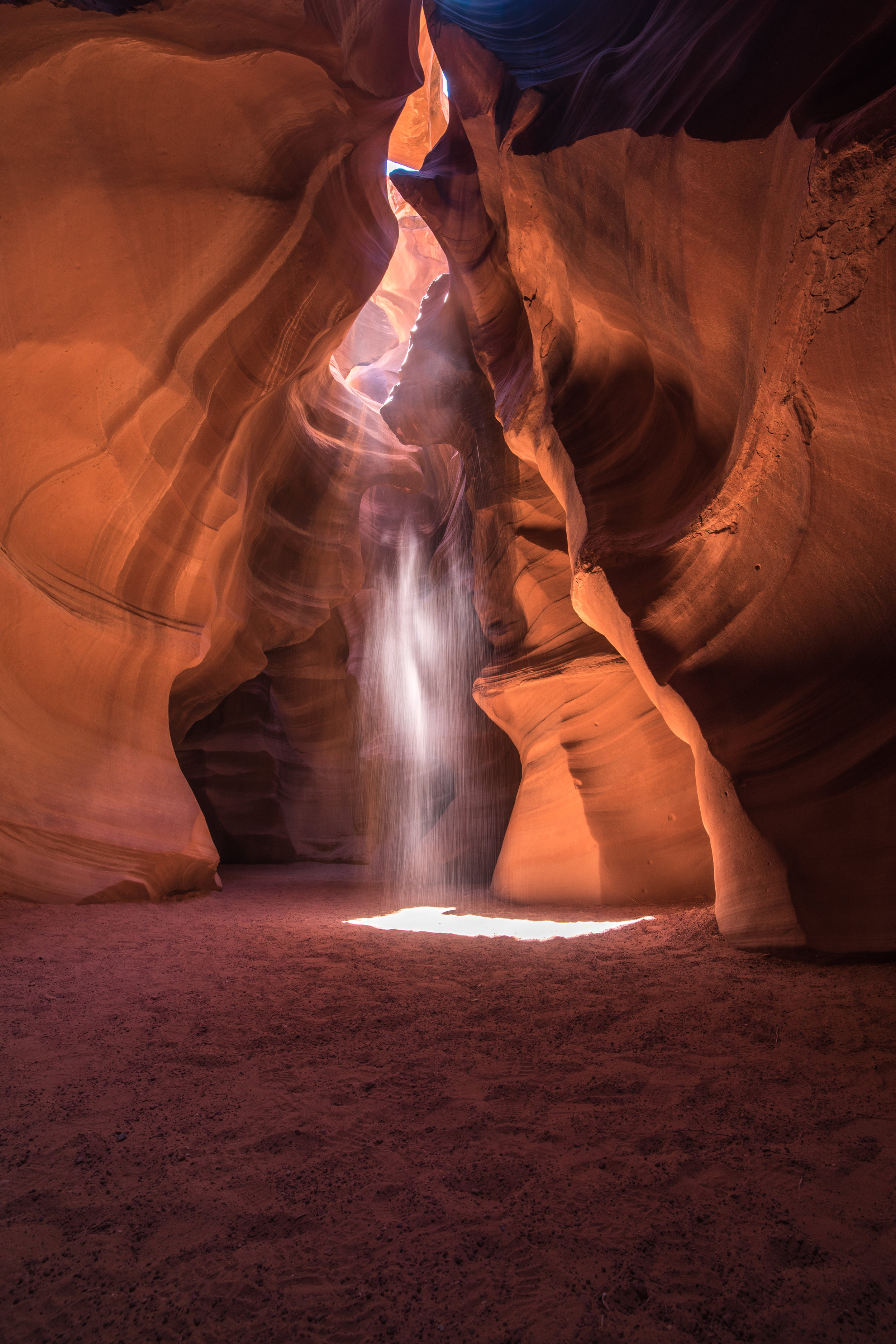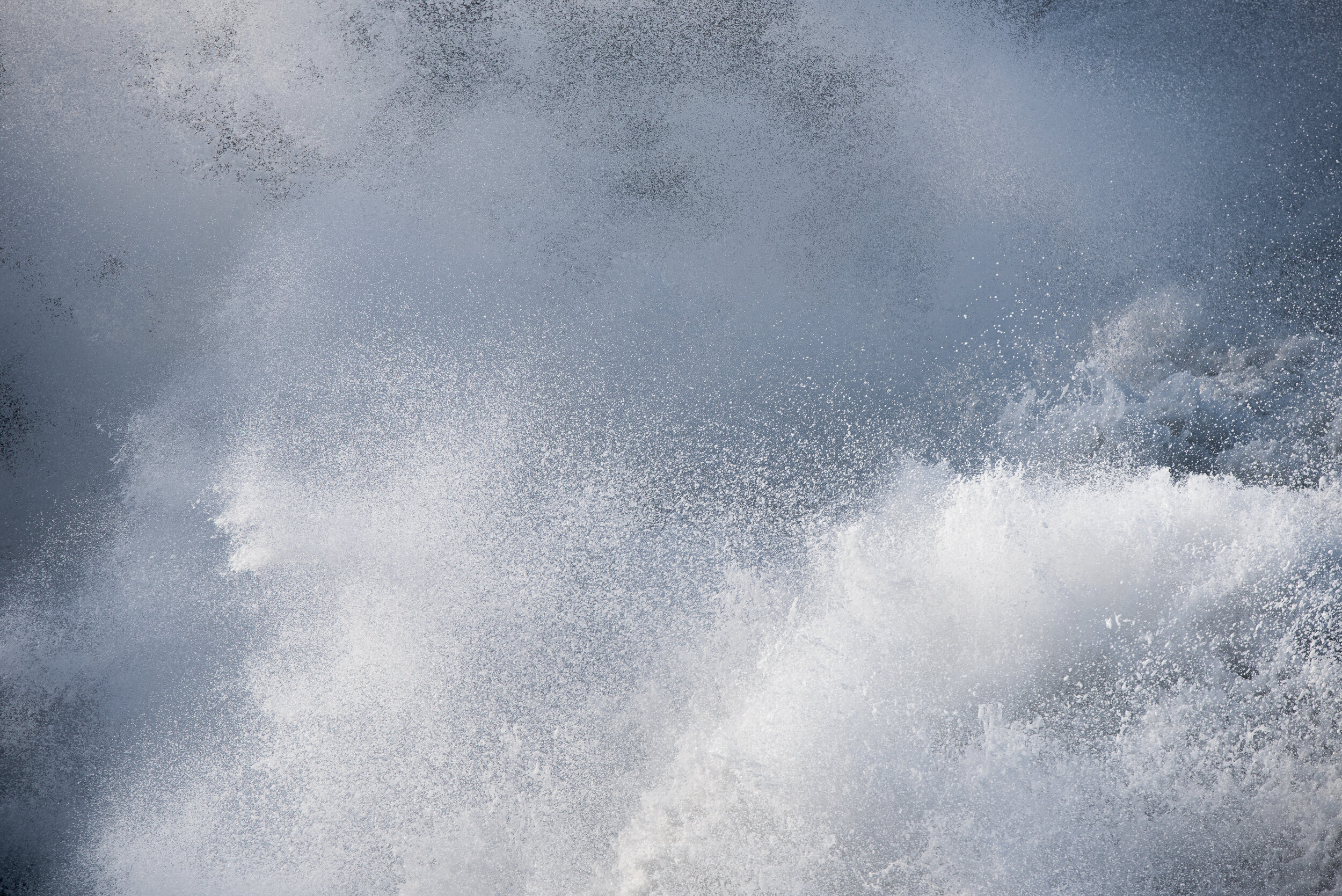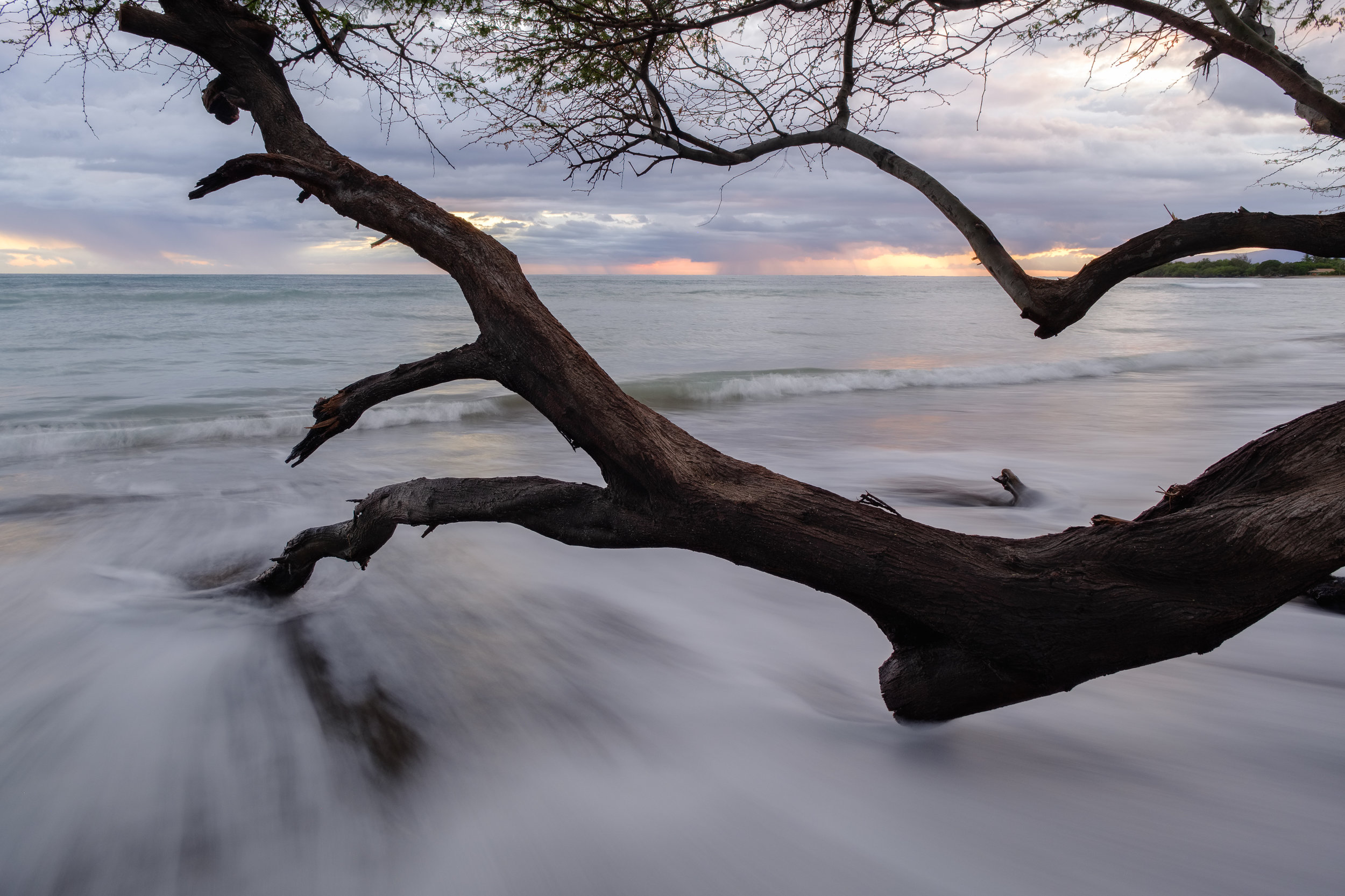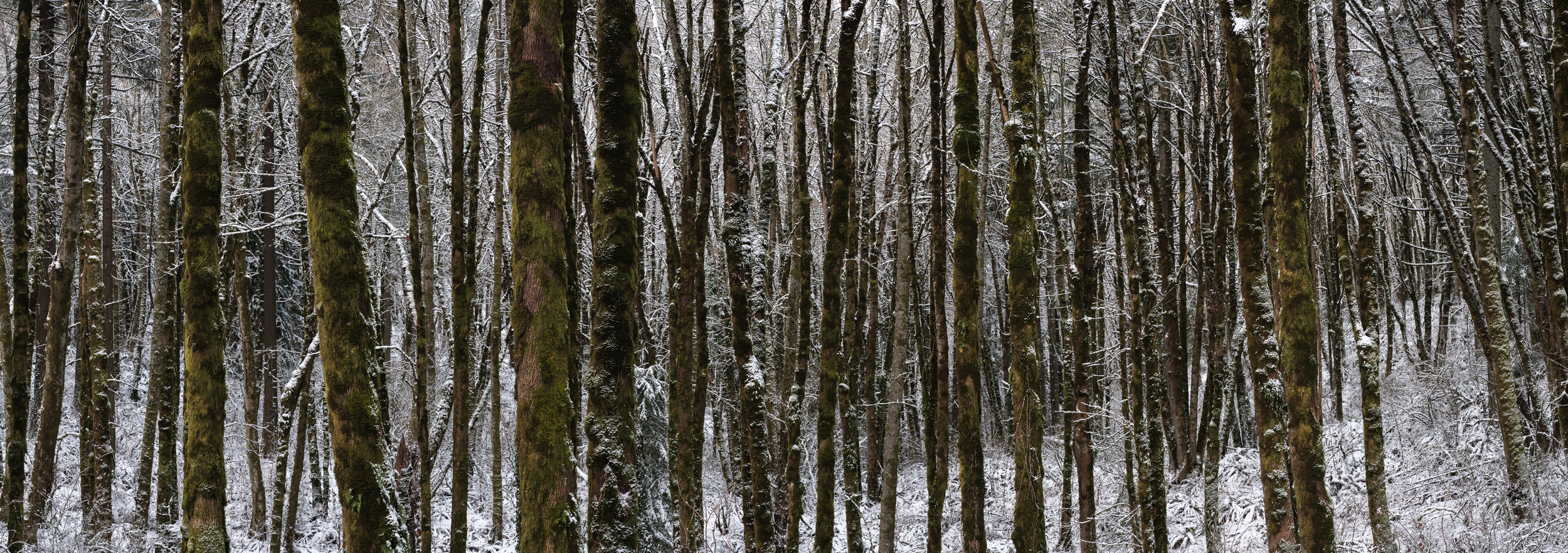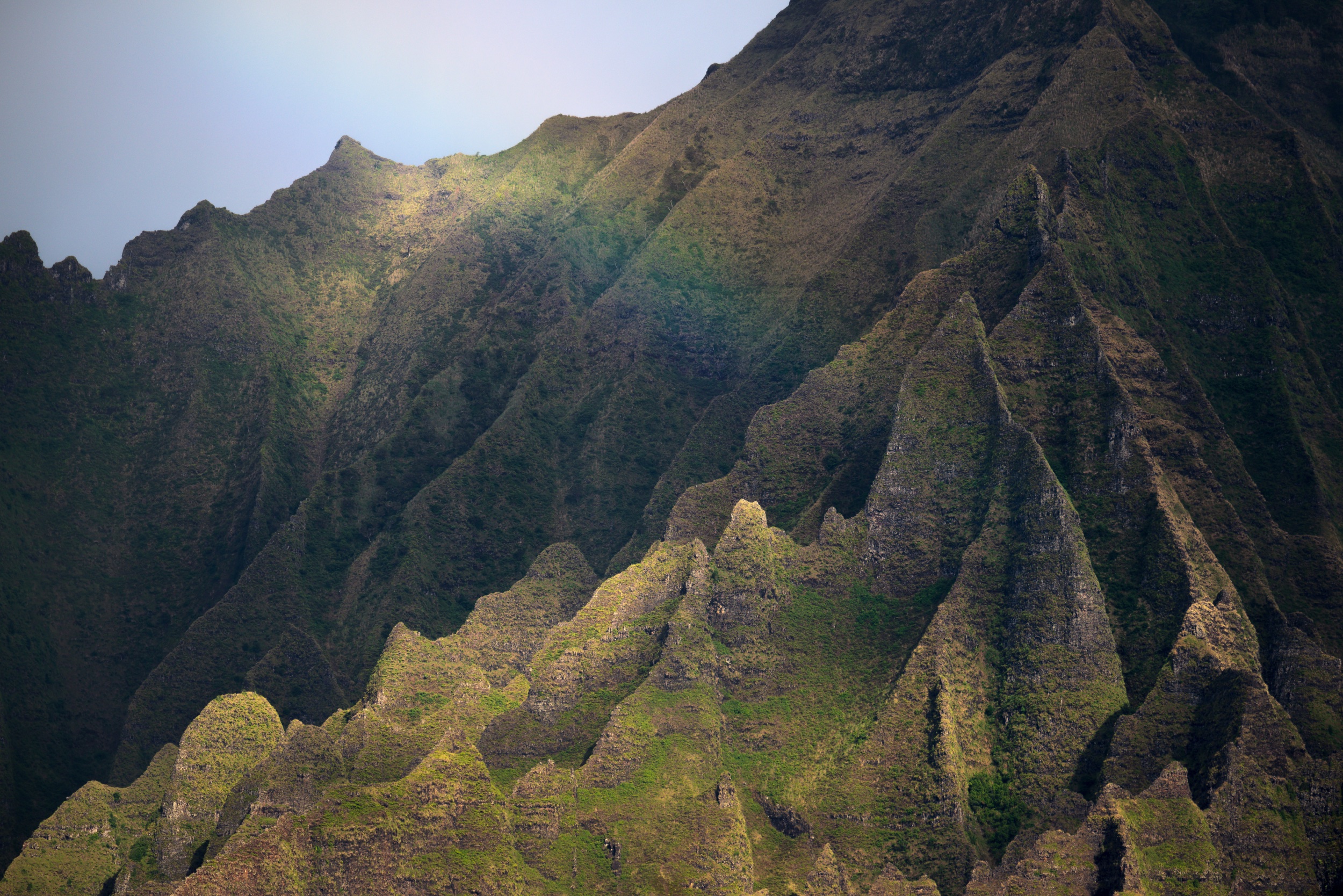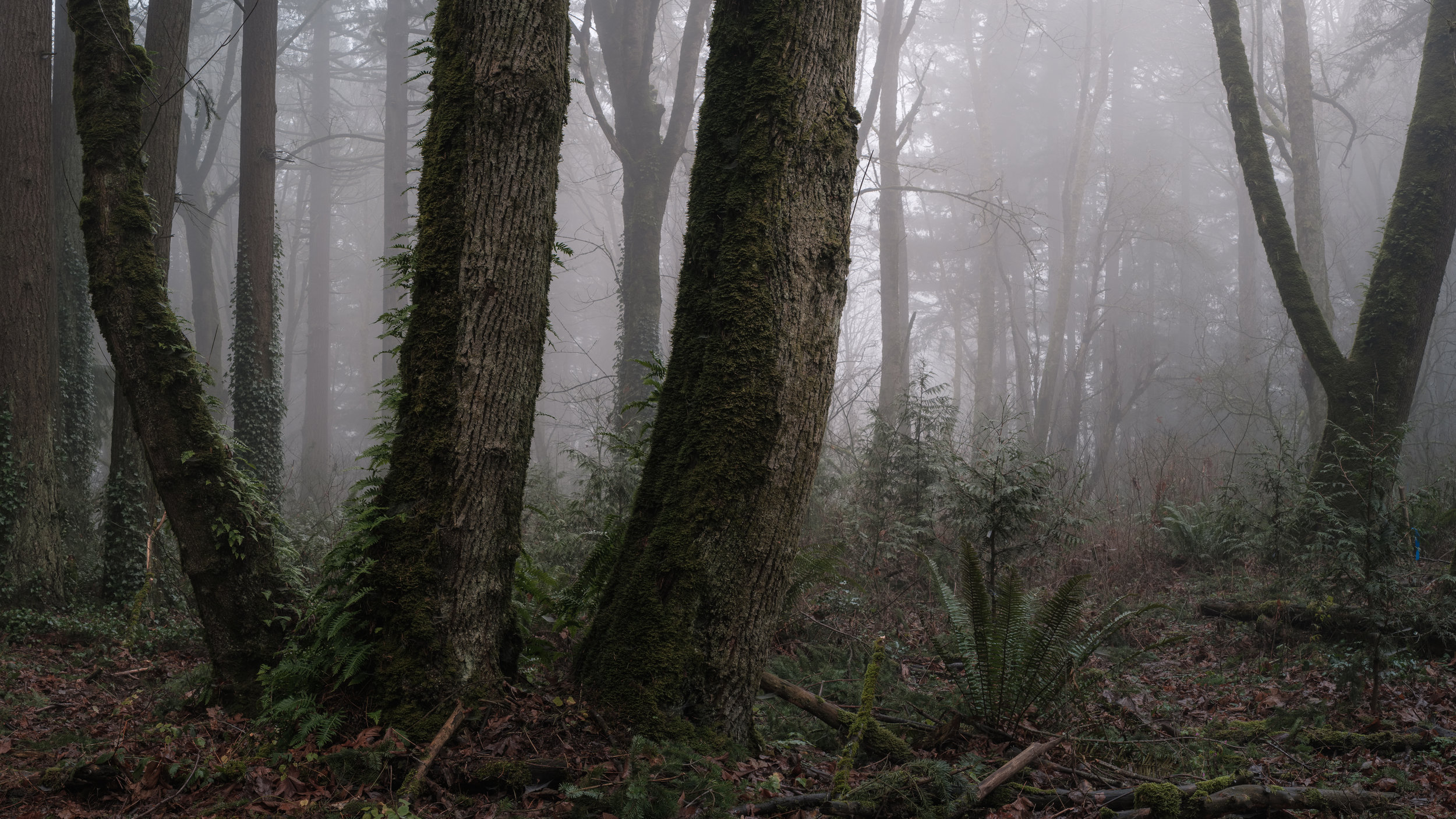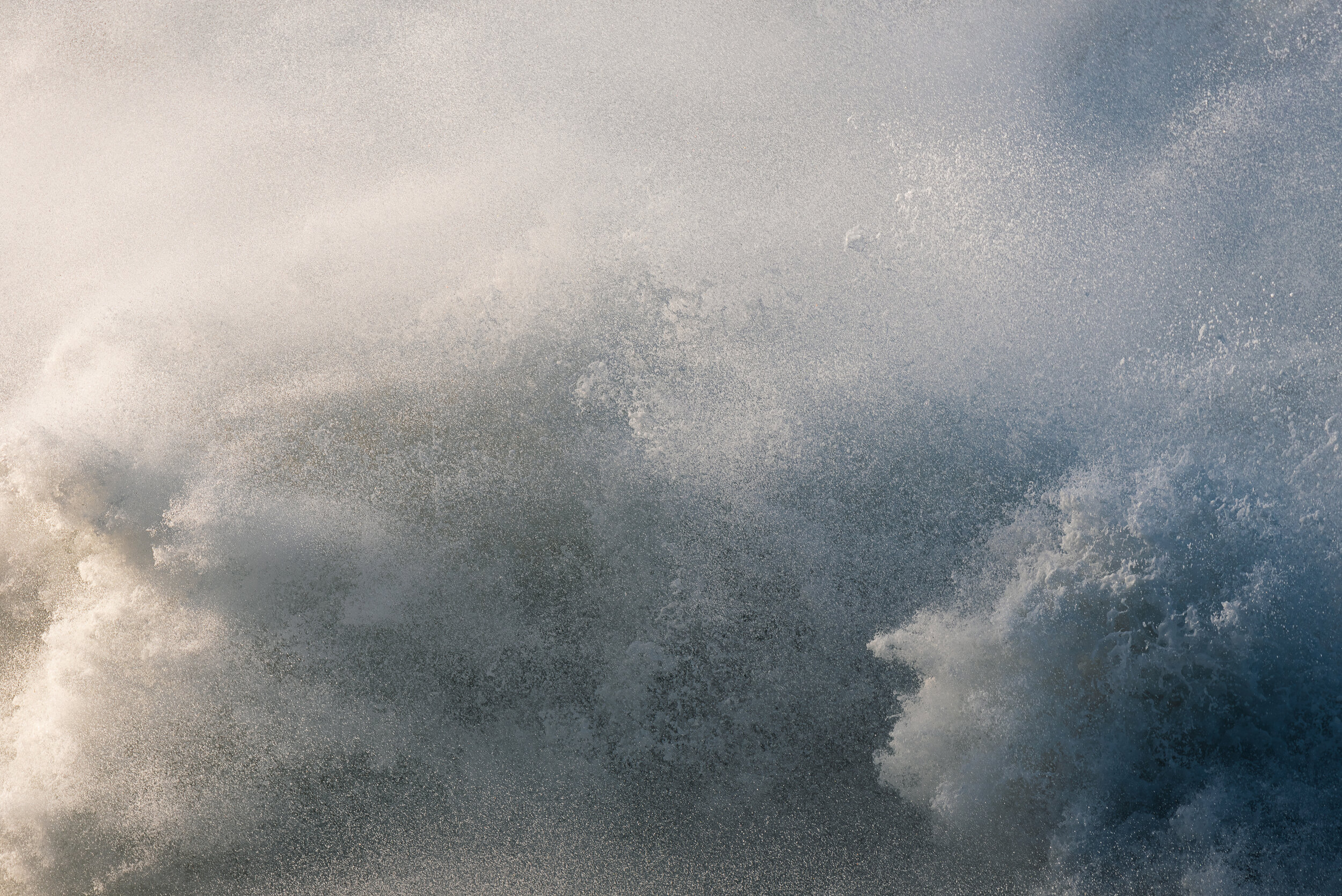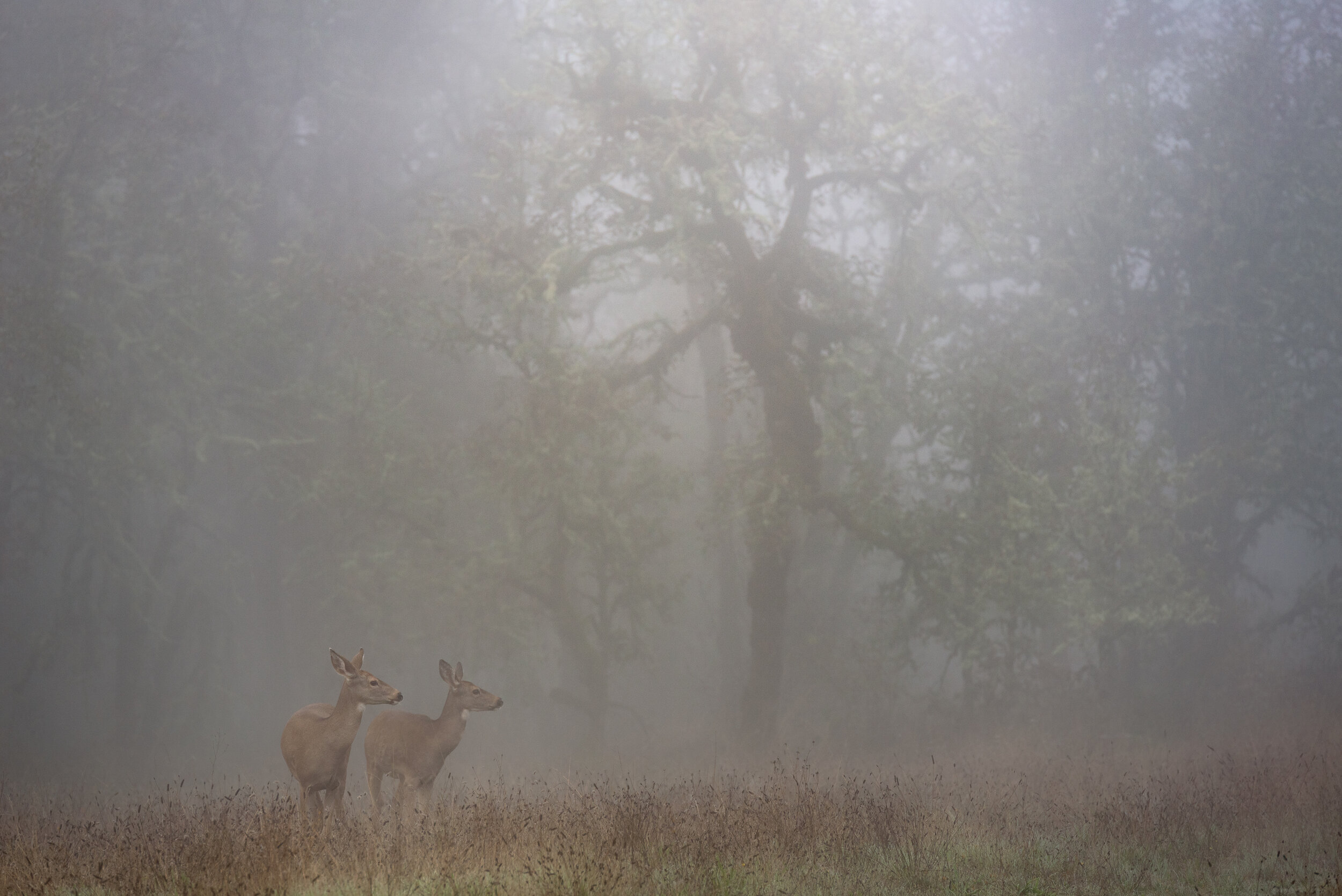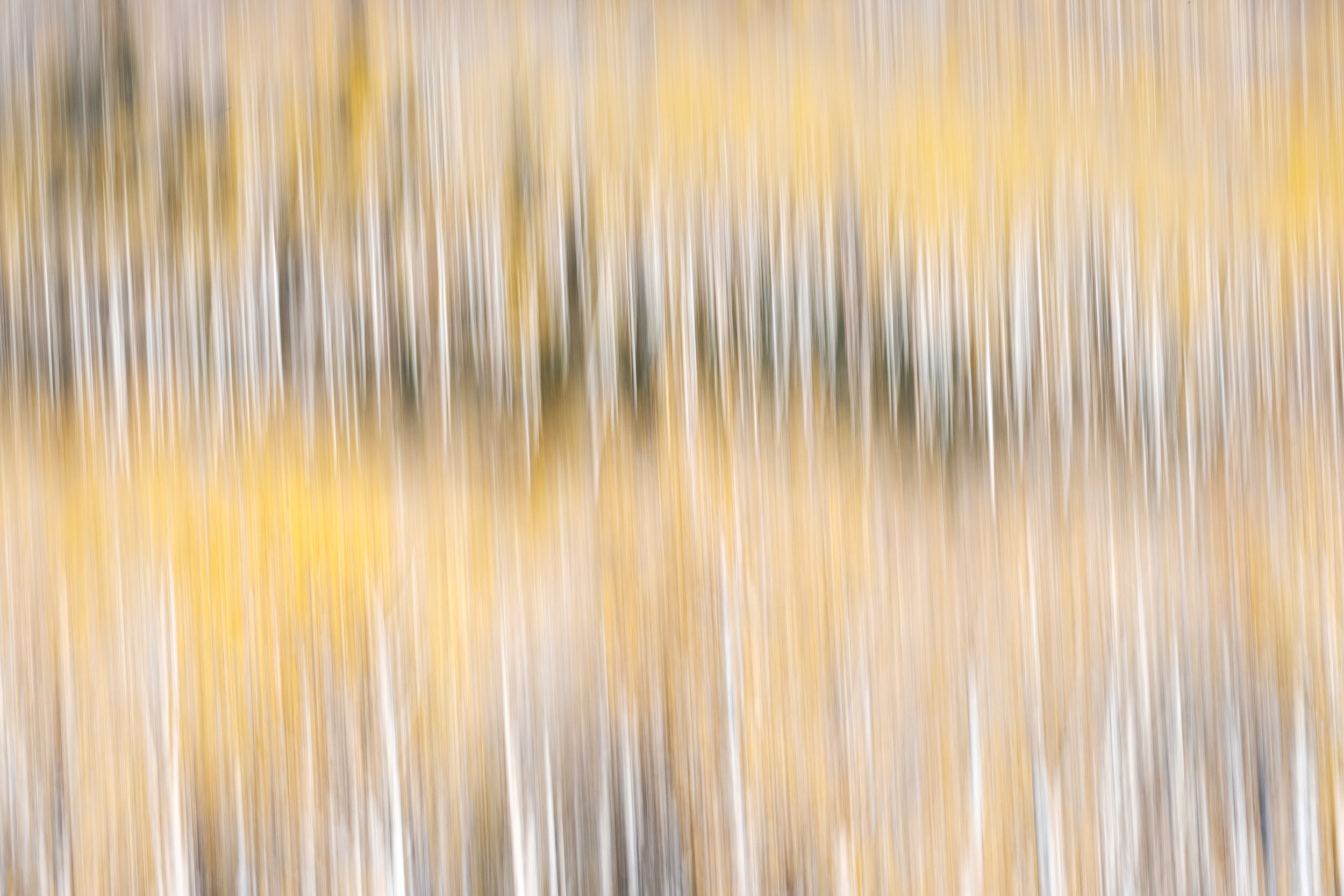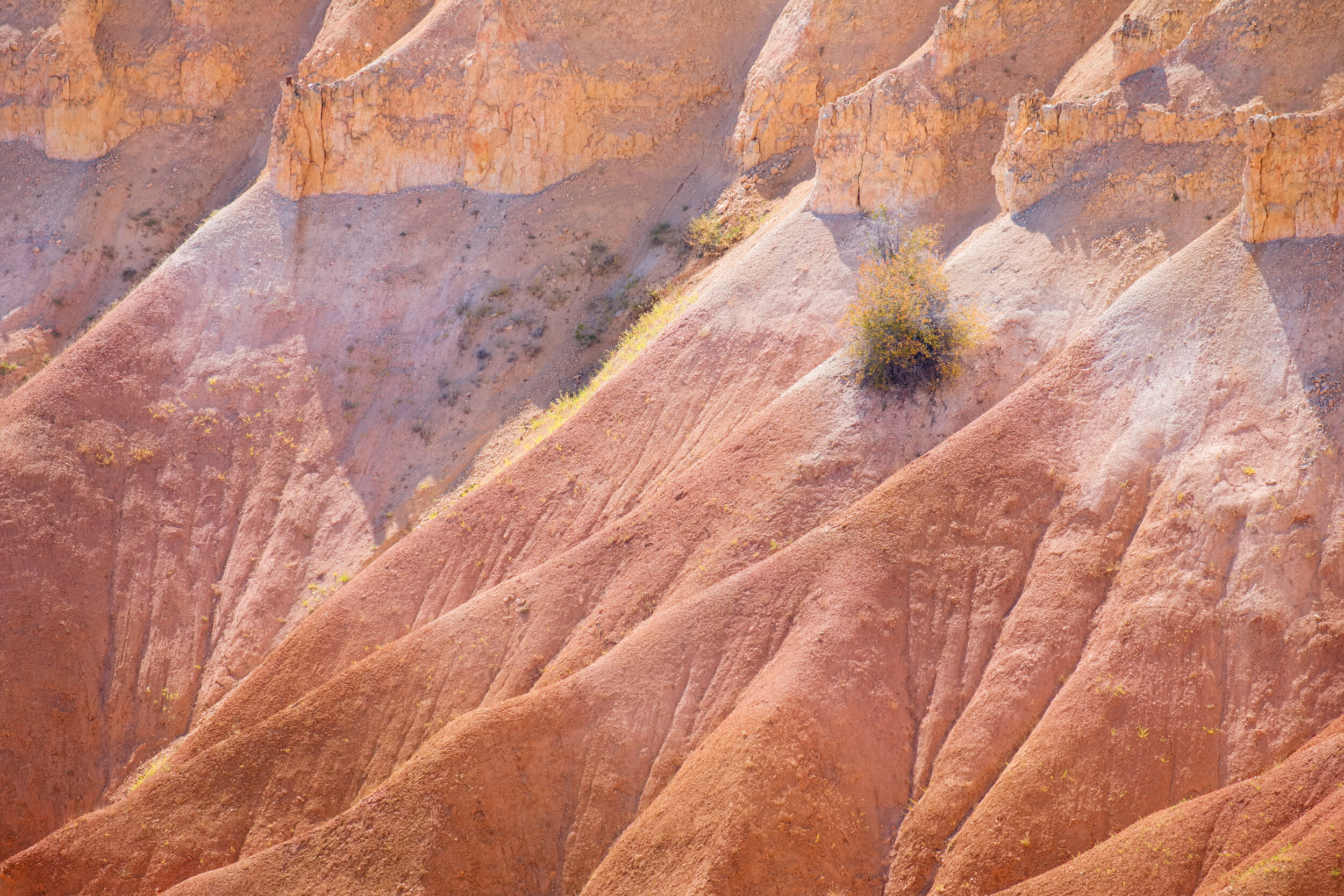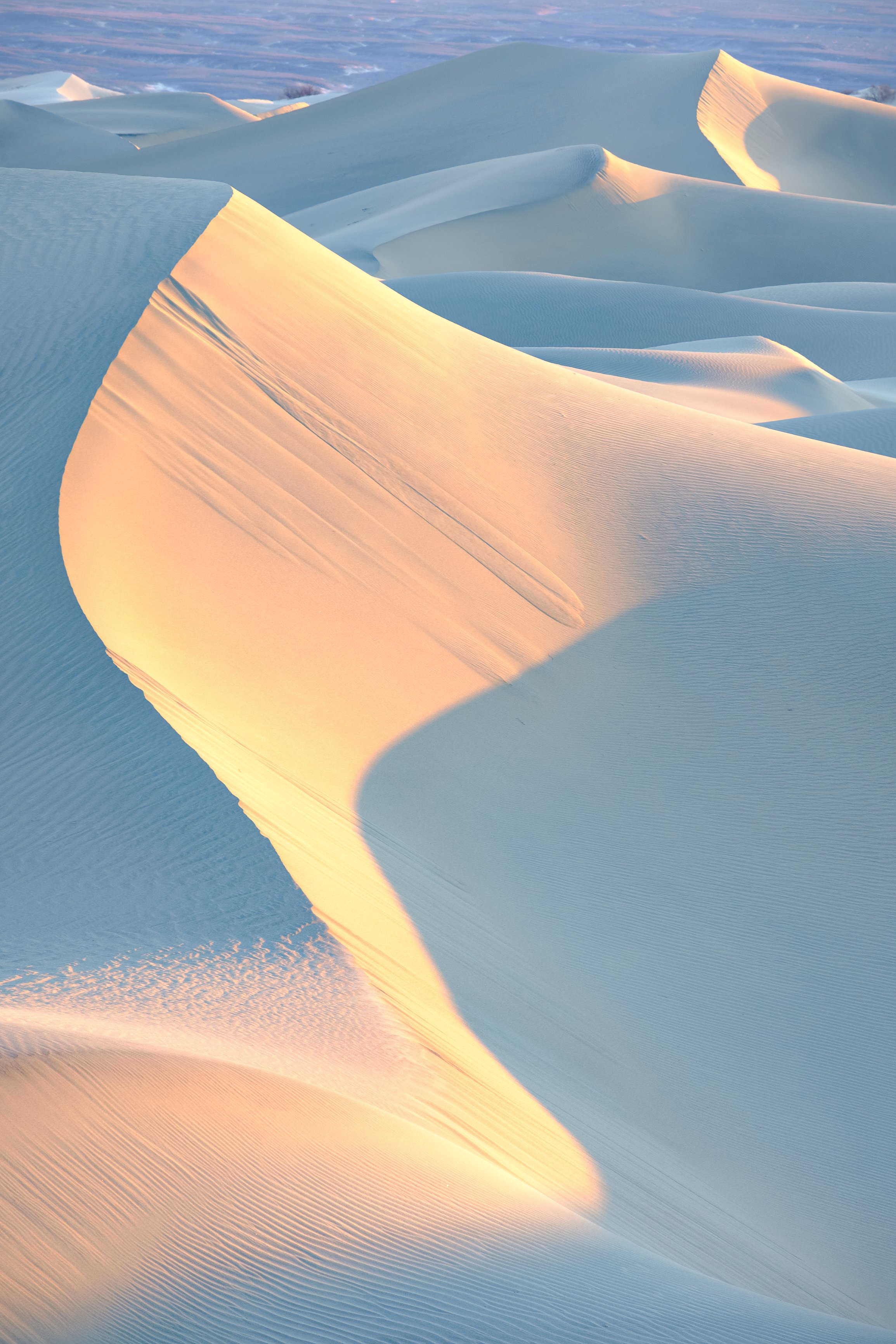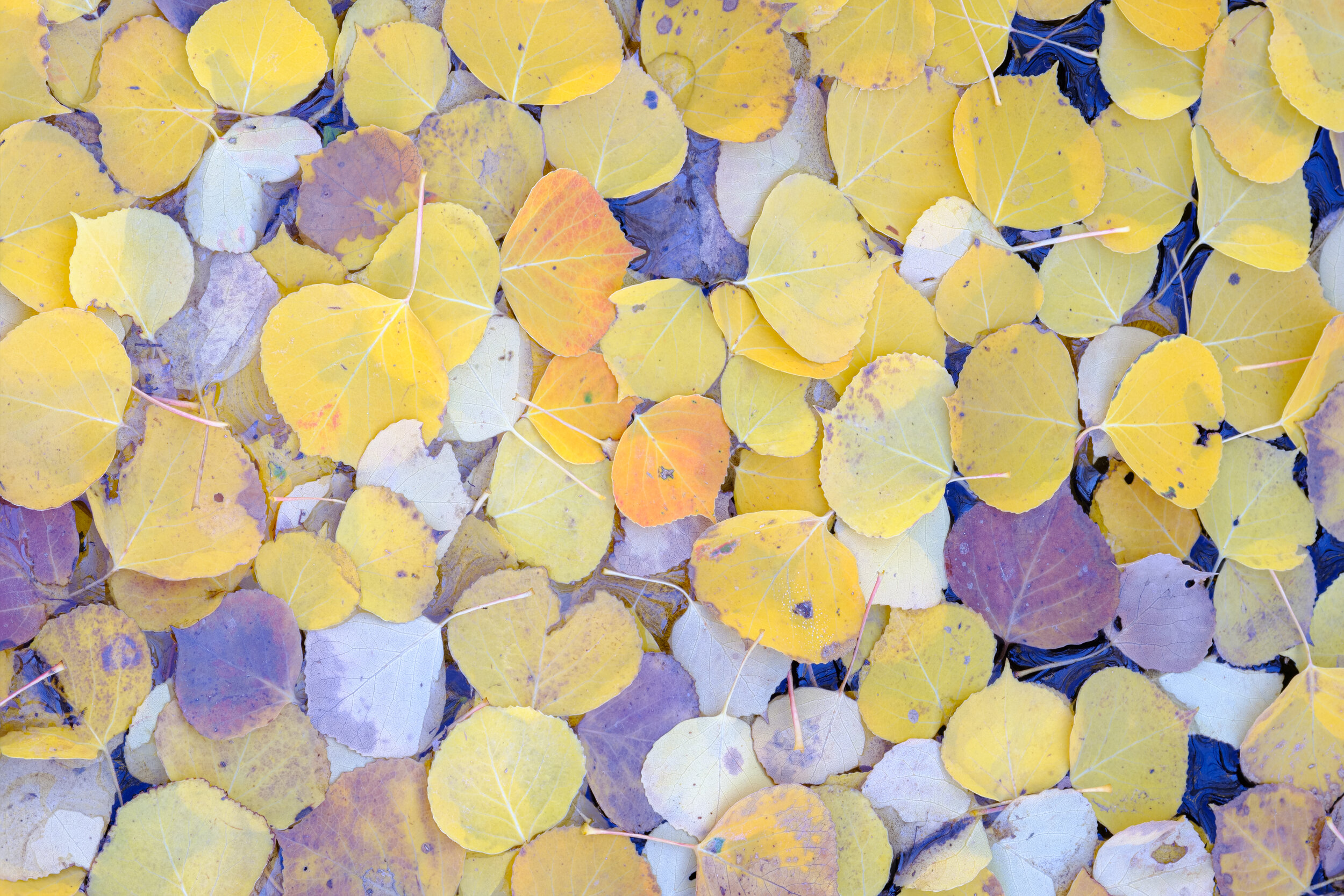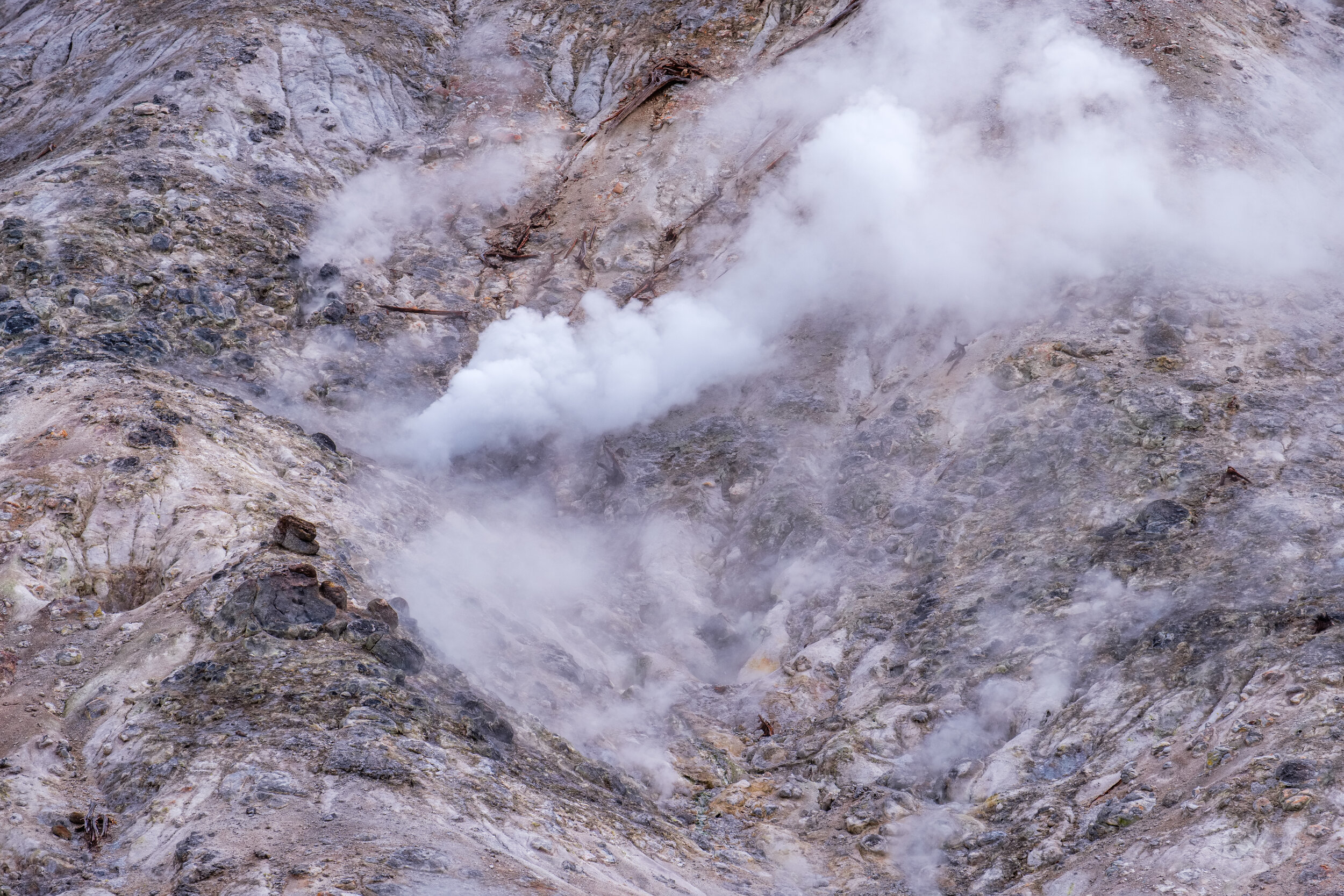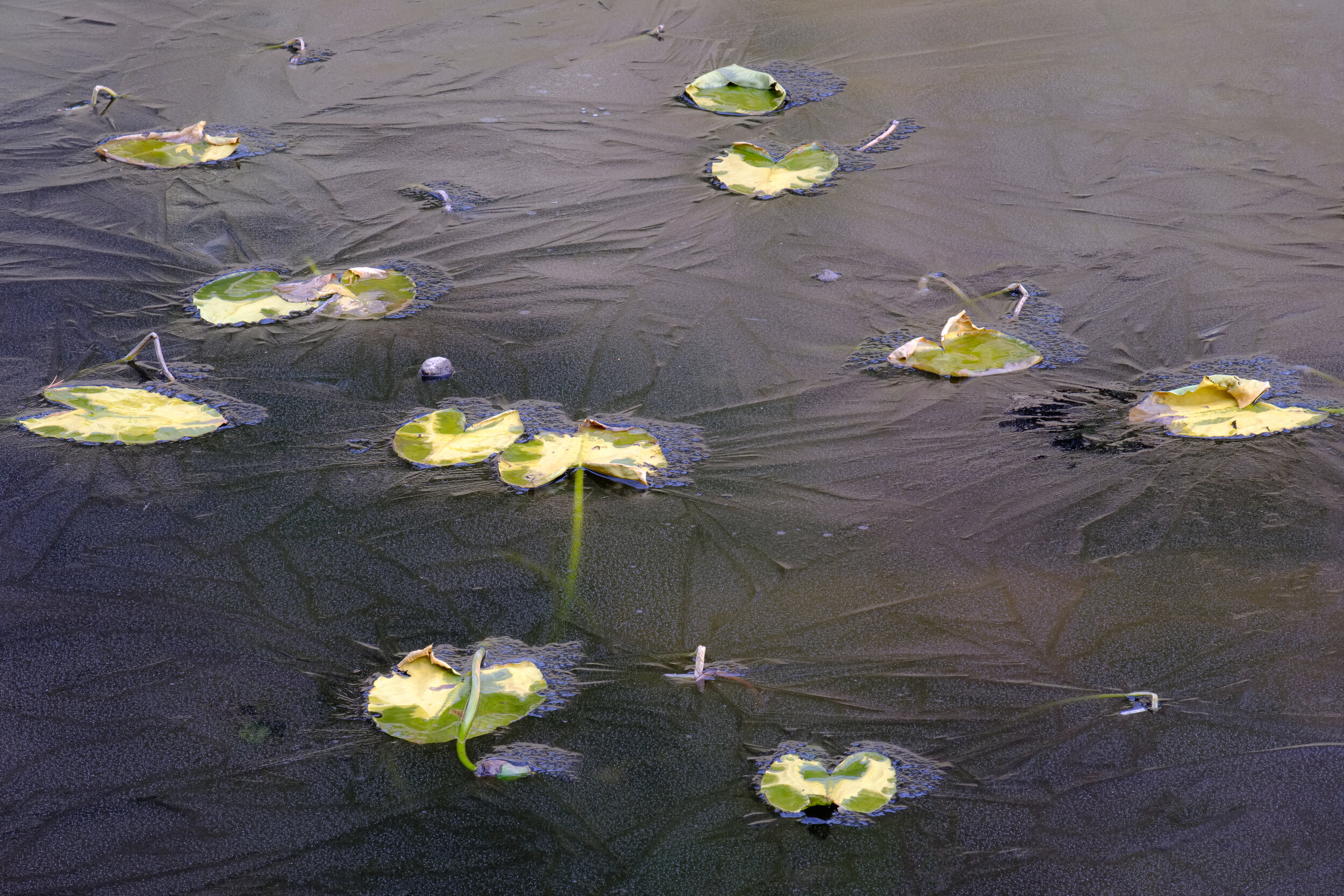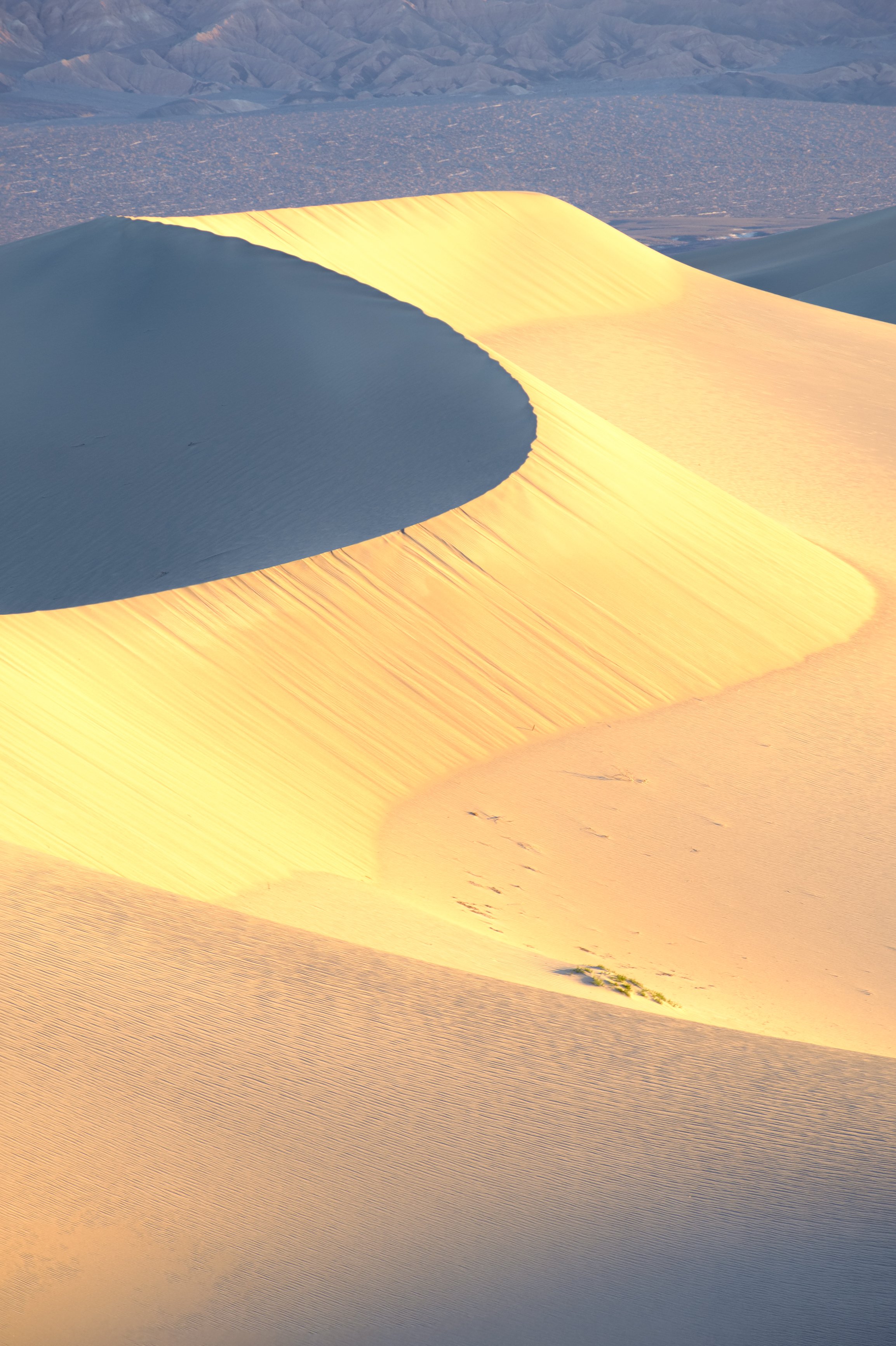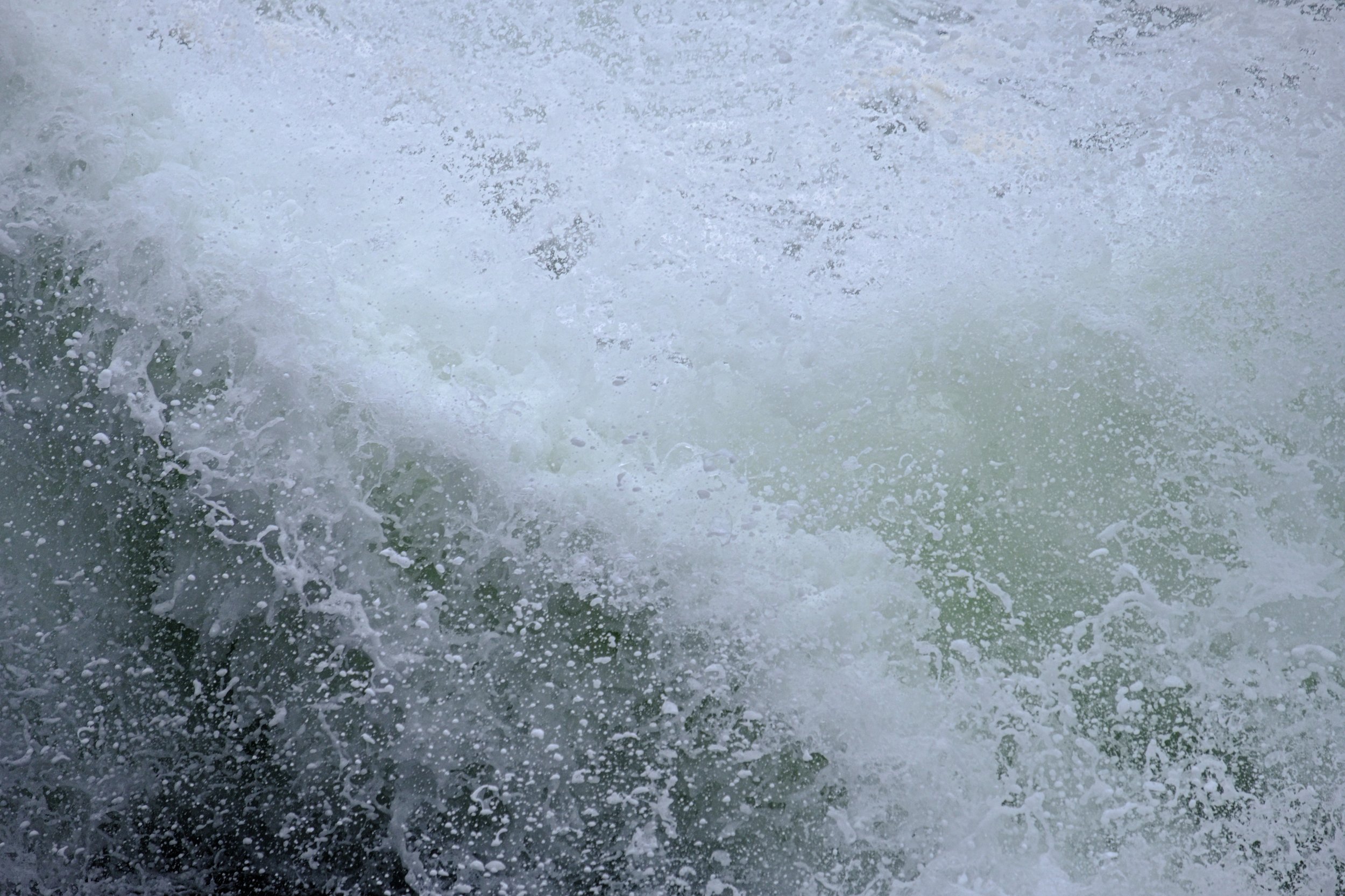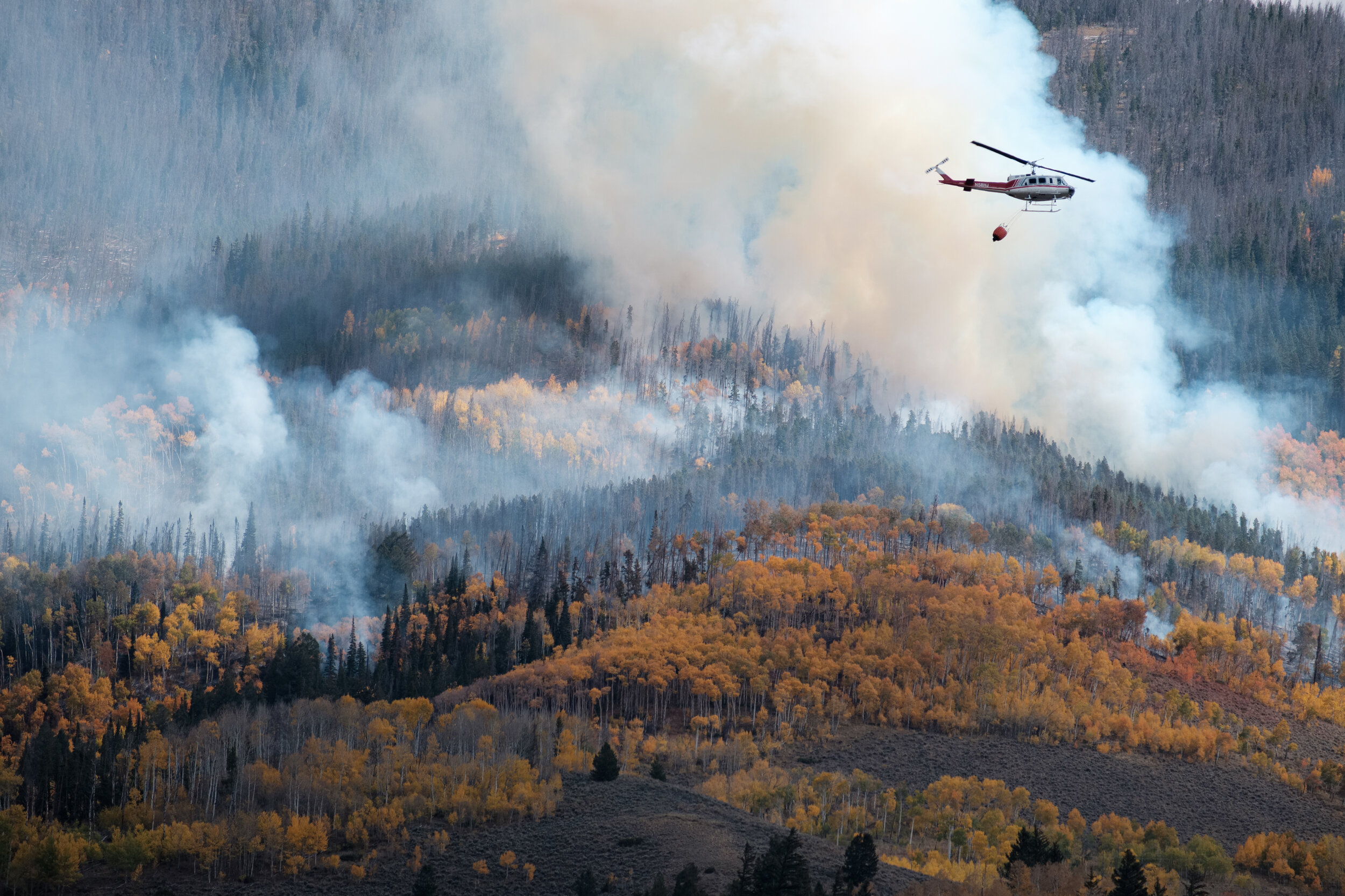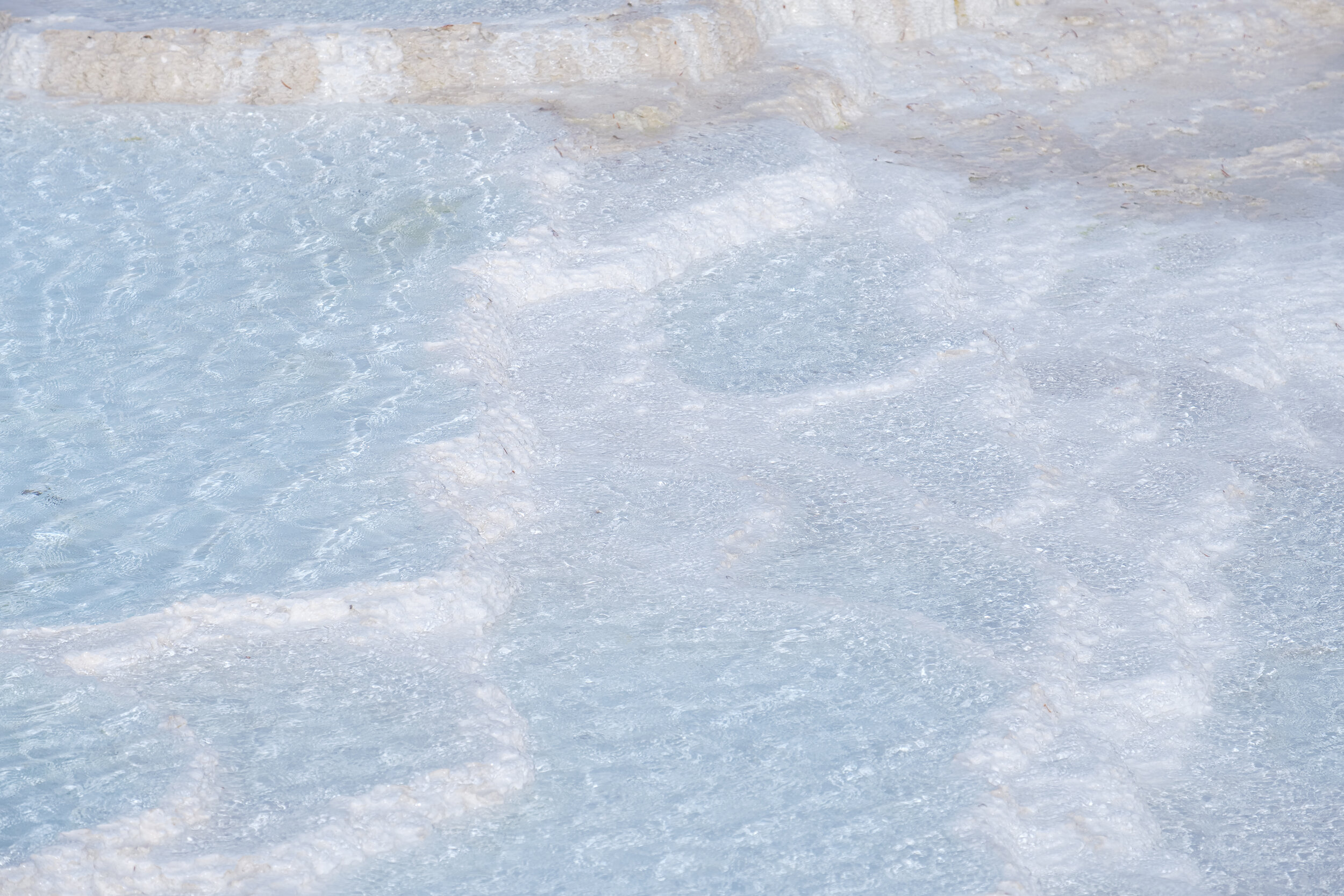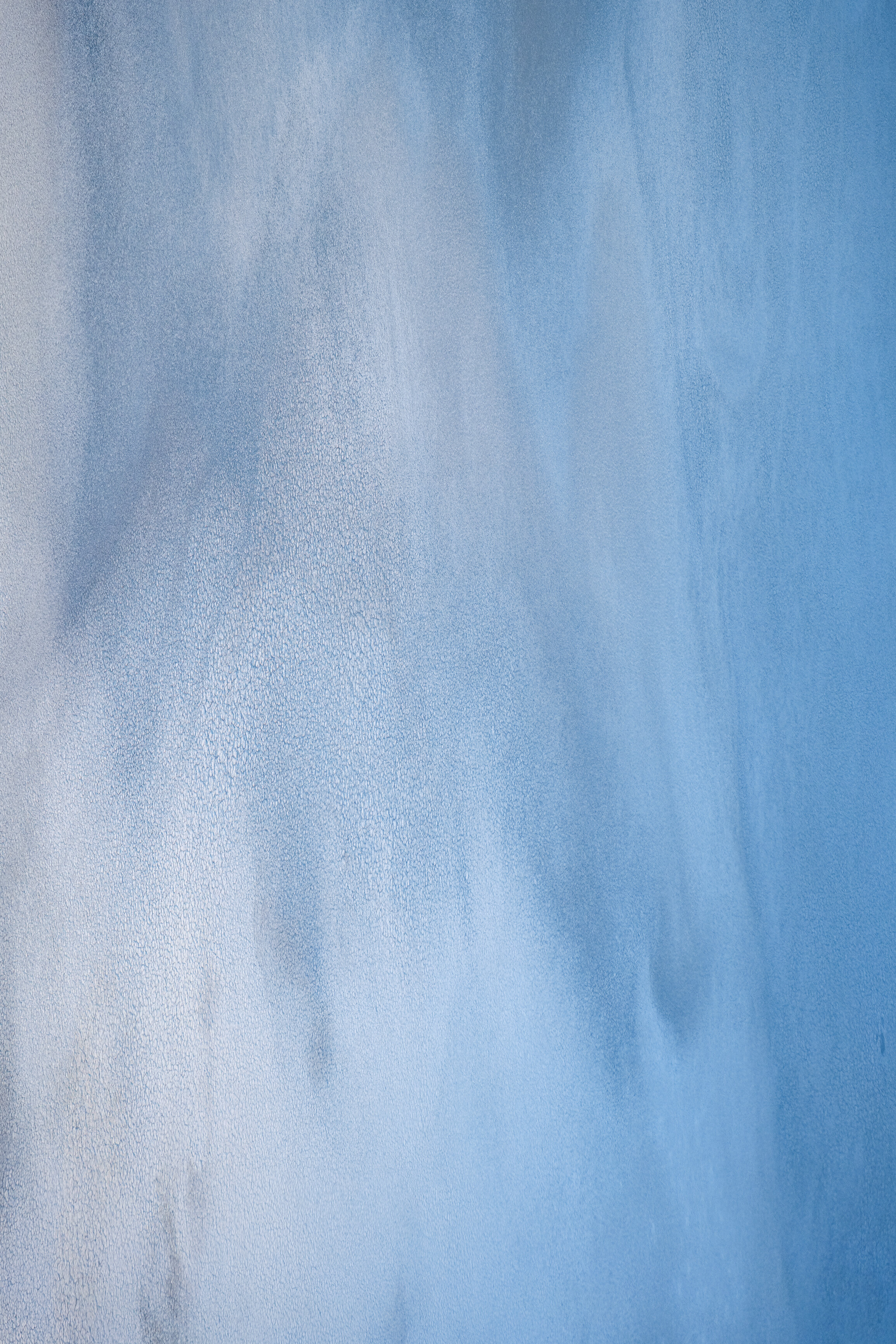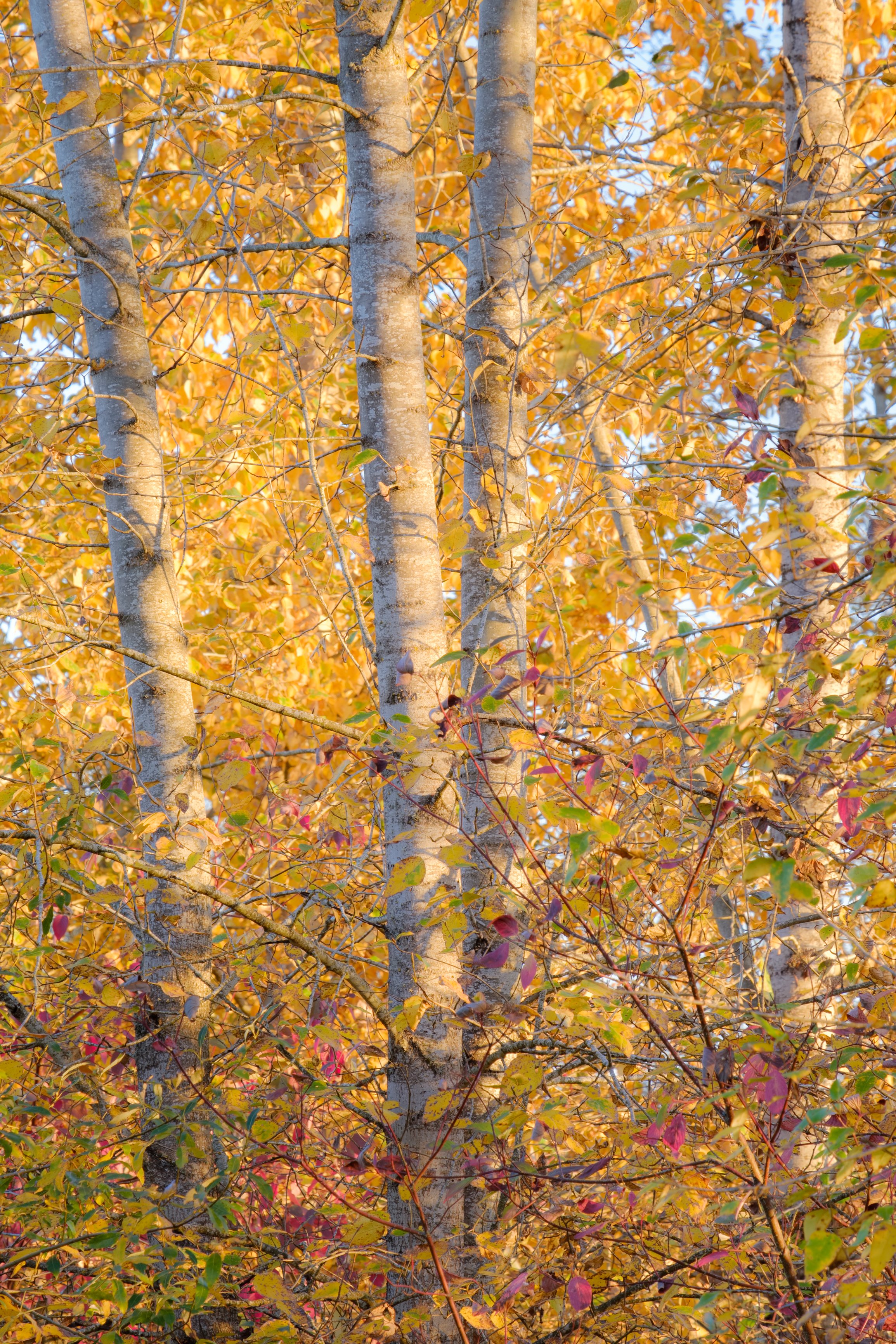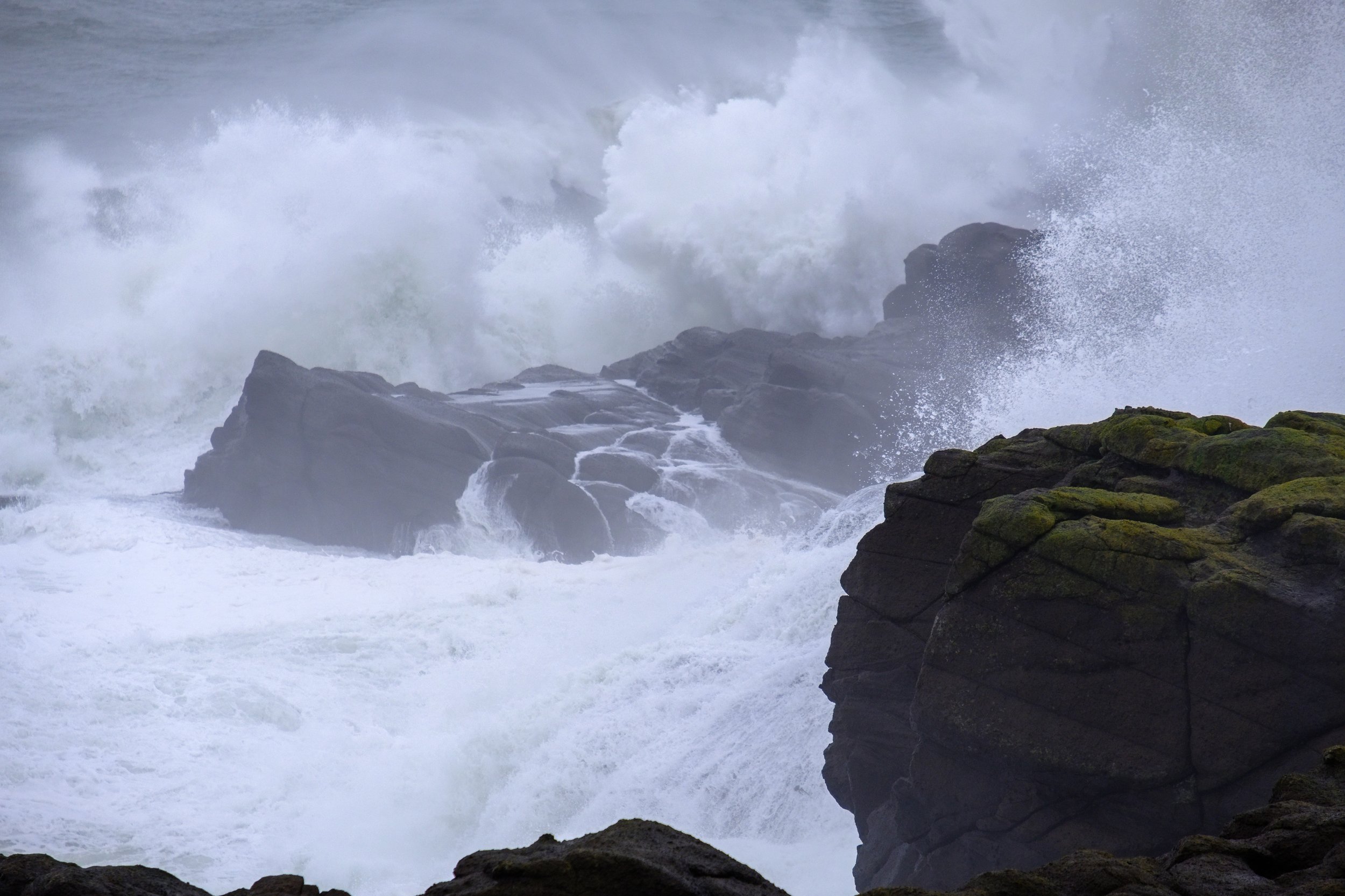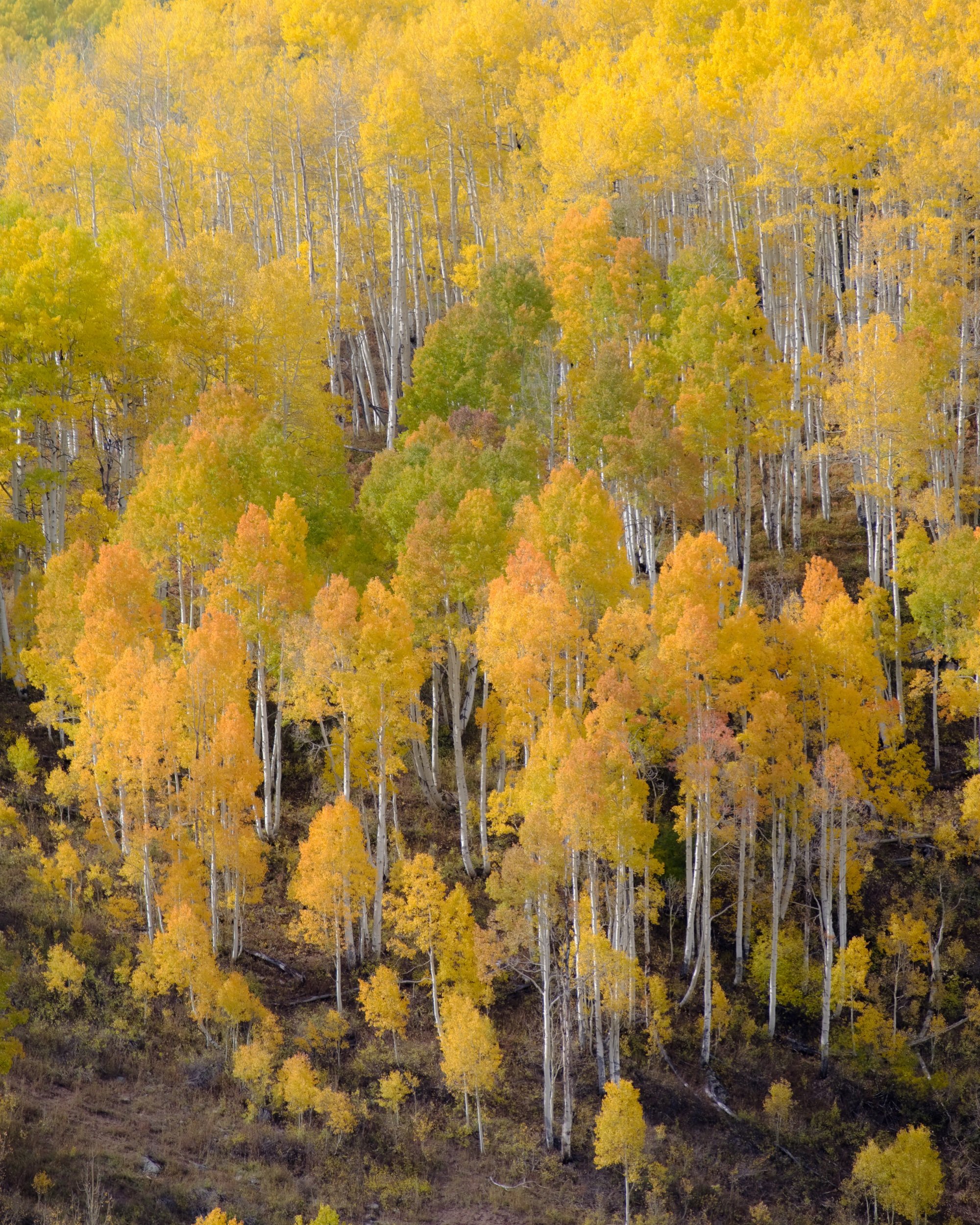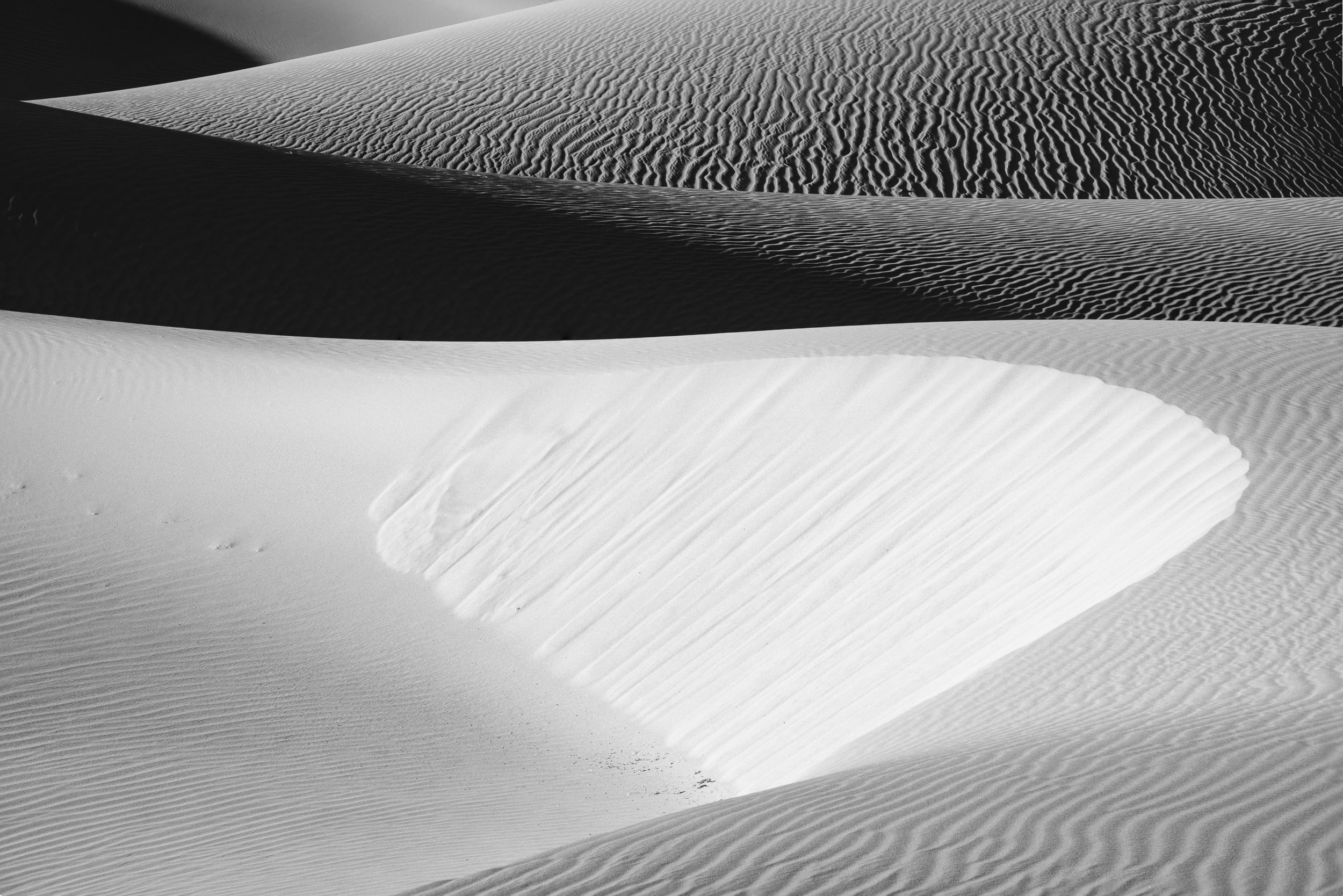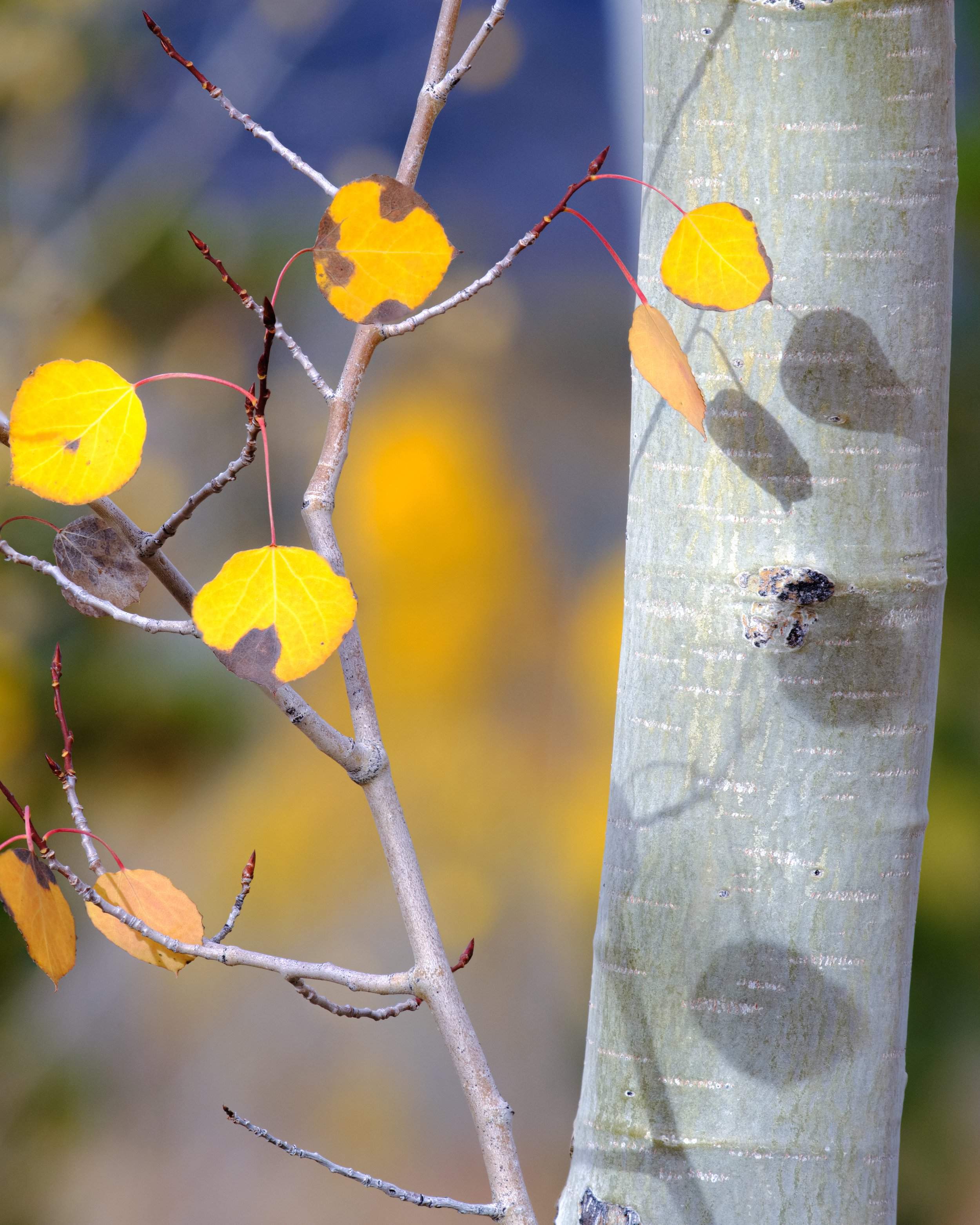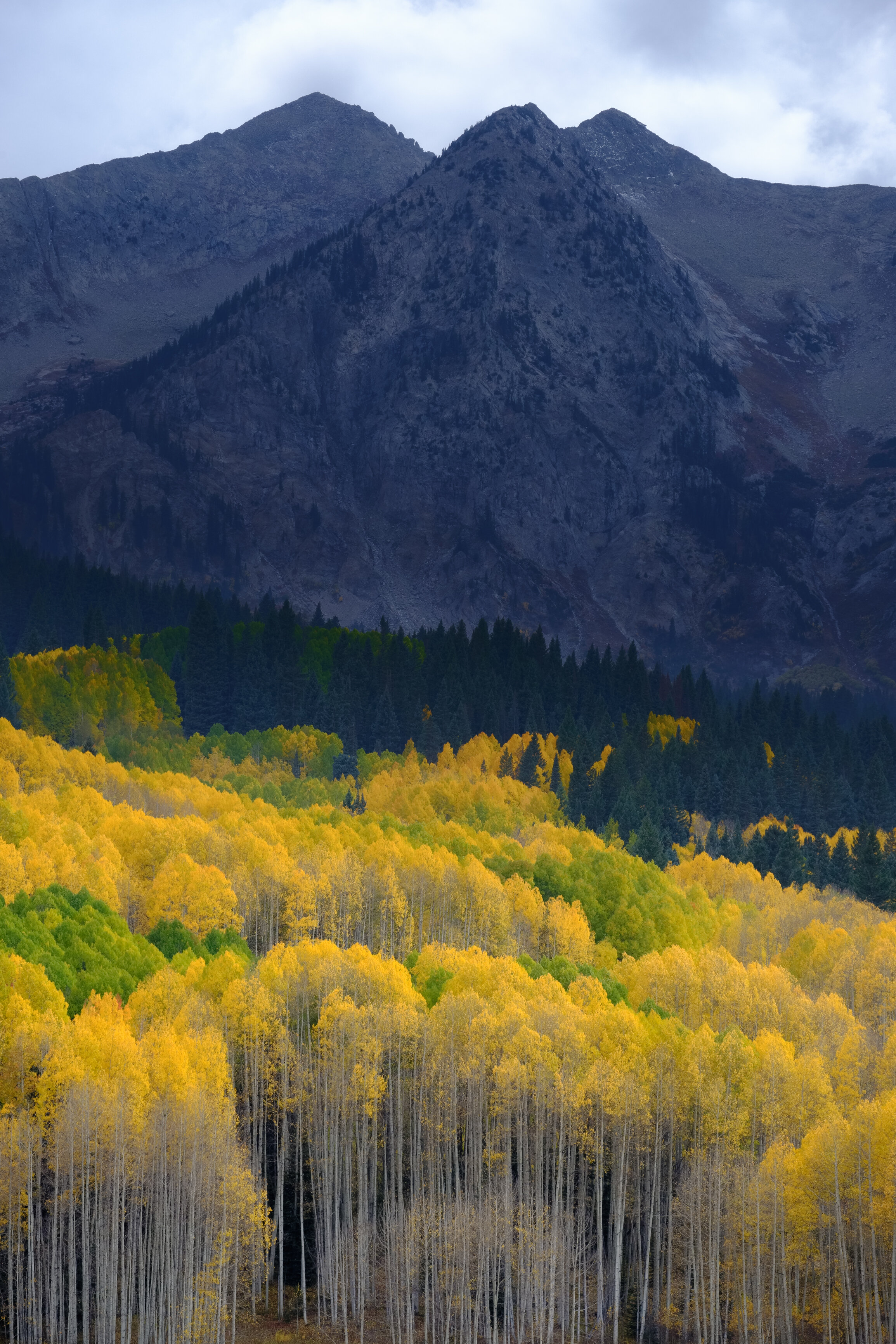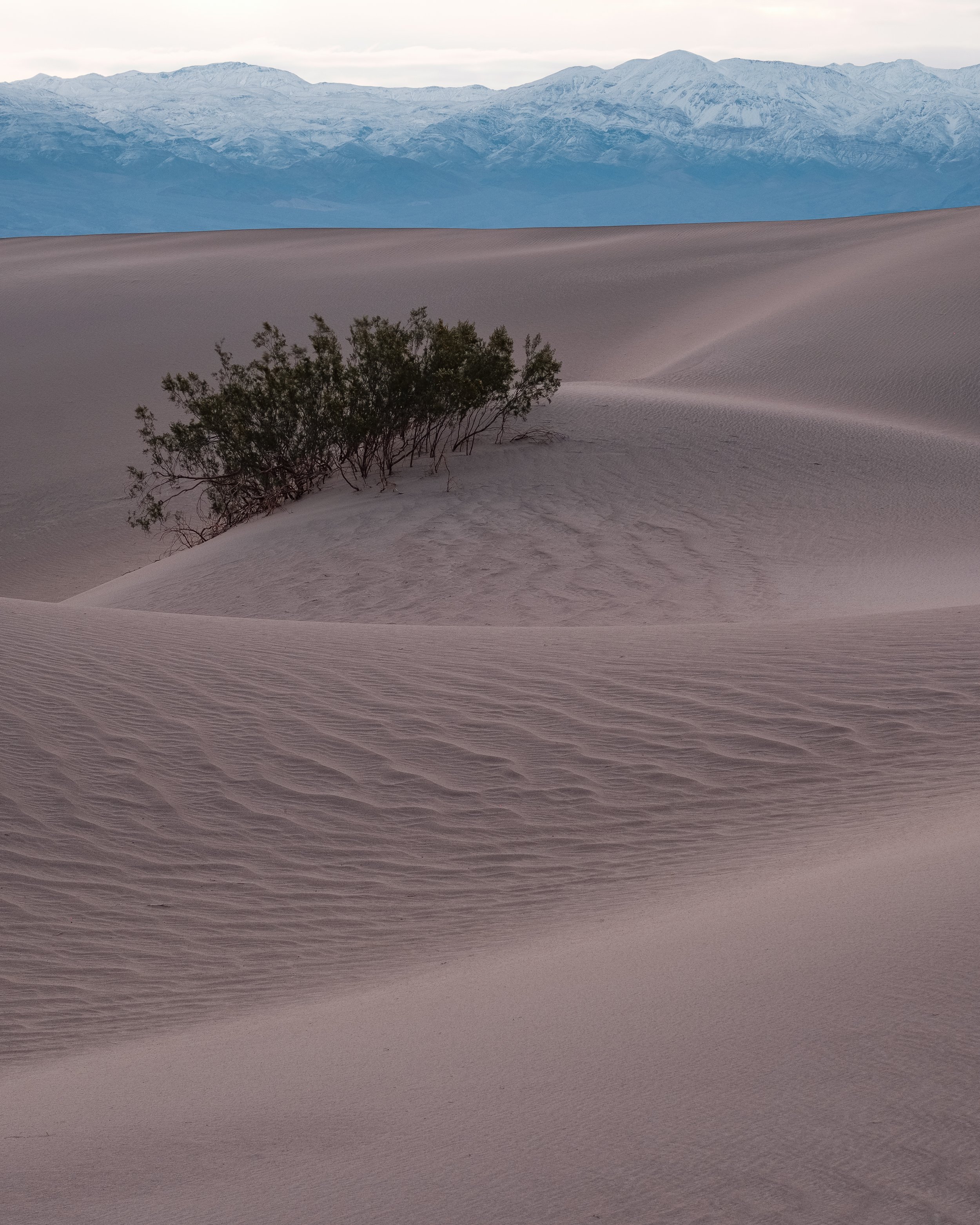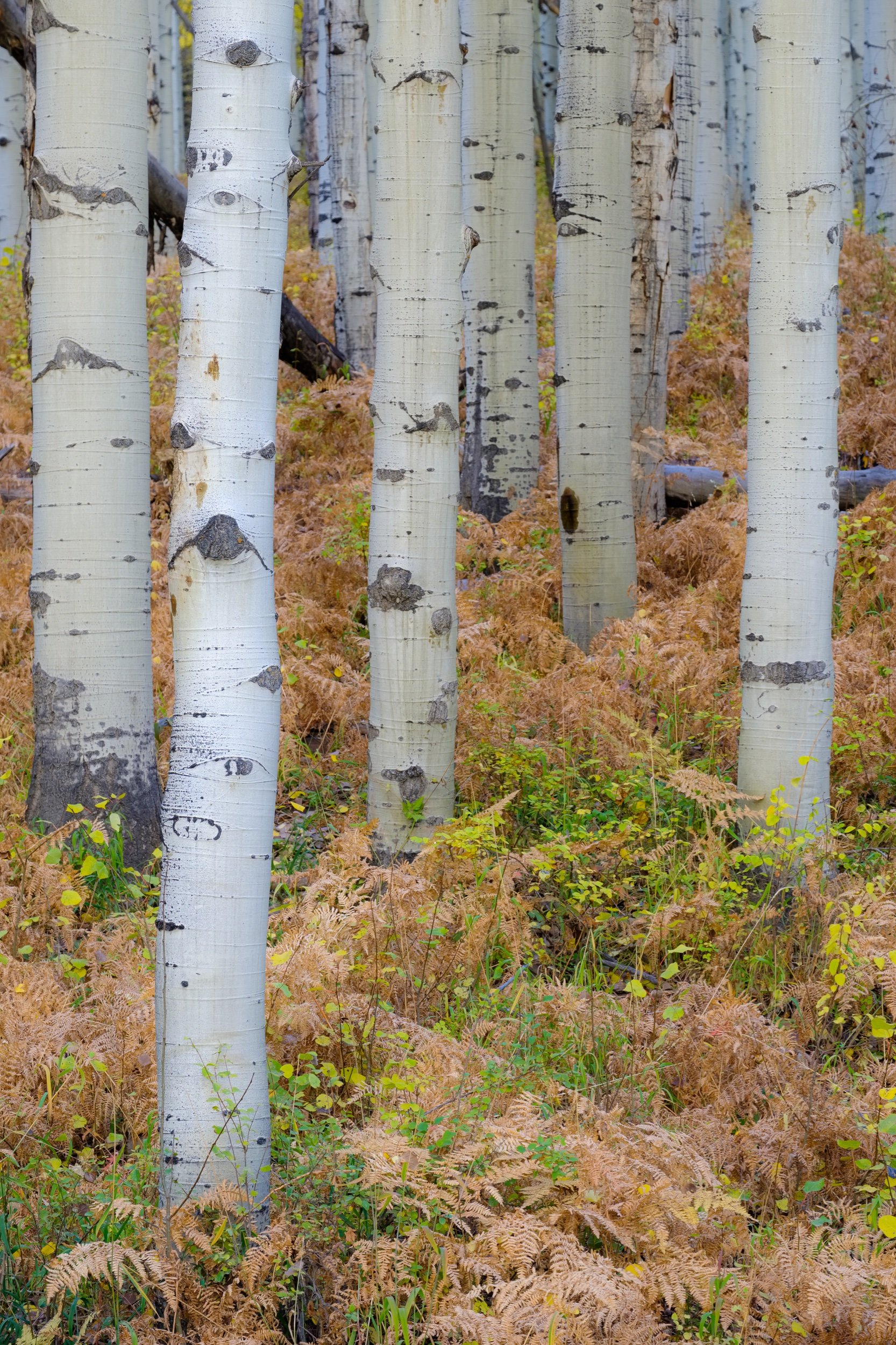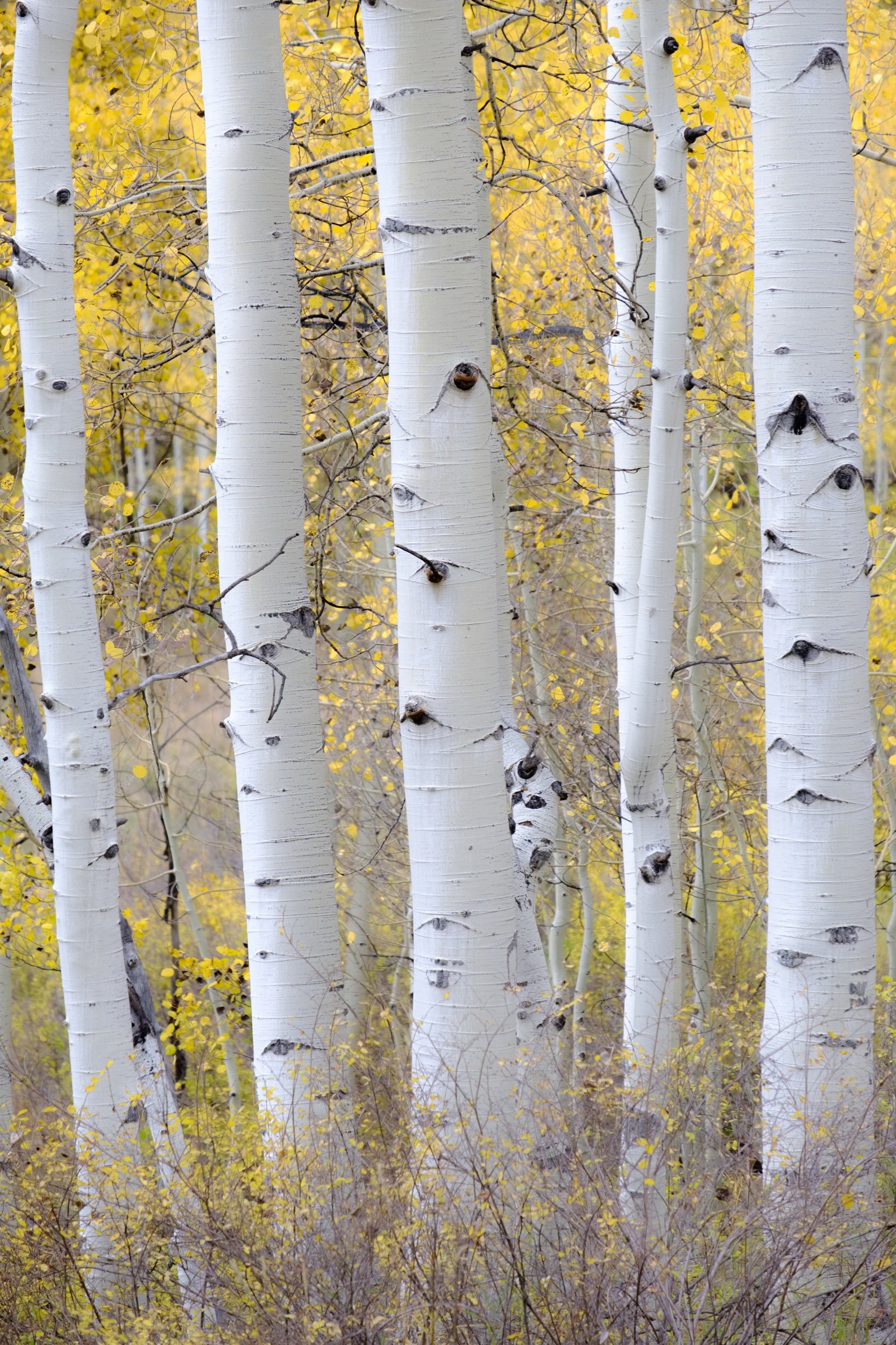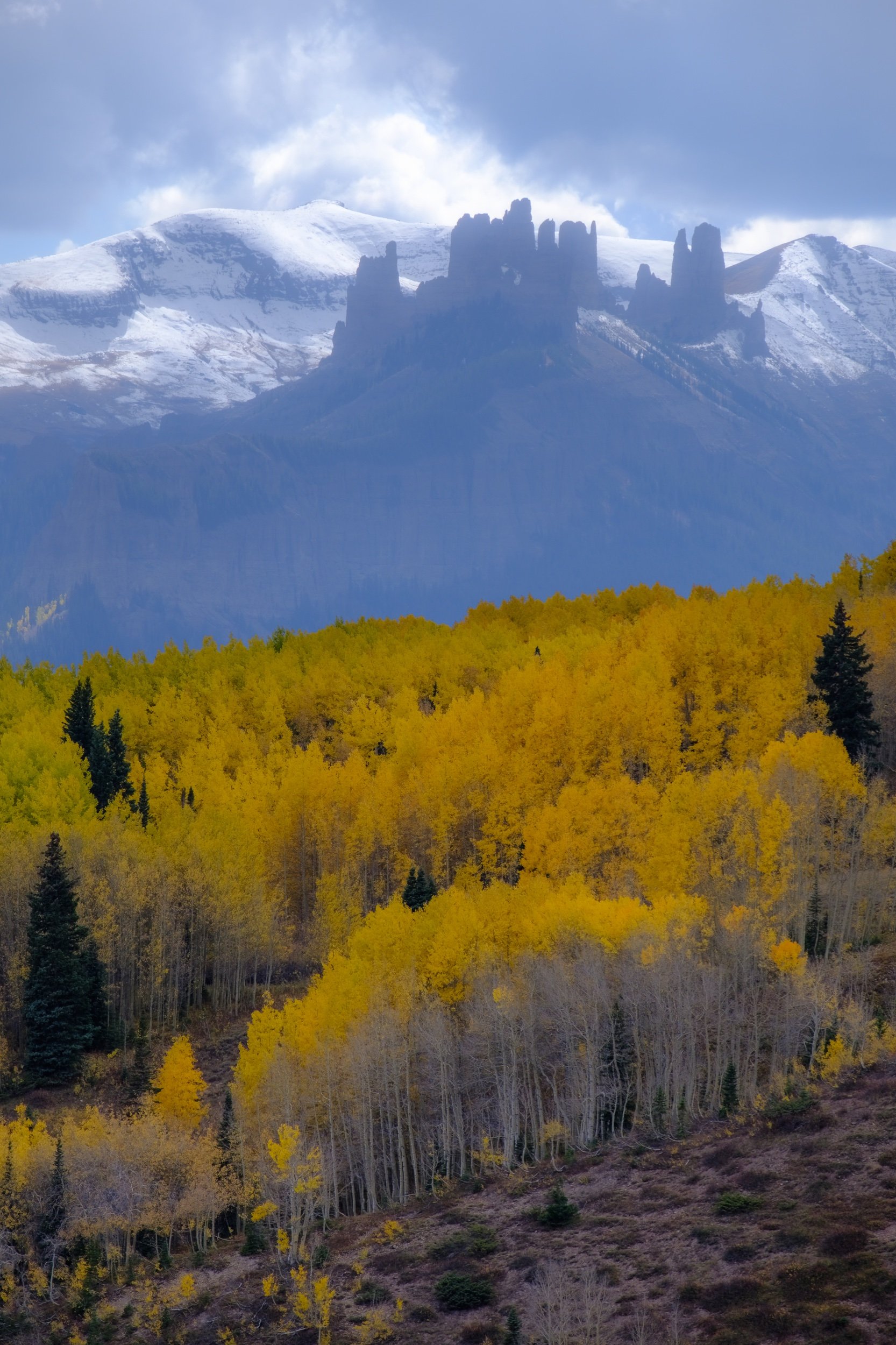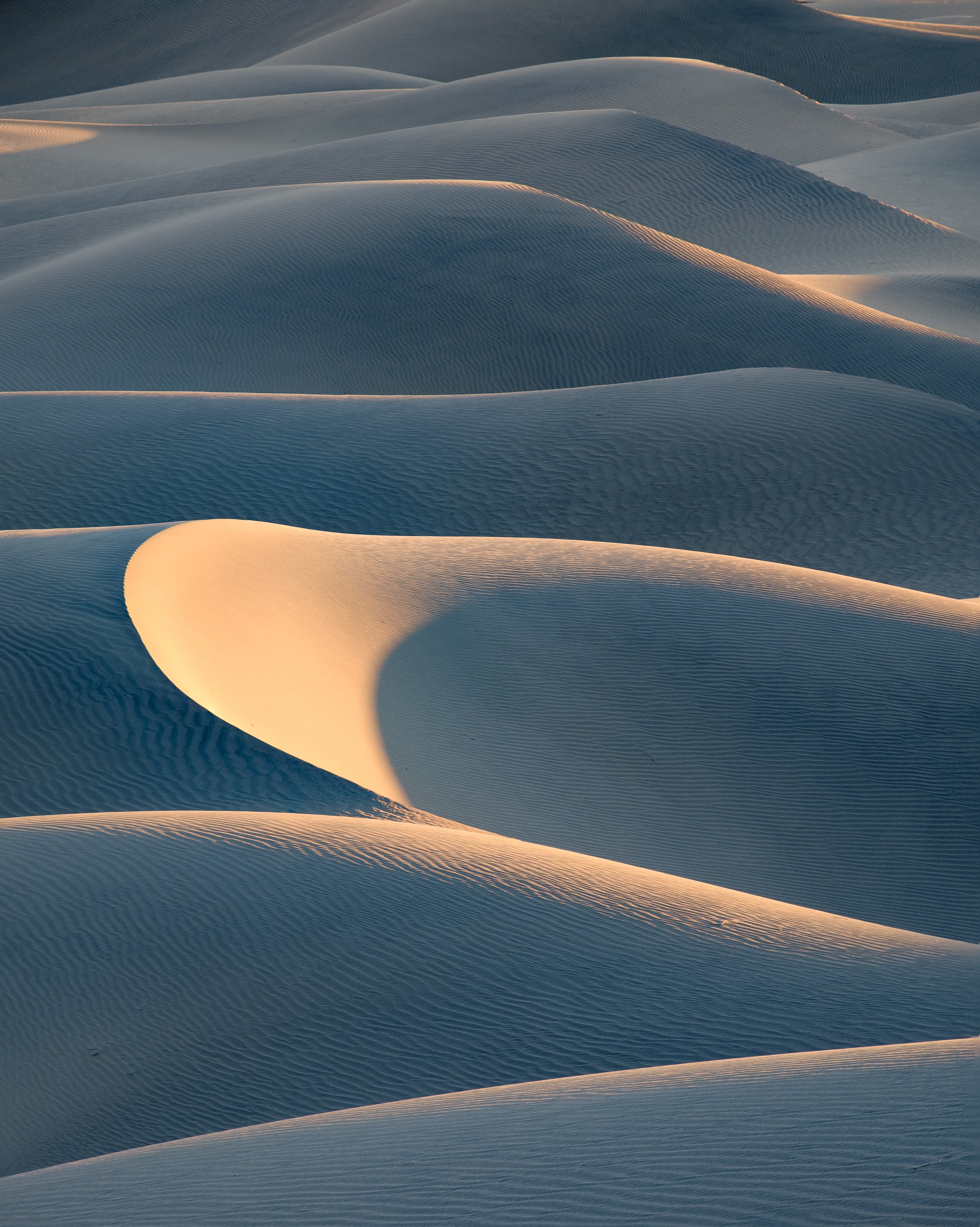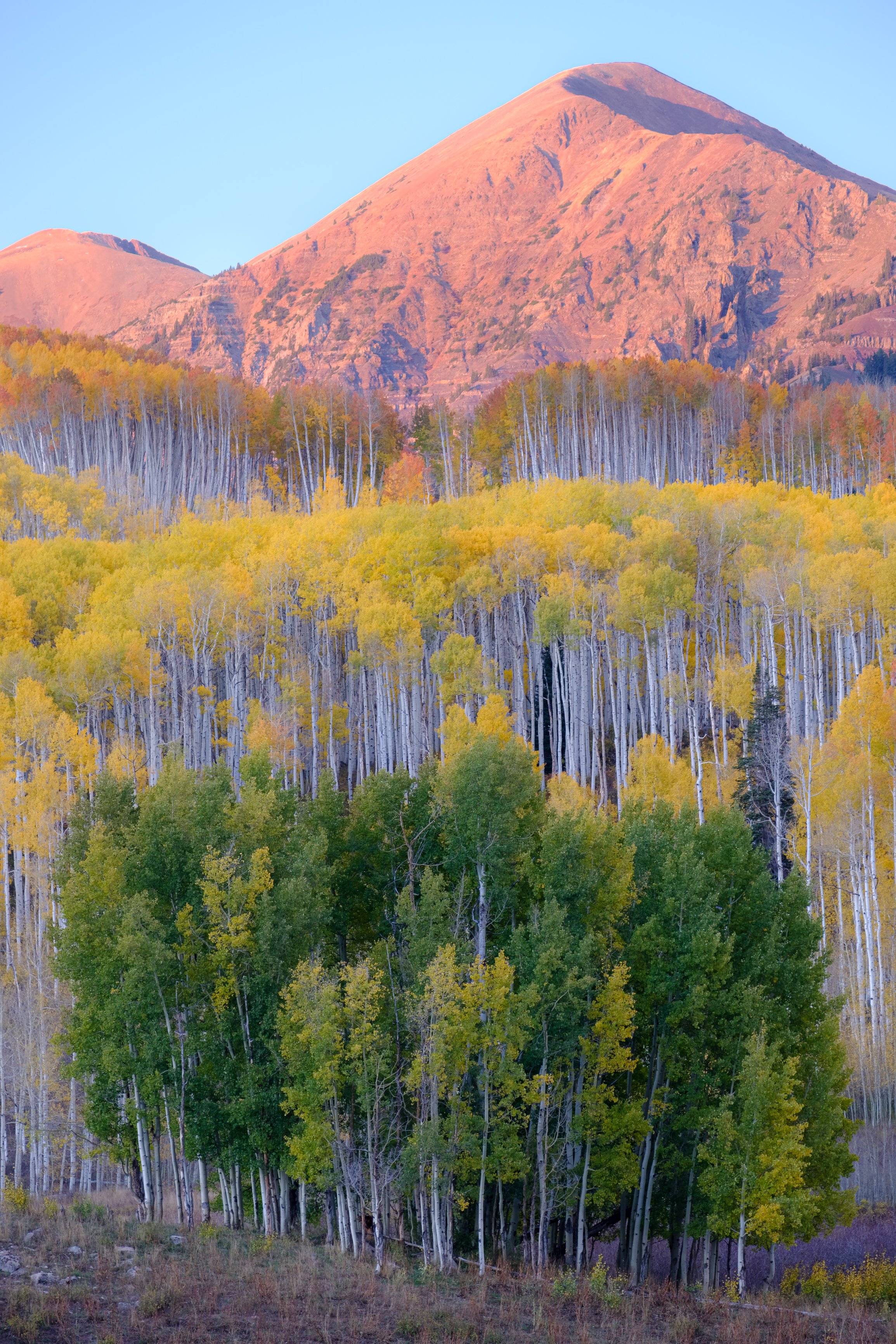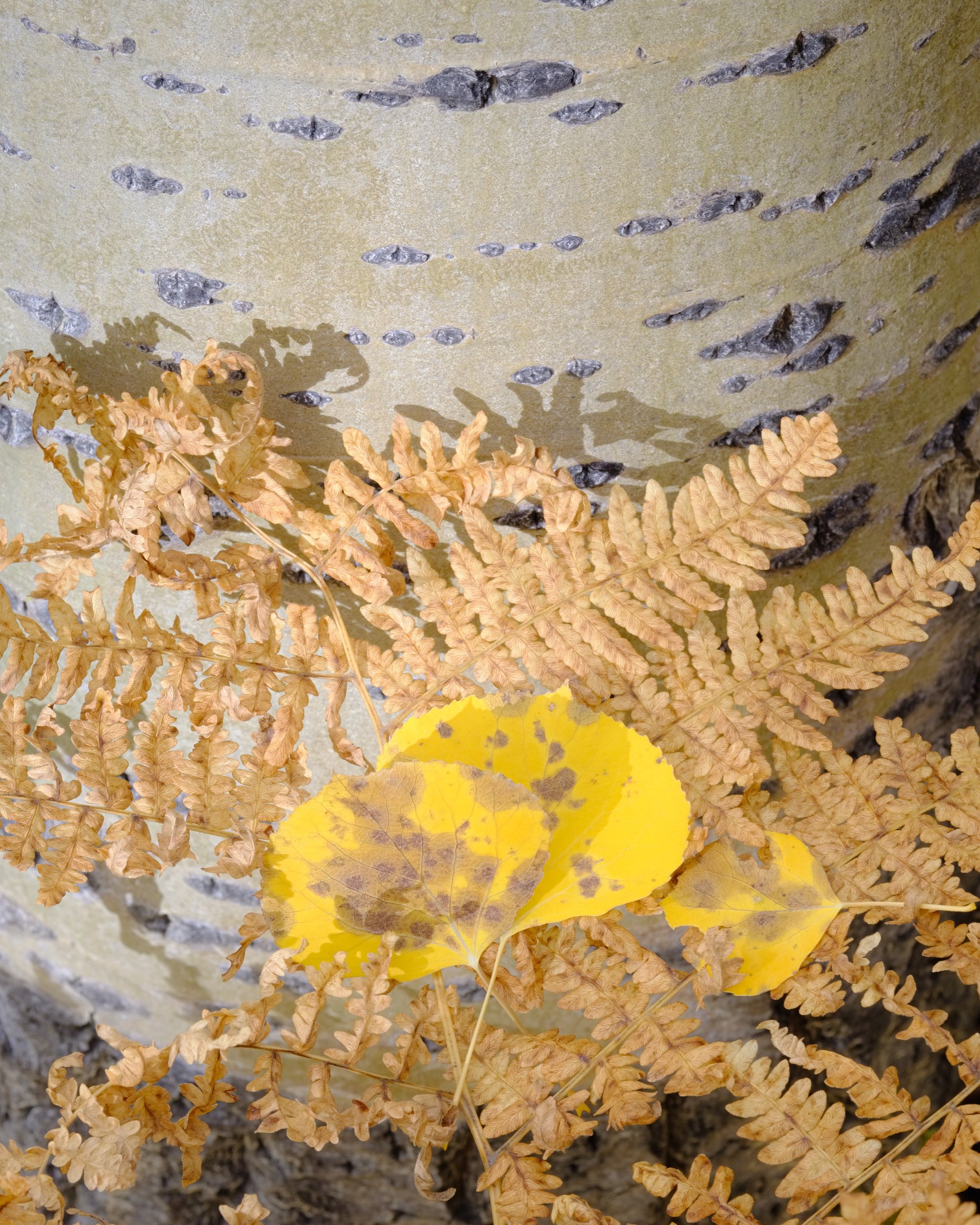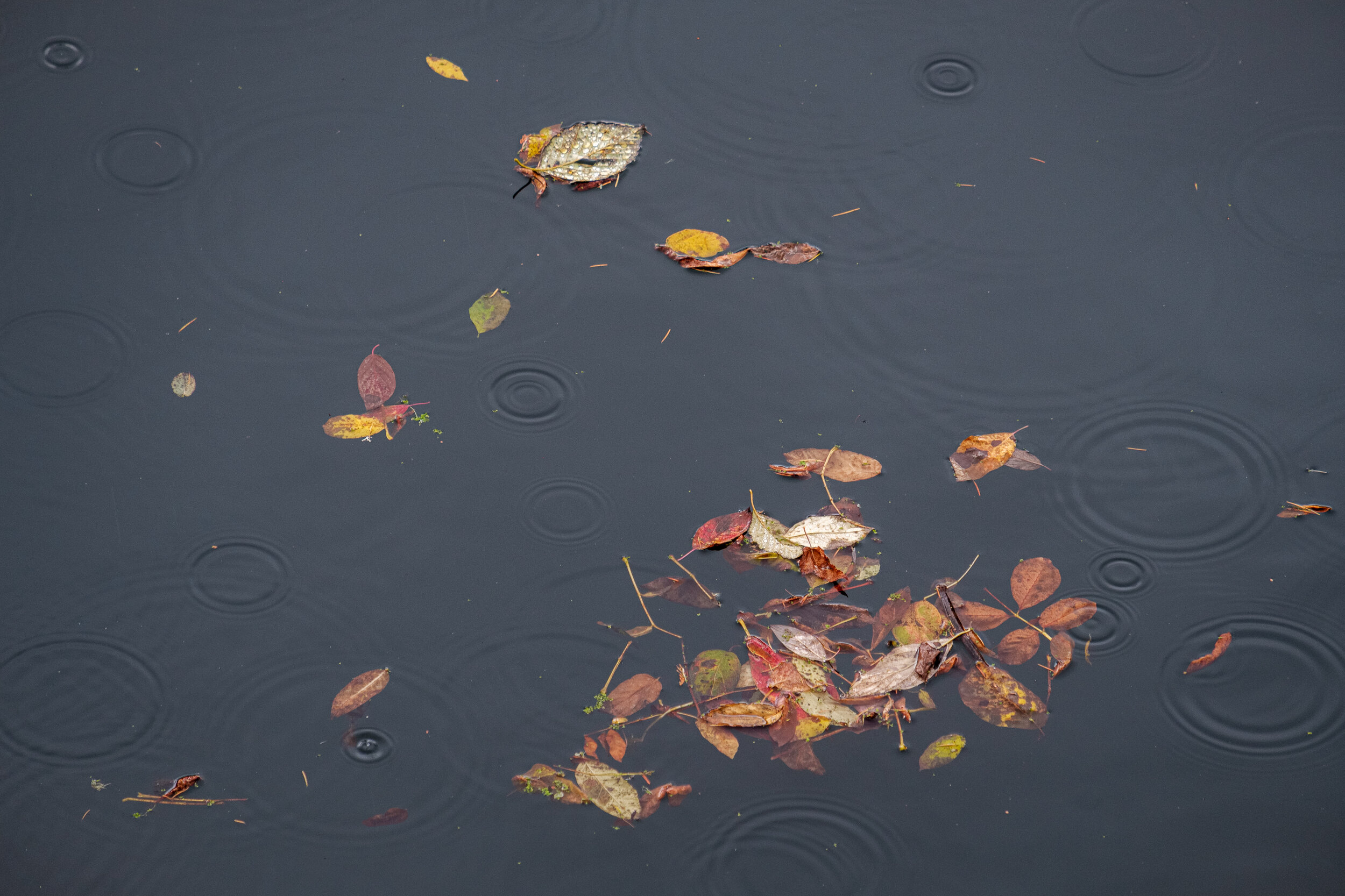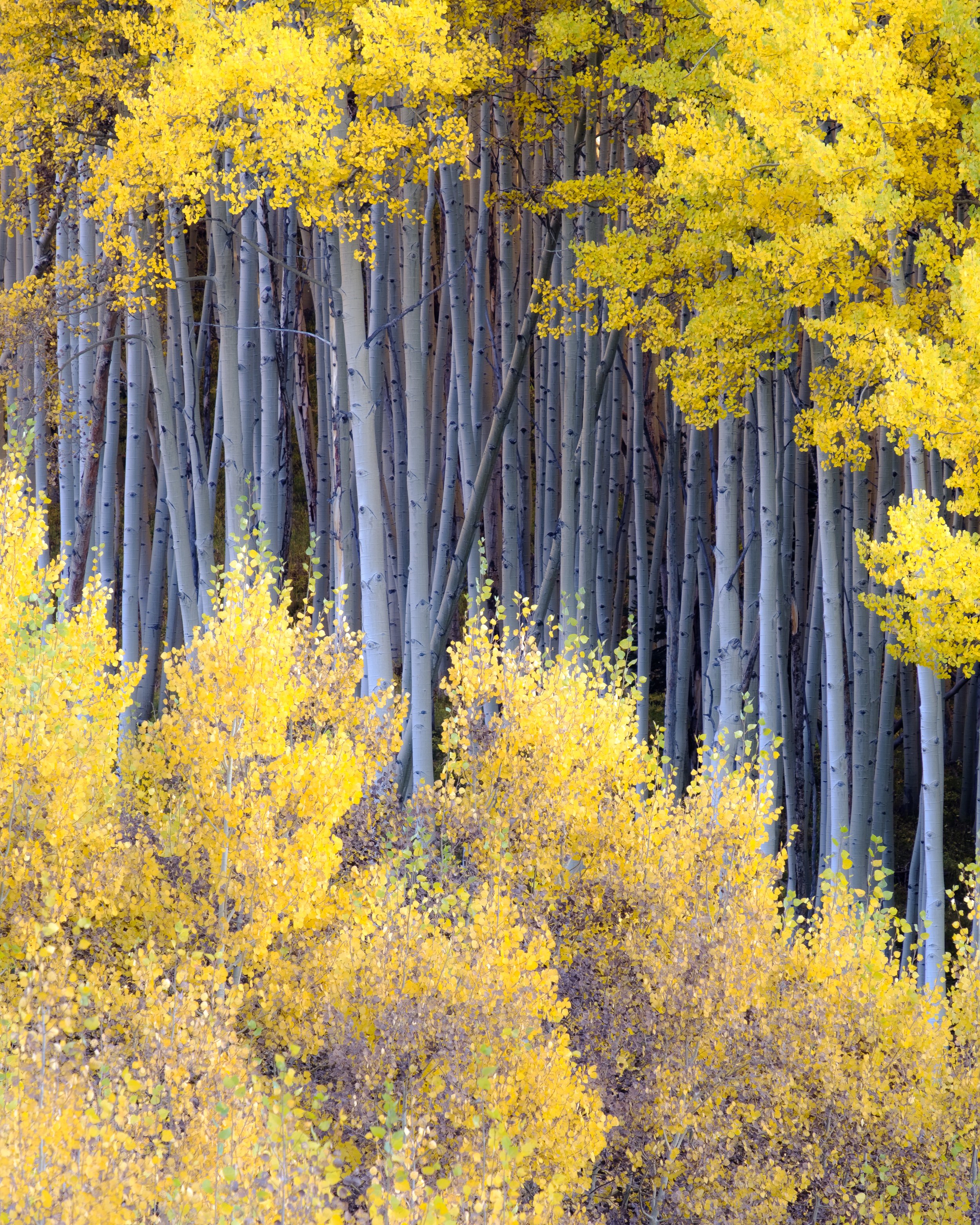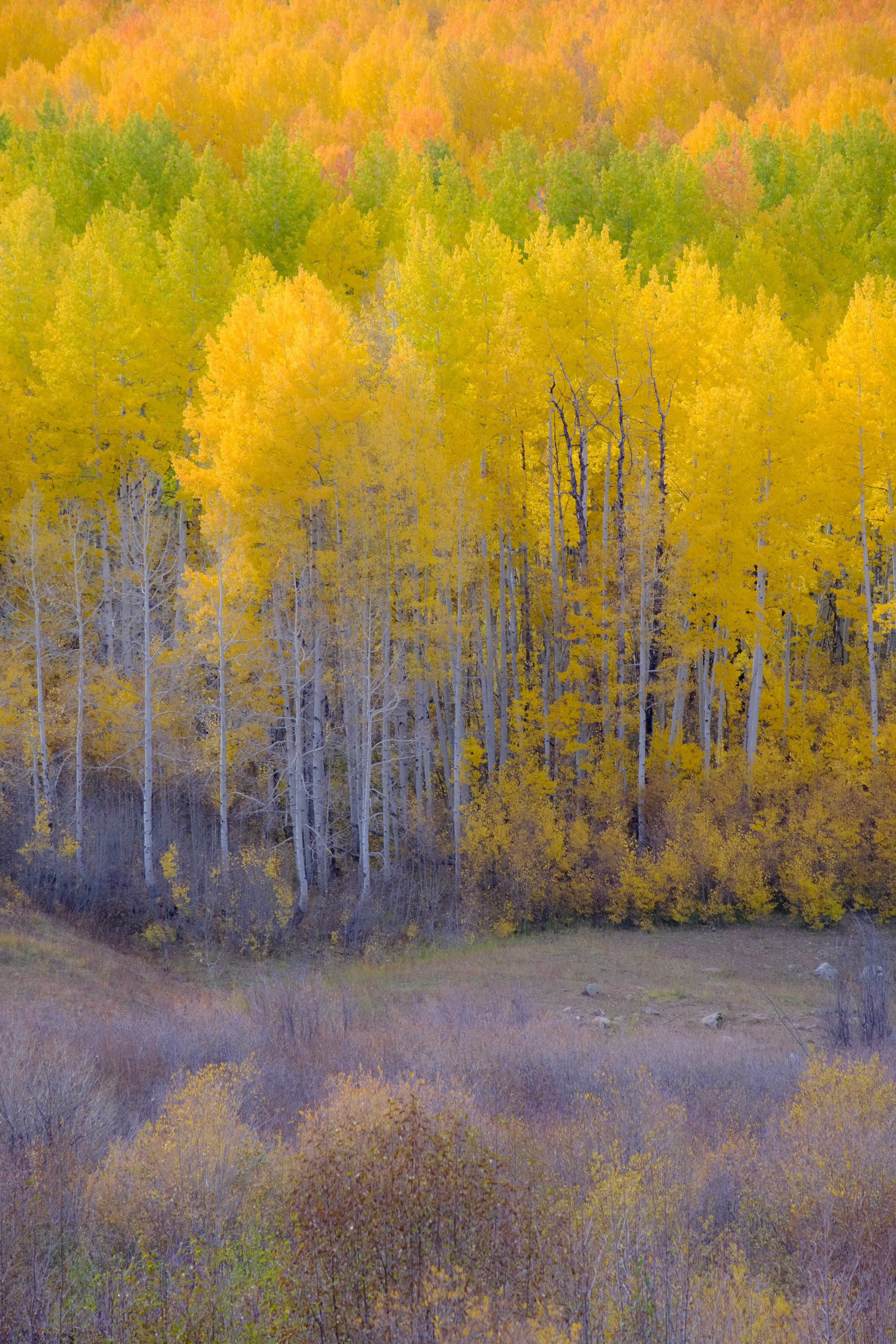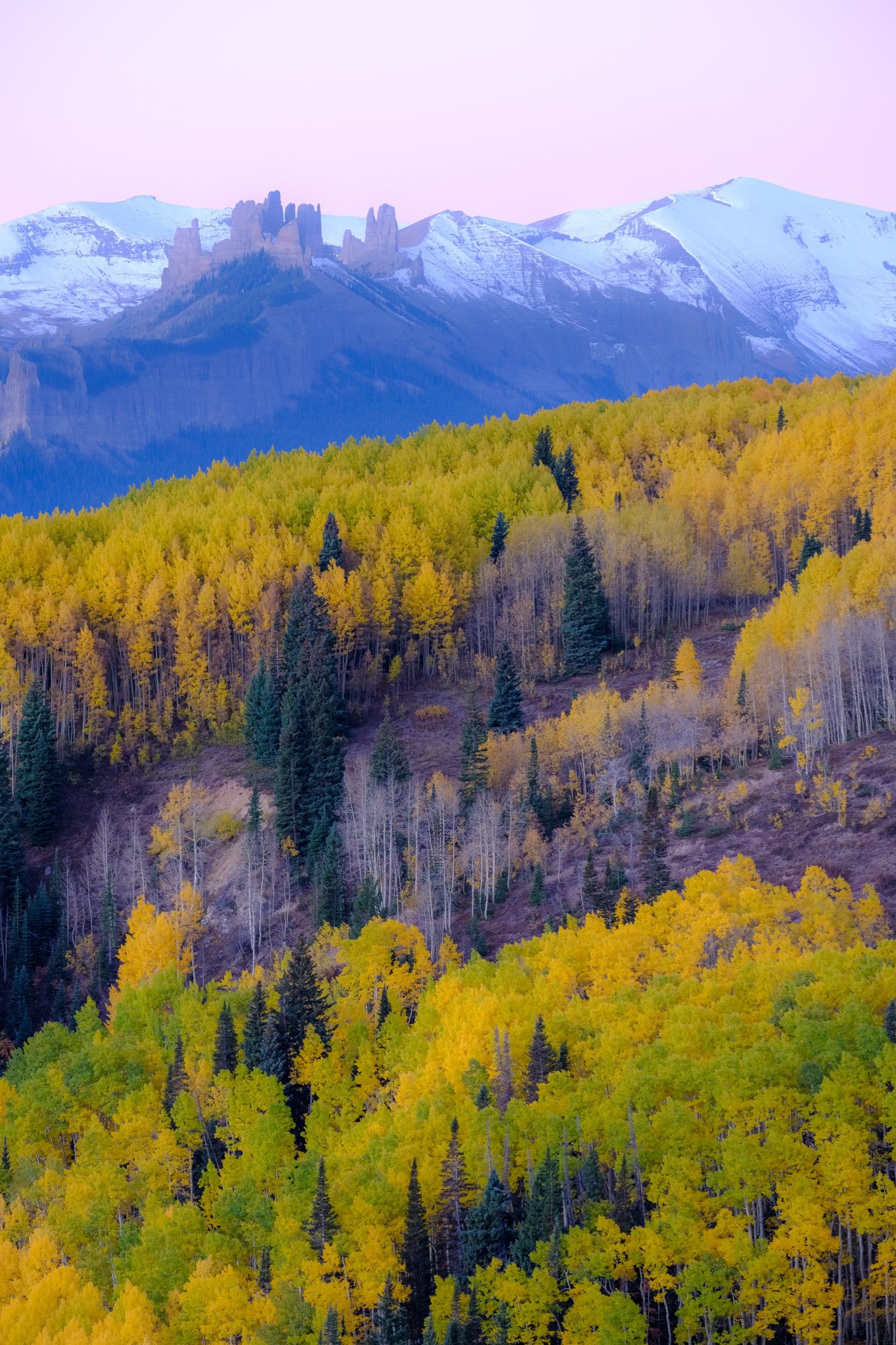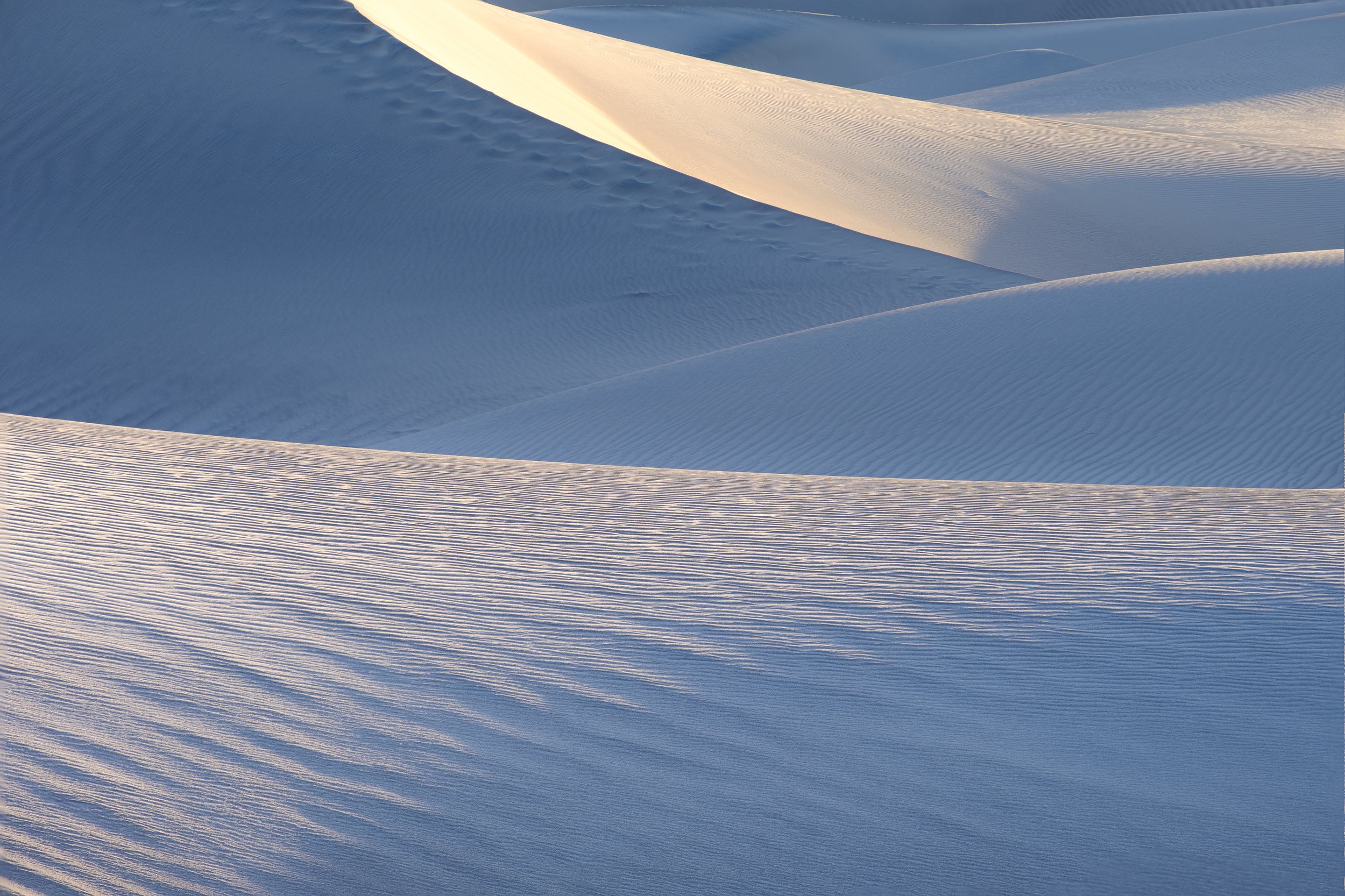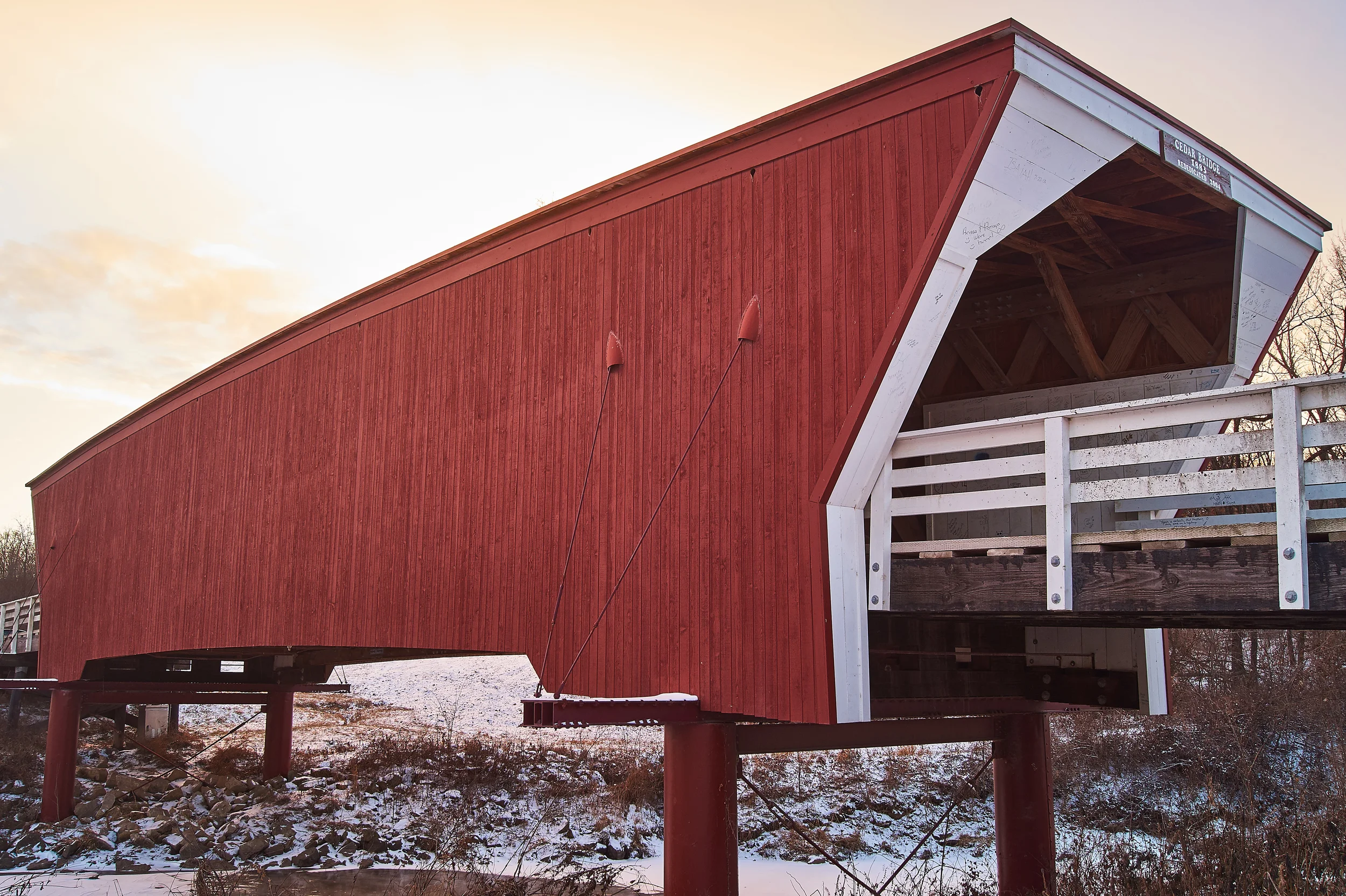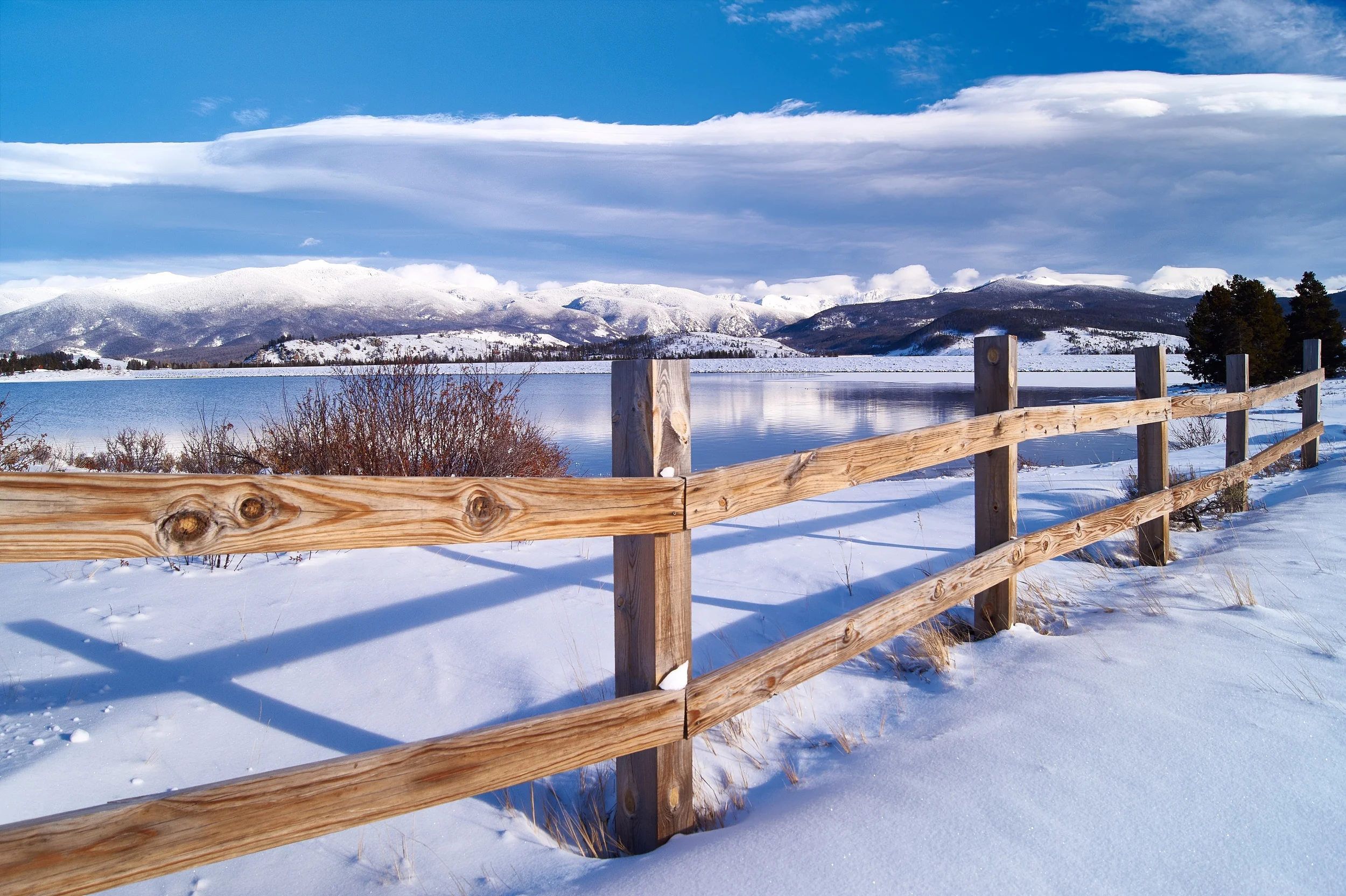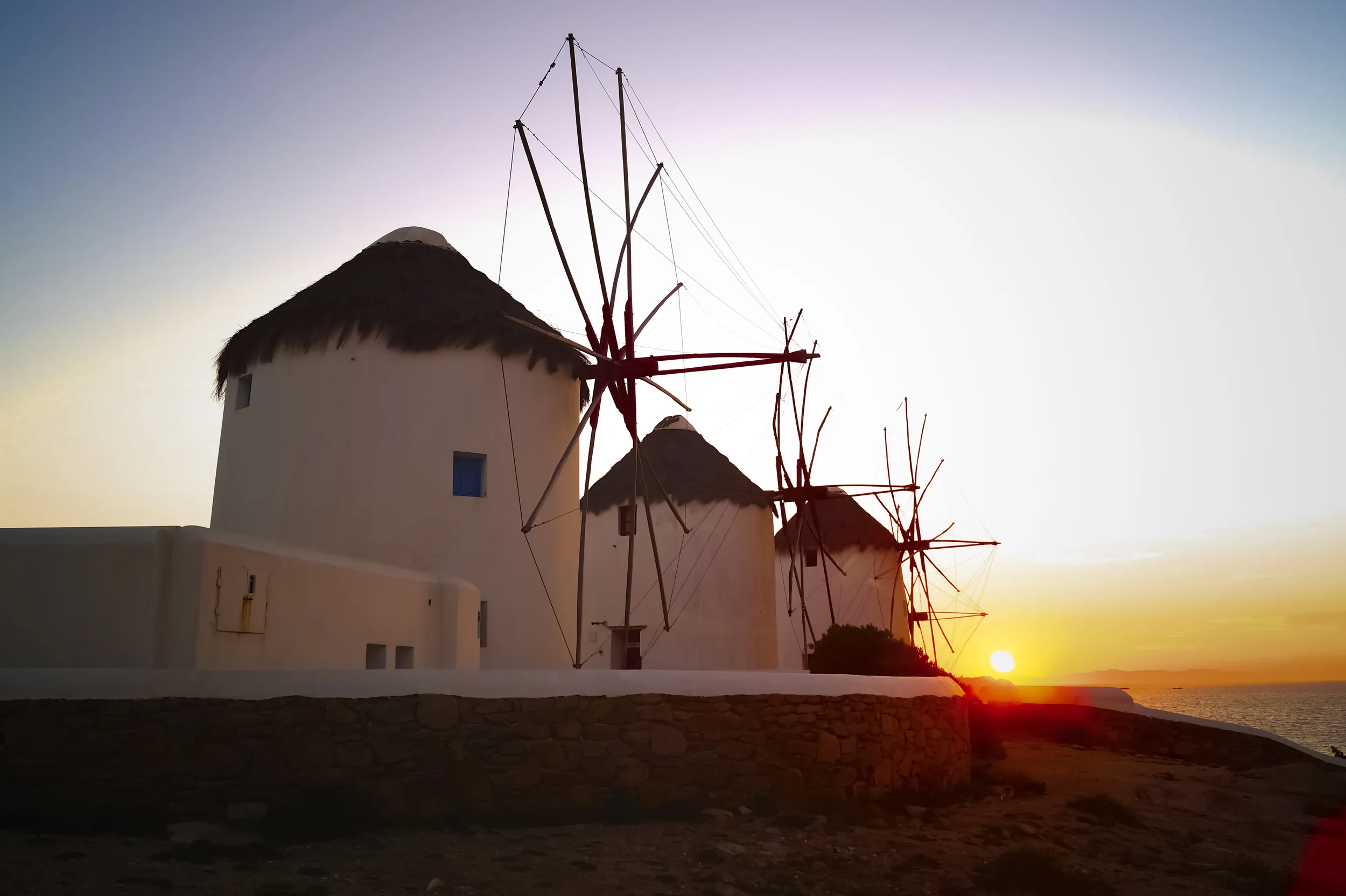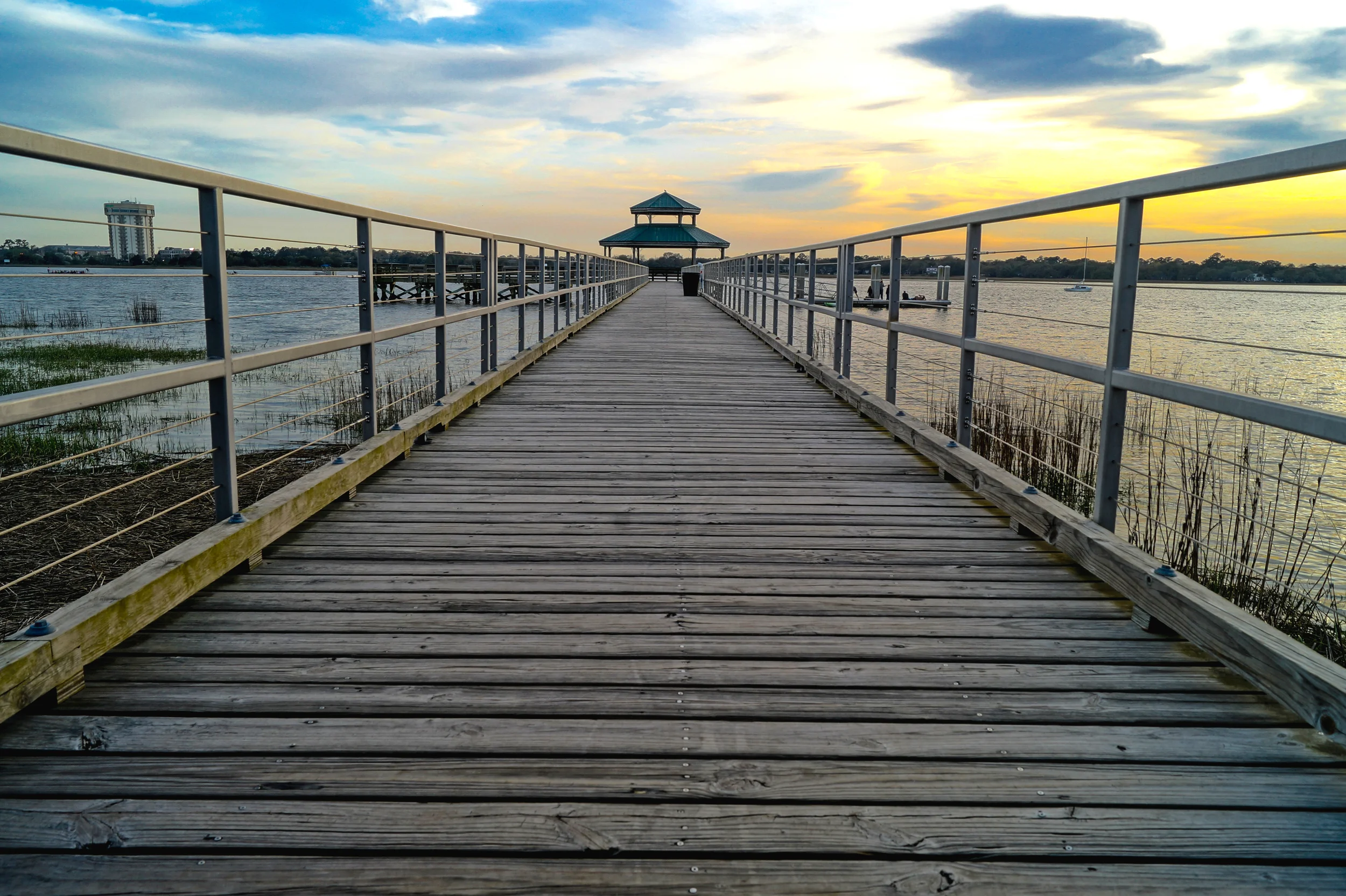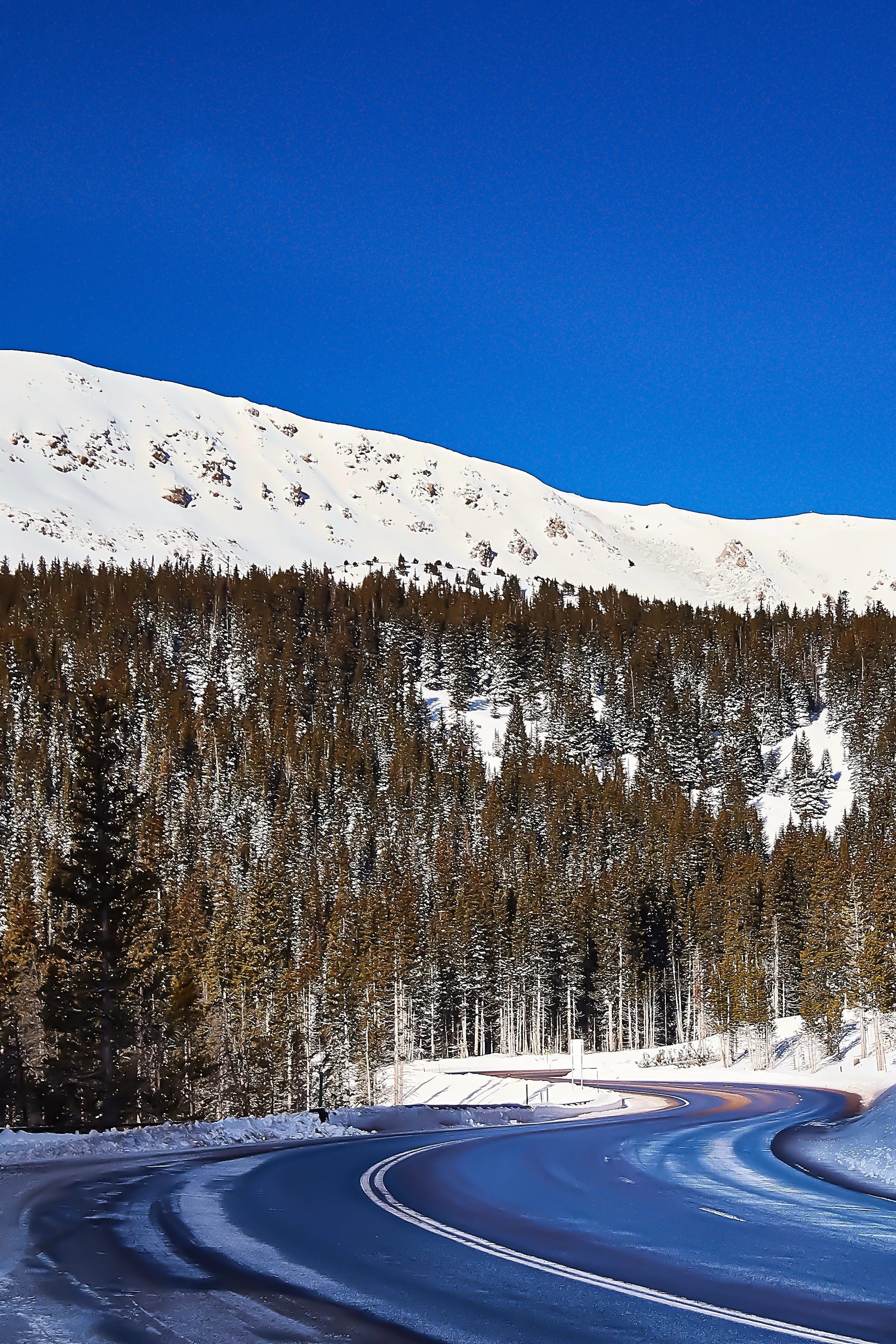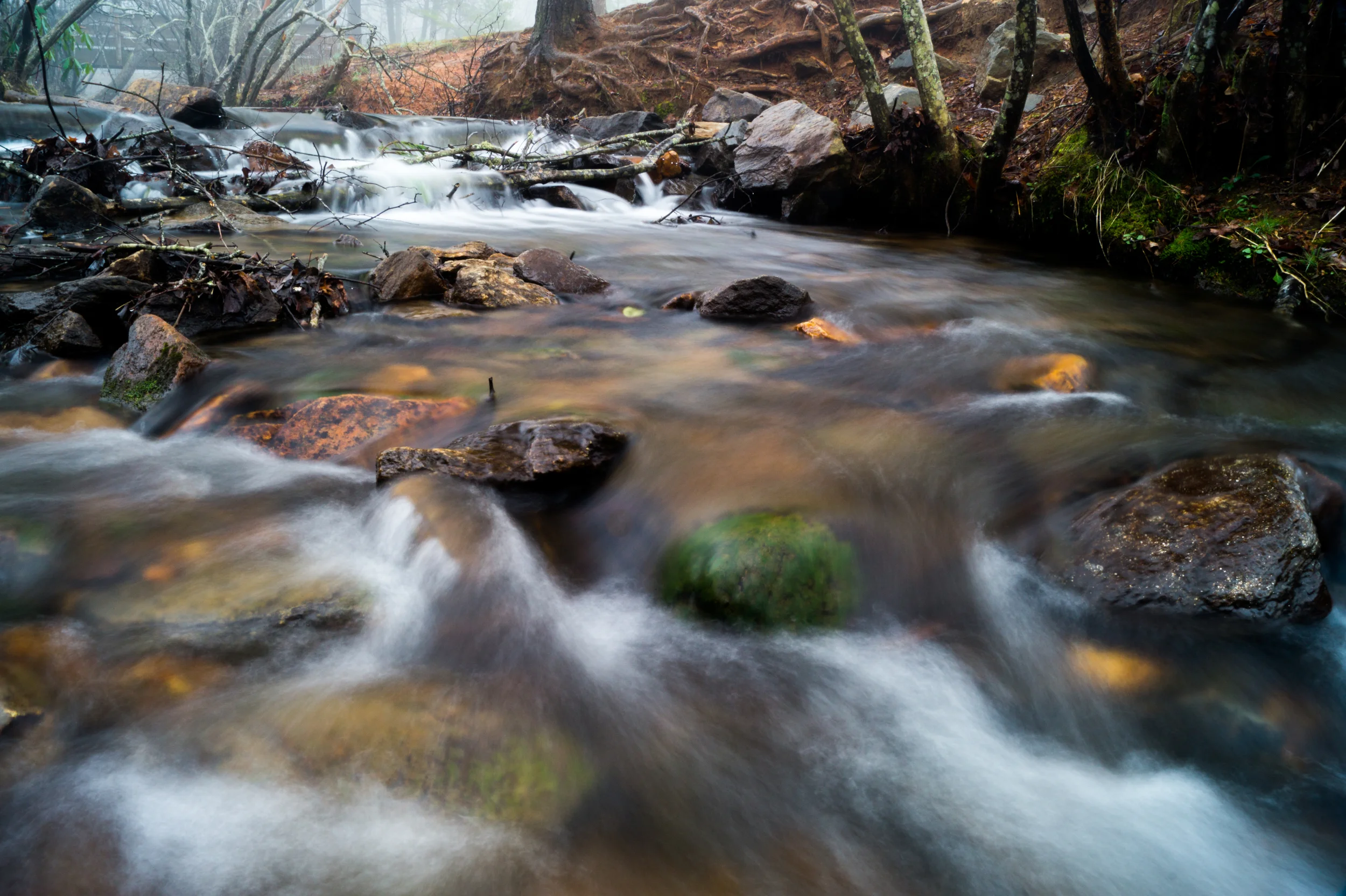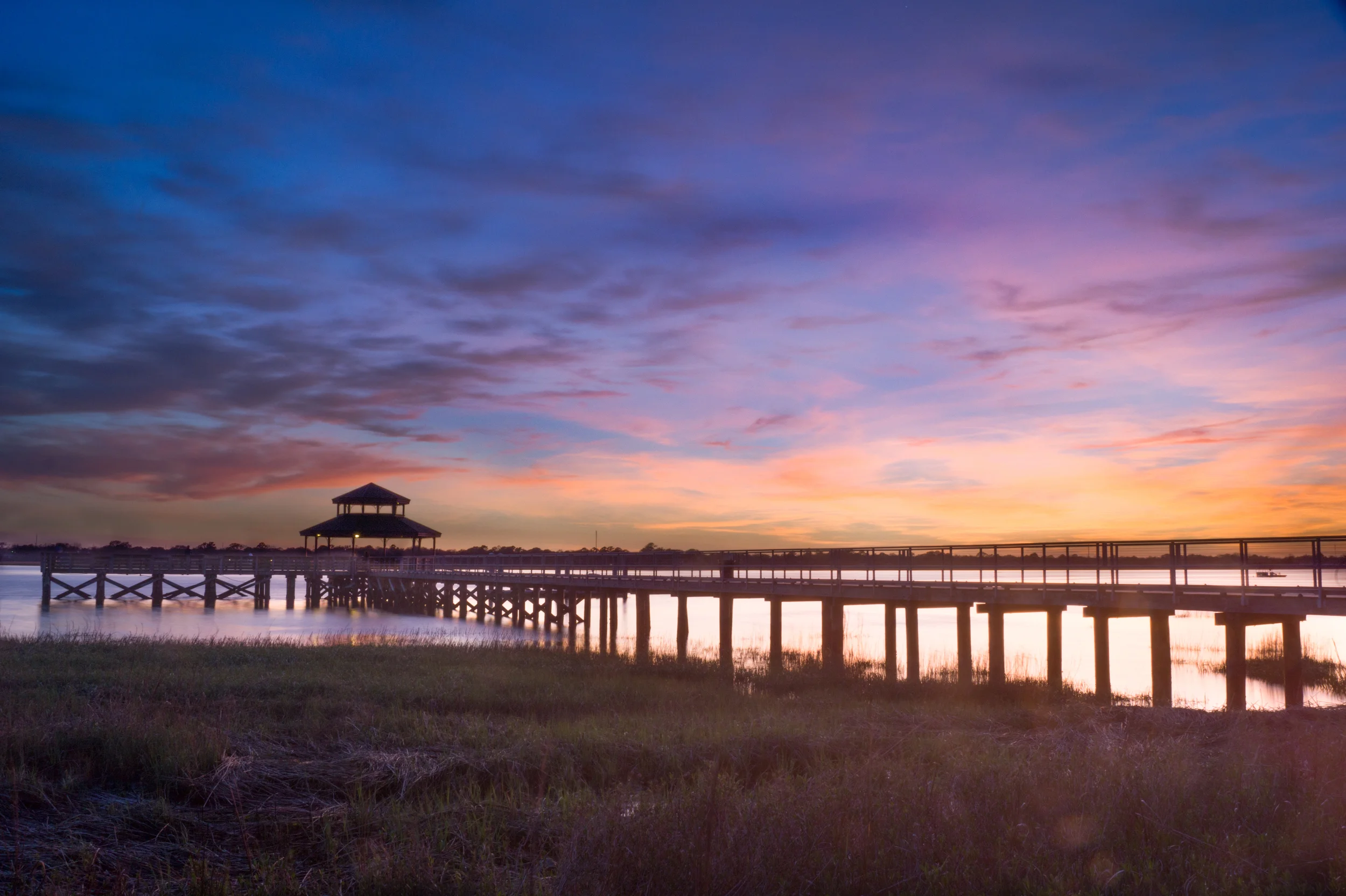We all take photos of really cool place when we travel. Most of these photos are of landscapes, cityscapes, seascapes, etc… We are in the moment and we try to capture it with a camera really quick, but it almost never looks as good as you remember it being. There are a number of reasons for this, but I am going to try explaining why you probably aren’t getting great photos and how to fix that.
Technicalities
The technical parts about these kinds of photos are the most important. It does take some practice, but it is all worth it as you will be have more memorable and beautiful images to keep and remember the place you were.
The subject of a photo should be obvious like this red covered bridge.
Chose a Subject
When taking a photo you should make sure that what you are taking a photo of is interesting in some way. Use this as your focal point to be the main subject of the image. When photographing Paris, this may be the Eiffel Tower. When in London, it could easily be Big Ben. This should be a recognizable and interesting thing to attract the eye to immediately. This is the “eye candy” that attracts attention first and the rest of the image is what makes it all come together being interesting and worth consuming for more than a few seconds.
Leveling Your Horizon
Keeping a level horizon makes sure your image is not making a viewer queasy from the angle.
Make sure that the earth isn’t sliding down your photo! It is called a dutch angle and it doe not ever ever EVER work in landscapes. Keeping the horizon going across the photo parallel to the bottom edge of the image. One more thing that is very important in order to create better photos is putting the horizon in respect to the ‘rule of thirds’. This means not putting the horizon in the middle of the photo causing the photo to be cut in half by a line. Choose the more interesting part of the photo and include more of it. If it is a clear blue sky day don’t include the blue sky in half of your photo because it is essentially wasting space. This is really a big part of making the subject of your photo more interesting.
Lines, Lines, and Leading Lines
A fence is a good leading line to use in photos.
They criss-cross all of our photos whether we recognize them or not. It should be our goal to control them and use them to get the viewer to a specific ends. A road could be used to have a person’s eyes follow it up to a horizon of mountains. A fence could lead a viewer on a trip through a set of rolling hills. The horizon is a line that could be used to have things like trees or people cut through it to add depth and interest to an otherwise very flat image. Once these are properly utilized the limits of your photography are significantly reduced. Lines in our photos are one of the best tools we have in creating more compelling images.
The “right” time of day.
Sometimes the "right" time of day just works out well for you.
When should you be taking these photos of landscapes? There certainly are better times of day to take great photos. The sunrises and sunsets offer interesting skies, better even lighting, dramatic shadows, and more flattering ‘golden’ lighting for subjects. This is called golden hour and it is agreed to be generally the best time to photograph the places you are at. The best images out there are going to be taken during these times of day by a vast majority. There are also many places that have very good lighting after the sun goes down during what is known as blue hour as the sky typically turns a deep dark blue before draining of all color to black. Cityscapes are commonly shot during the blue hour as the lights of the city come on and there is still some color to be seen in the sky above. These times are not necessarily the right times of day/night for you though. If your goal is not to make the best images of landscapes then the right time of day is when you are there. Make the best use of your time how you want to and enjoy traveling, relaxing, or doing whatever taking photos when you see the opportunity present itself.
The tulips here tell you the time of year as well as adding color to the photo of an otherwise un-interesting subject.
Including Foreground Interest
A big reason the images you are capturing feel like they are missing something is probably because they are! When you add something to the foreground of the image that connects to the other part it will potentially give the photo the extra “pop” and interest that the photo needs! It can be a patch of flowers, pile of rocks, person, seashell, or just about anything that connects to the scene in a meaningful way.
DOF –Depth Of Field
This is a very technically and potentially geeky thing to learn about, but I am going to try to make it as simple and not-boring as possible. This has to do with what and how much of it is in focus. It changes with things like the size of your camera sensor, f-stop, focal length, and focus point. To make great landscape photos you want to maximize this without sacrificing sharpness. This is usually the reason you need a tripod because it will require a narrow aperture (f-stop) causing you to loose a significant amount of light hitting your sensor. This makes us use a shutter speed that is commonly slow. To sum it all up quickly, focus a few feet into the foreground, use a high f-stop setting around f/8-11, and go as wide as you can.
Wide-Angle Lenses
Looking down the Pier, you can see the effects of a wide-angle lens distorting perspective.
It looks more compelling on a landscape typically when we use a wide angle lens because it is so different from what we see with our eyes. Just like a telephoto brings things far away closer, a wide-angle lens pushes them further away. The objects closer to the camera will look far larger than the larger objects in the distance. This is how a patch of wildflowers can look as big as and take up the same space as a mountain in a photo. Telephoto lenses can work in certain situations, but they are far less useful in this area.
ISO 100
This was shot at ISO 800 by mistake and caused a bunch of noise in the sky which, once fixed, caused a significant loss in detail I could have had in the trees and road.
If this doesn’t make sense to you feel free to skip over it, but for those who understand camera settings this is the most important setting for you right now. I would put this at the forefront of importance because it relates directly to image quality. Use the lowest ISO setting on your camera that is native because it will decrease the amount of noise, increase dynamic range, and give you better and more accurate colors. A higher ISO setting or a smaller sensor in the camera will cause the quality of your image to decrease for a ton of technical and geeky sorts of reasons, but so long as you remember to set the camera’s ISO to the lowest setting you’ll be fine here. This does decrease the amount of sensitivity of your sensor to light, and this is the other factor in making a tripod a requirement in this sort of photography. It is common to have camera settings that are requiring a shutter speed of multiple seconds making it impossible to hand-hold the camera.
Using a 2-3 second exposure allows me to blur the water as it moves through the scene.
Blur or No Blur?
There are times when you may have something or some-things that are moving across your frame. There may be the option that comes up as far as whether or not to freeze it in spot or to allow it to move and blur during an exposure. It can be a pleasing effect with water or cars or clouds. During lower light situations it may be unavoidable, but during the middle of the day it is difficult to do without some specific gear. Using the settings mentioned above will help, but you are going to need a polarizing filter or ND filter to cut down on the light entering your camera. This will give you the look if you really do want it during the day. There is a work around if you don’t have a way of directly cutting down on the light. You can take multiple photos of the same place using a tripod and then editing them together in Photoshop later using different opacity levels. (if you want to learn about this method let me know and I will do another post specifically on this)
Doing Better Panoramas
There are plenty of ways of easily doing a panoramic image. It is simple to take an iPhone to instantly stitch a bunch of photos into a huge photo that stretches across your screen. The challenge is to do a really good Panoramic in the right situation. To start, anything that has objects or people moving rapidly will just not work out without multiple attempts and lots of post processing to remove abnormalities. This includes seascapes, some cityscapes, and events with lots of people moving rapidly. There are plenty of cameras that do this sort of thing in camera, but if yours doesn’t then that is perfectly fine as you can do the editing in lightroom or photoshop later. The last method is the one I would recommend because it will give you more control over exposure and the final look of the panorama. Shooting a panorama should be done with all of your settings locked in so that you have a common look across all of the images or you could have darker patches or odd colored parts in sections of the panorama due to changing white balance.
Seascapes
The beach can be its own sort of challenge as an environment and in finding an interesting subject.
Seascapes present their own challenges. These include the tide, blowing sand, and sea spray. The rules are similar to the other ones with the time of day, weather, etc… but they require some extra planning so that you don’t get hurt, lose your gear, or damage anything beyond repair. The tide can be especially dangerous in some places and requires attention. The tide can rush in very quickly taking you and/or your equipment with it or causing other issues like stranding you away from shore till it recedes again, but proper planning should fix this. There can also be sea spray and blowing sand with violent water or high winds. Use a UV filter or some other protection on the front of your lens when on the beach in a windy situation so that the front element doesn’t get sand-blasted. If you don’t have gear that is weather sealed be especially careful and don’t switch lenses. Lastly, be mindful about the risk of using your cameras at sea as if you think that it may get damaged just leave it in the bag or at home.
Keep taking loads of photos until things start to work out and it all comes together!
Practice, Practice, Practice!
That is all I have to say for now (I know... kind-of a long post to read). There is plenty more to learn when it comes to landscape photos, but most of it is best learned through practice. There are tons of technical things that you can study, but they won’t really help your photos until you start taking more images and get to the point where you can consistently frame and capture good images. The most important thing in photography is to take photos and Have Fun!

